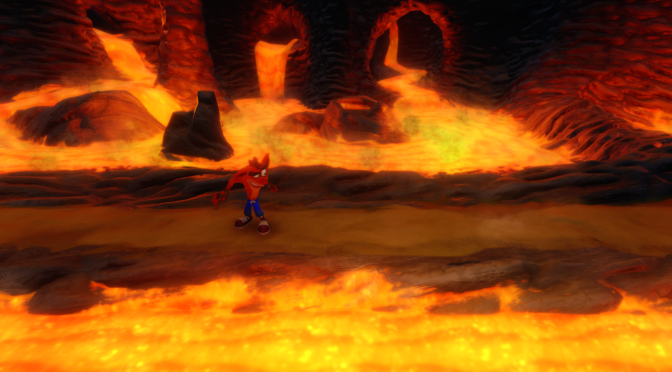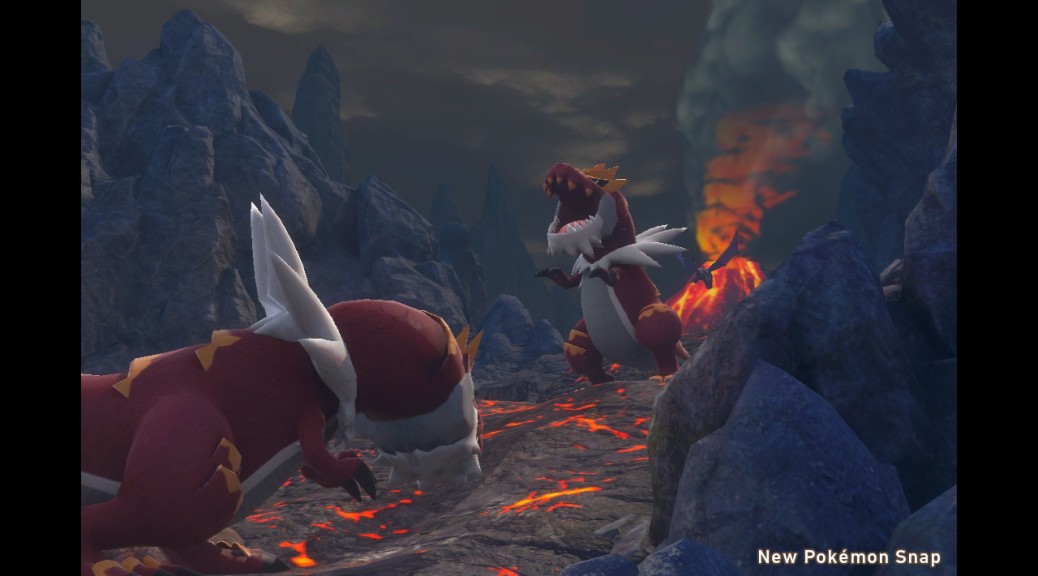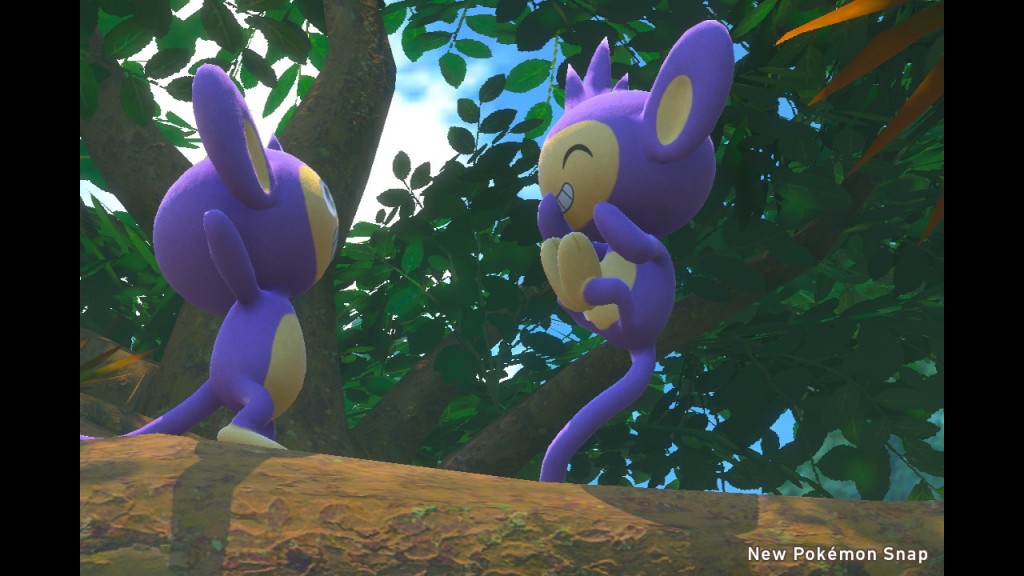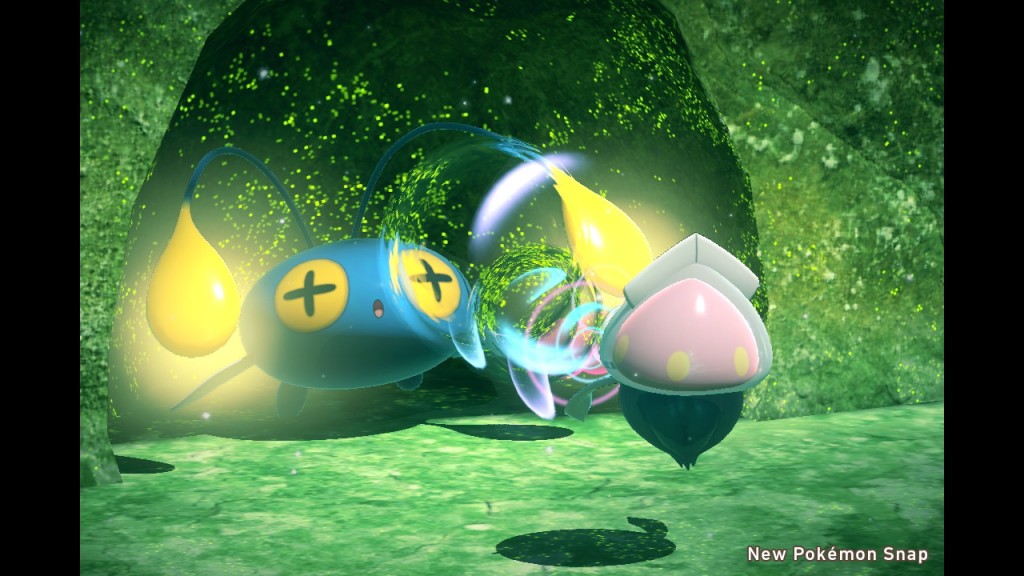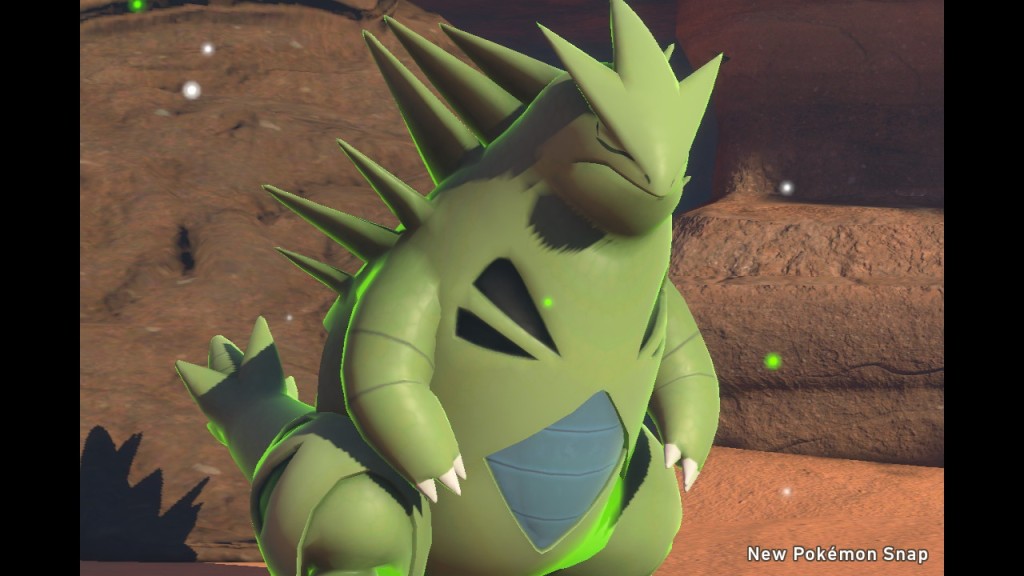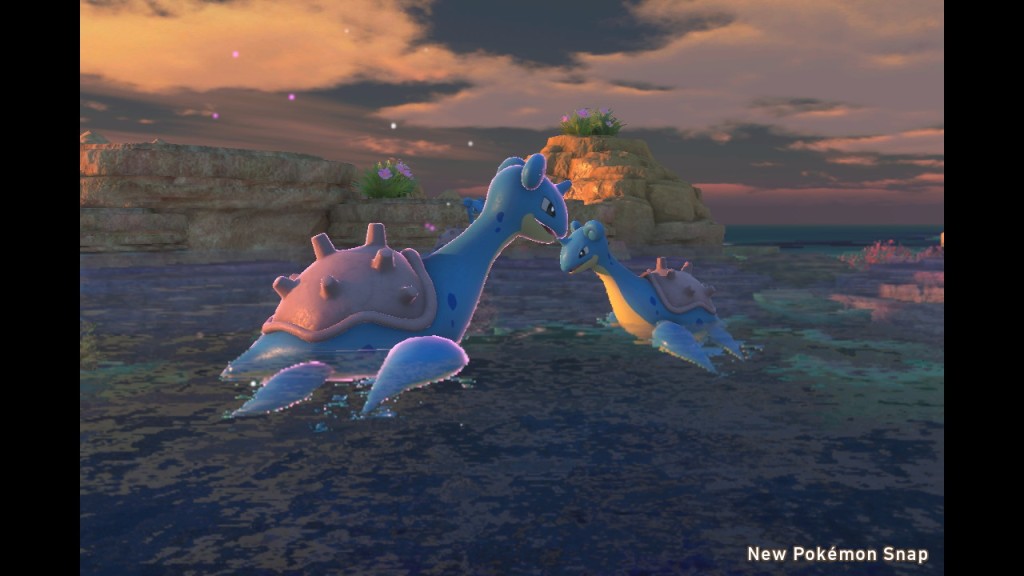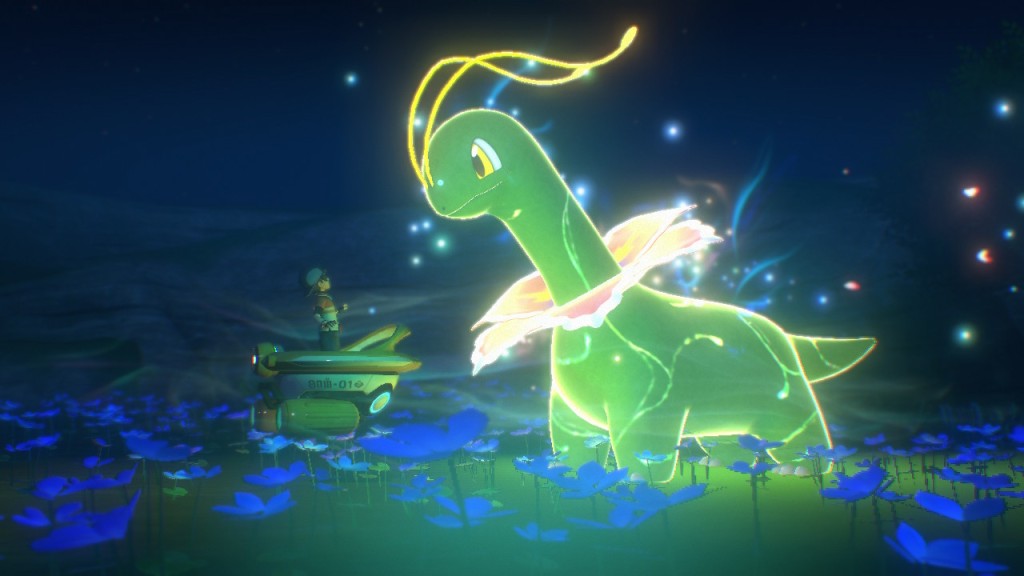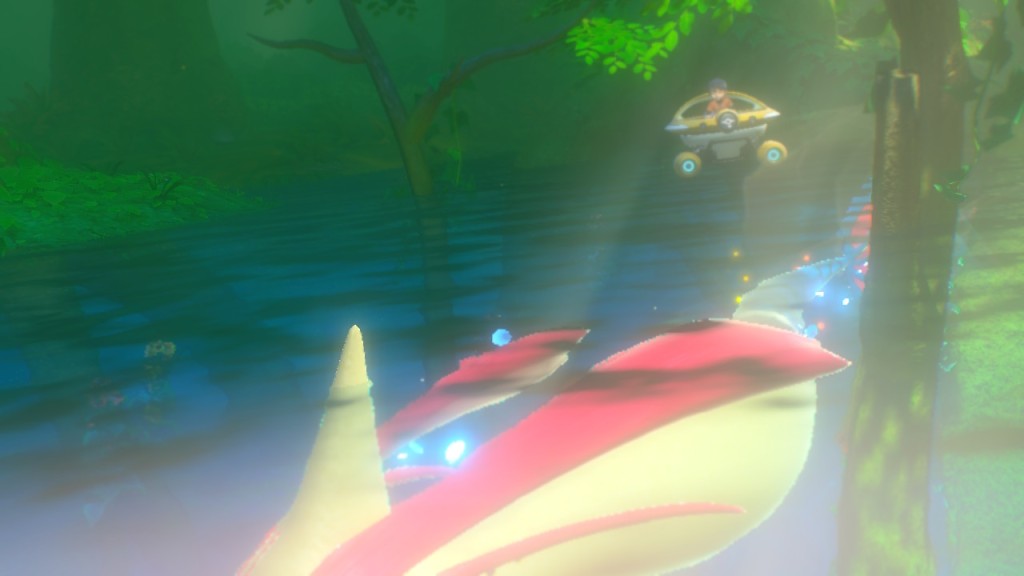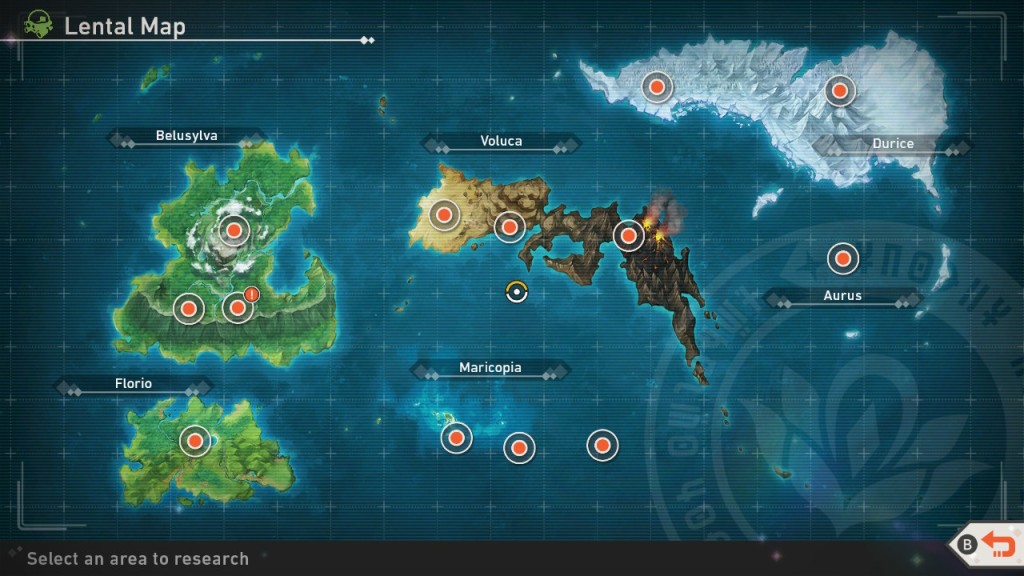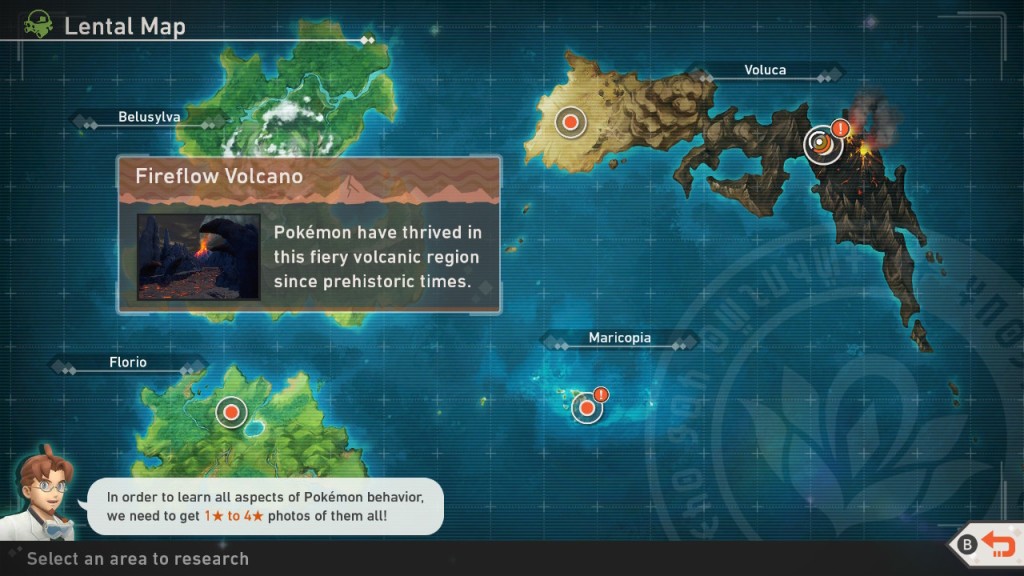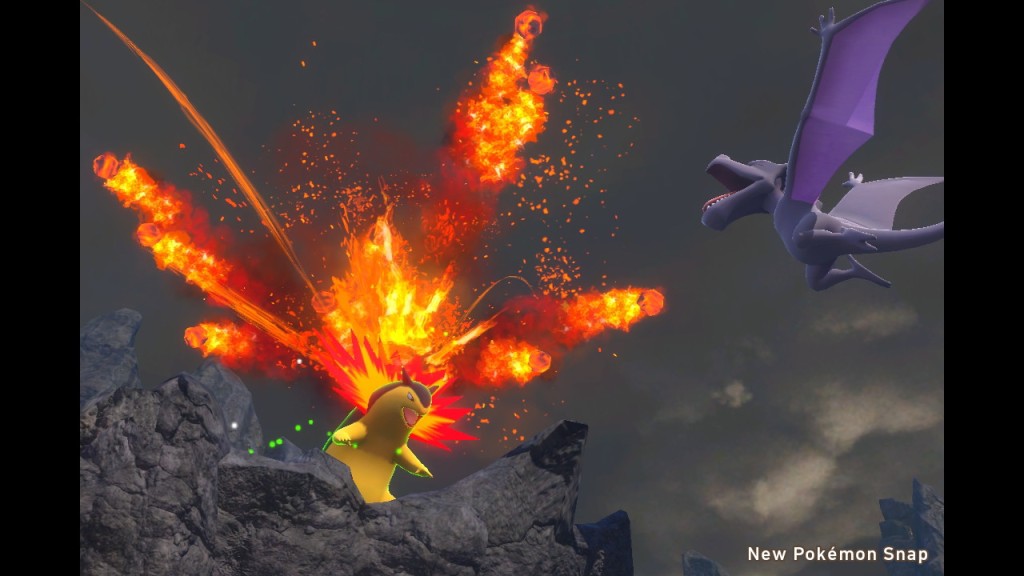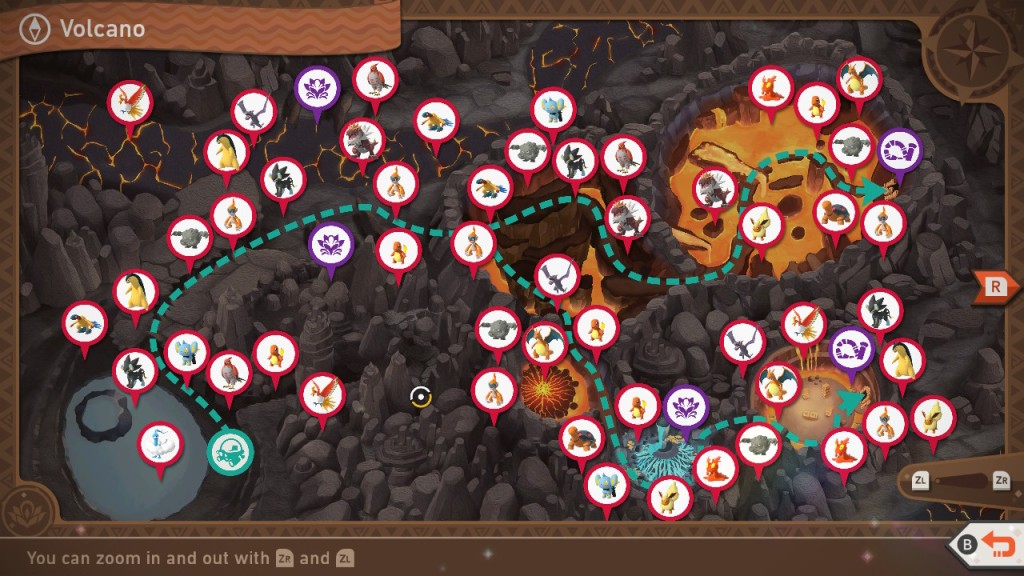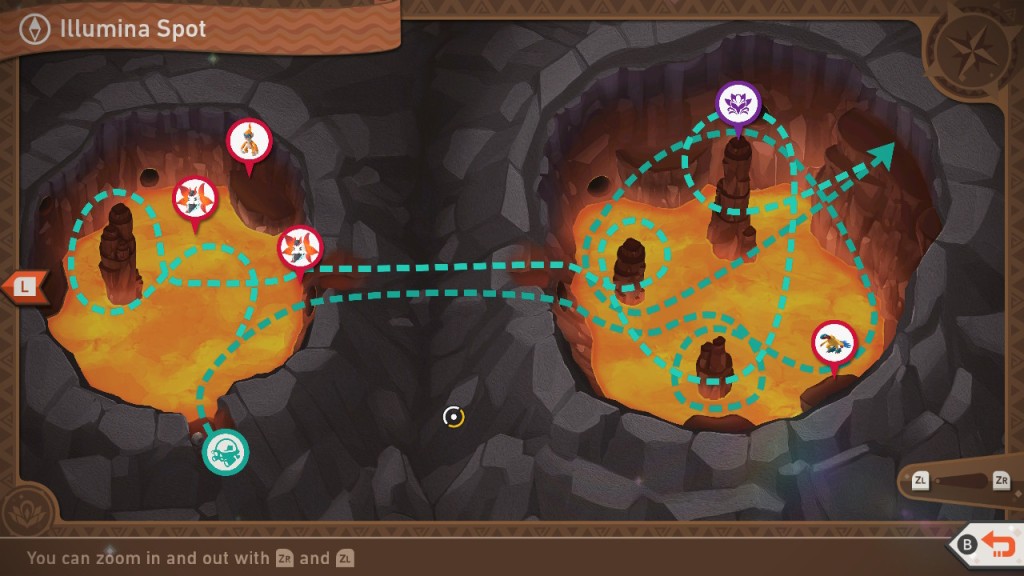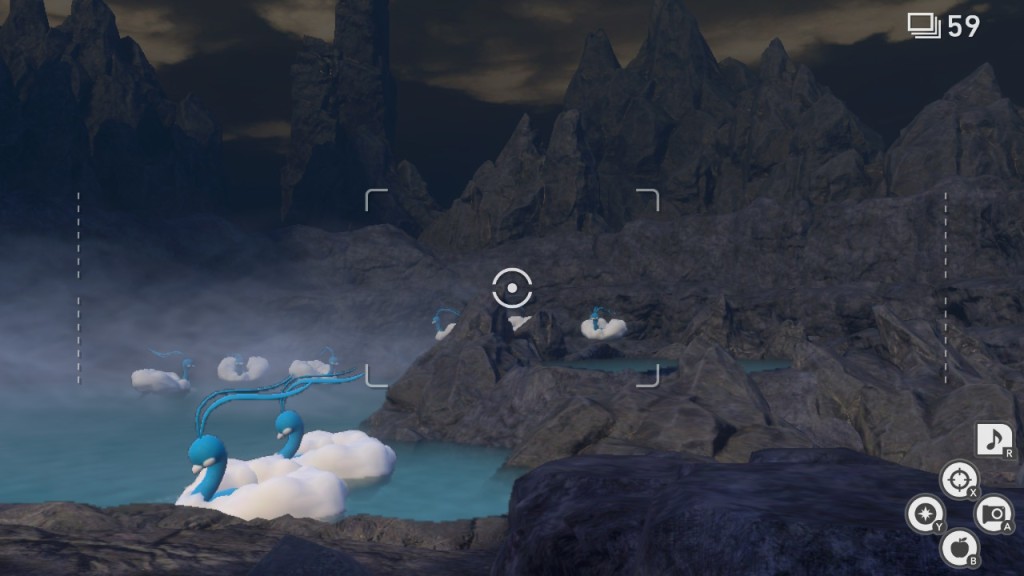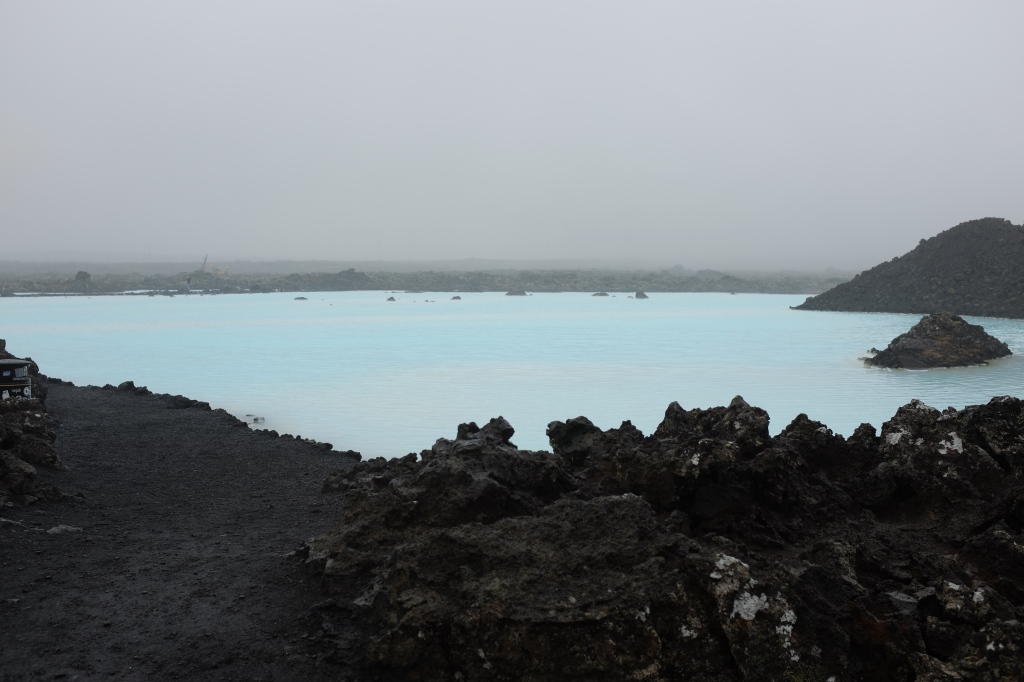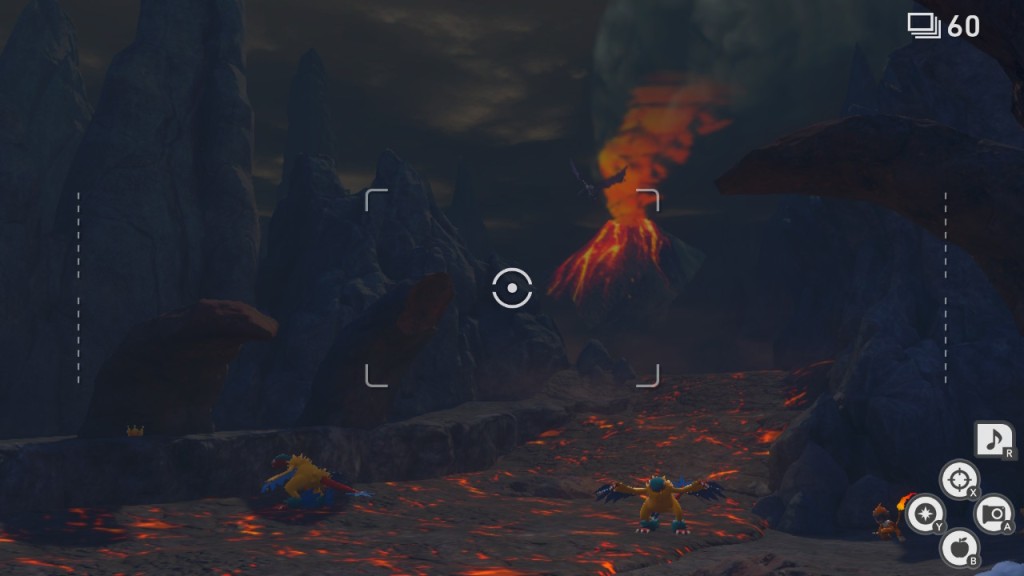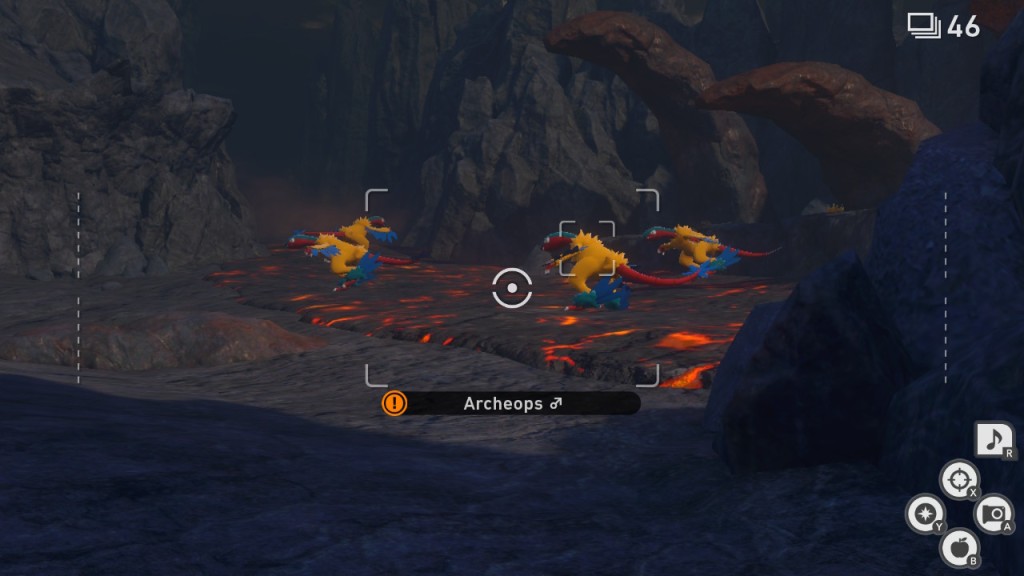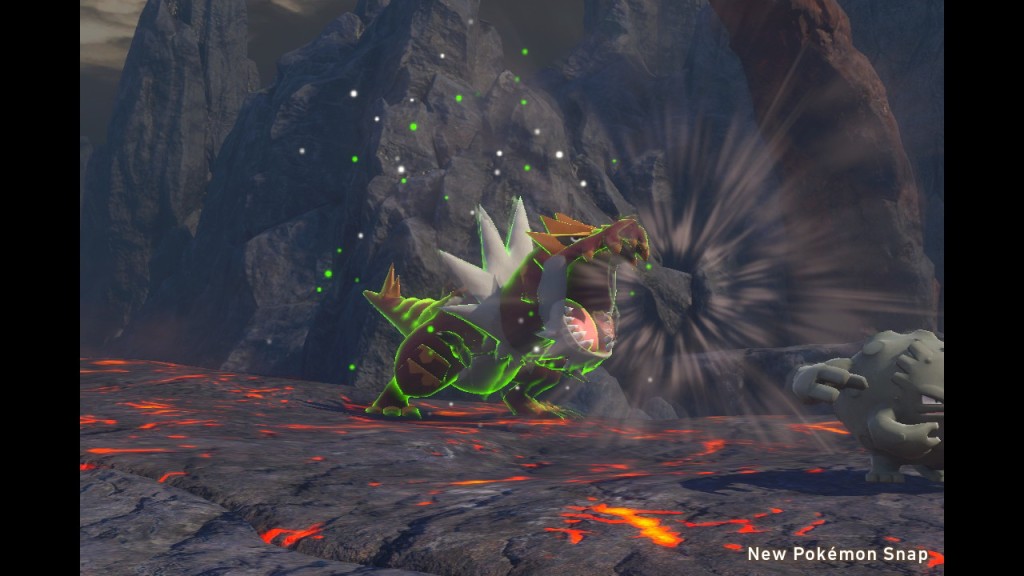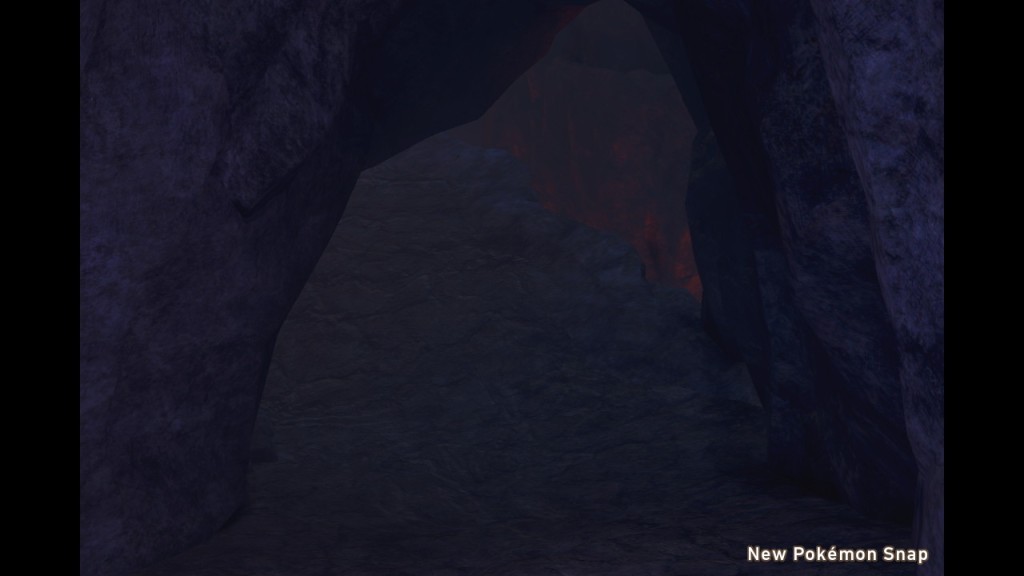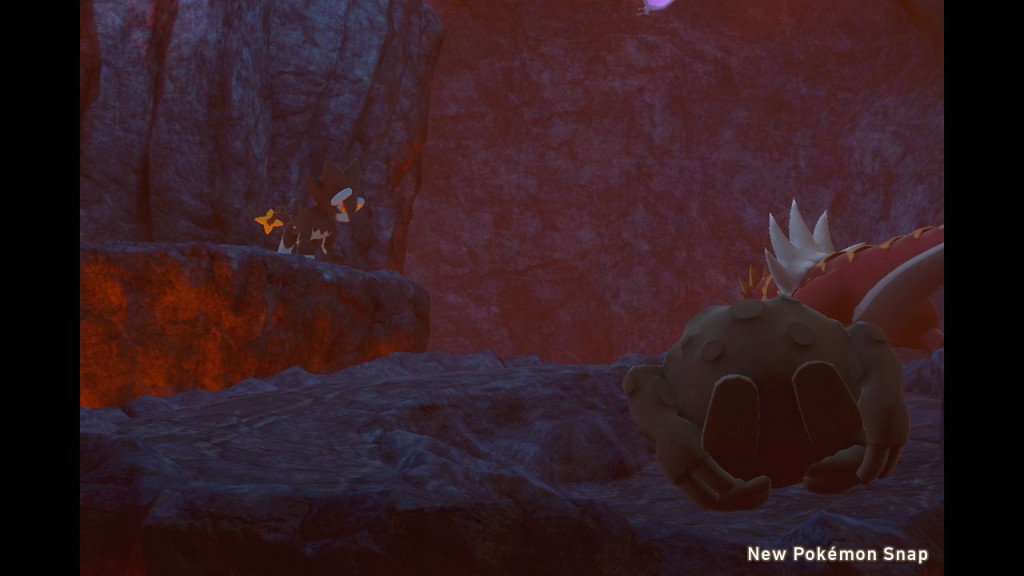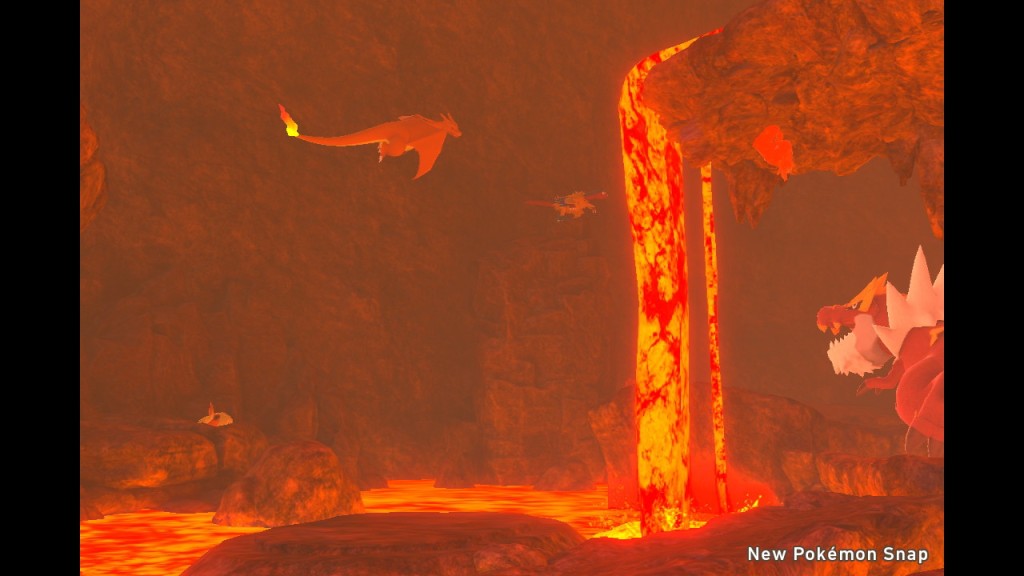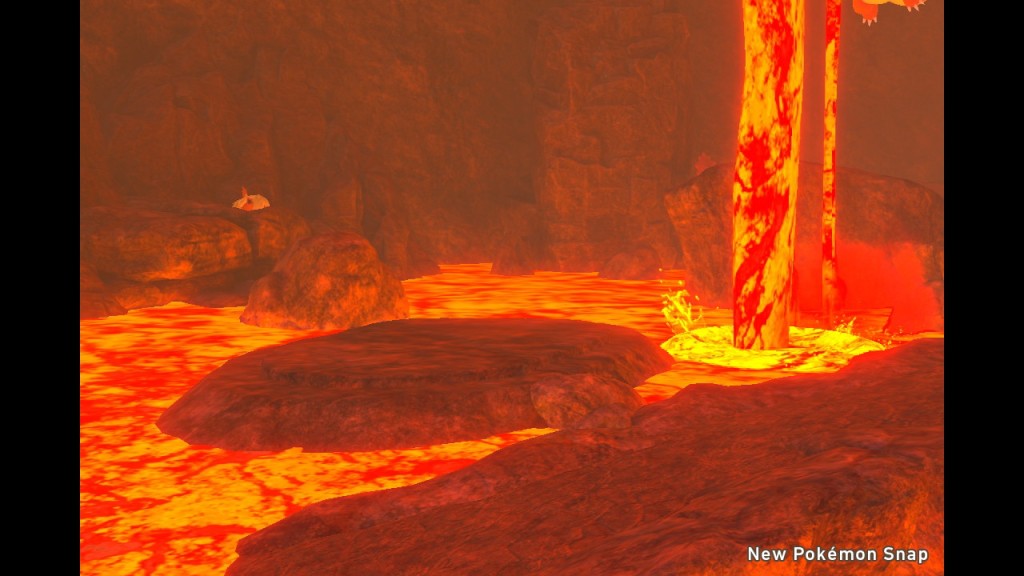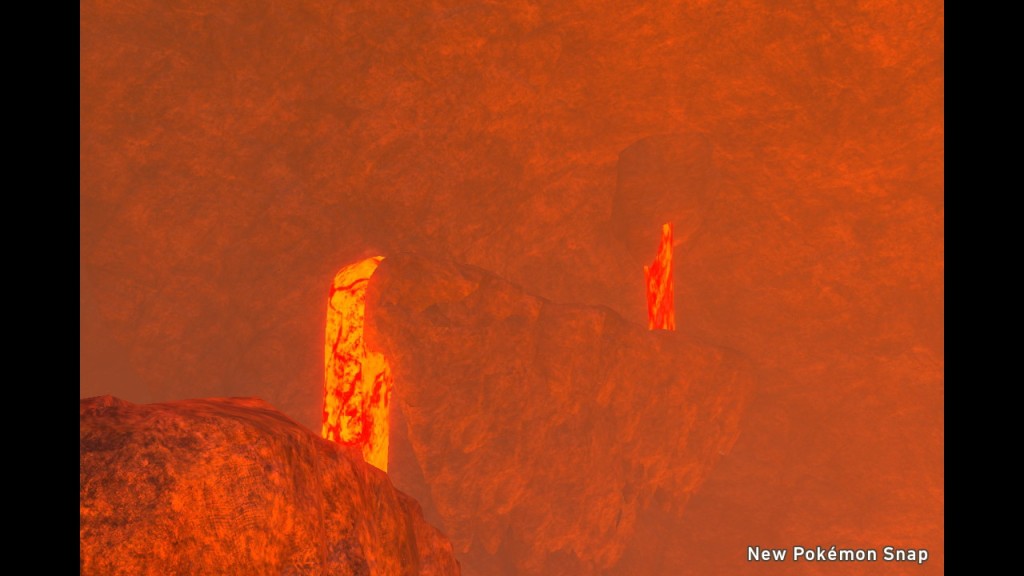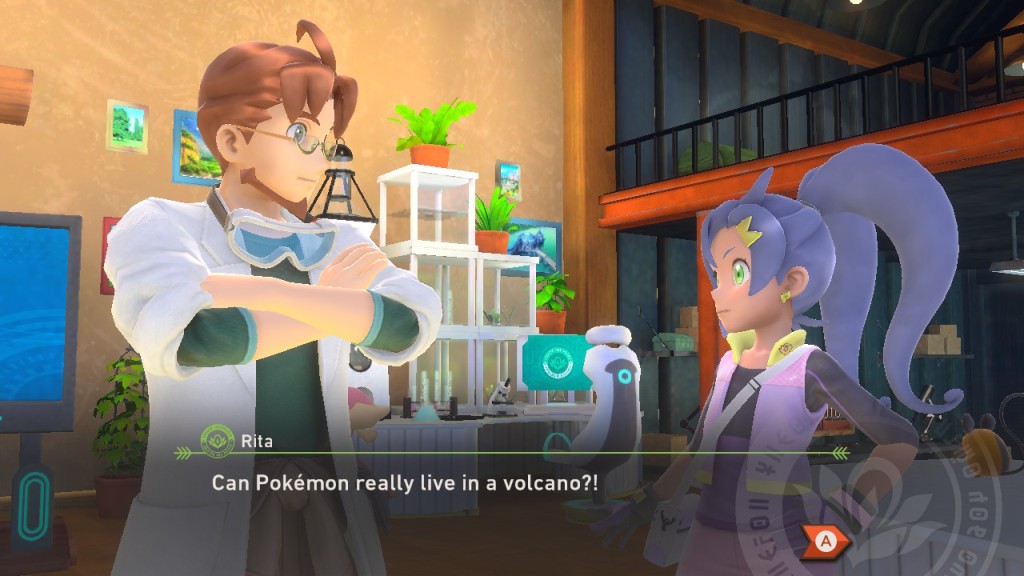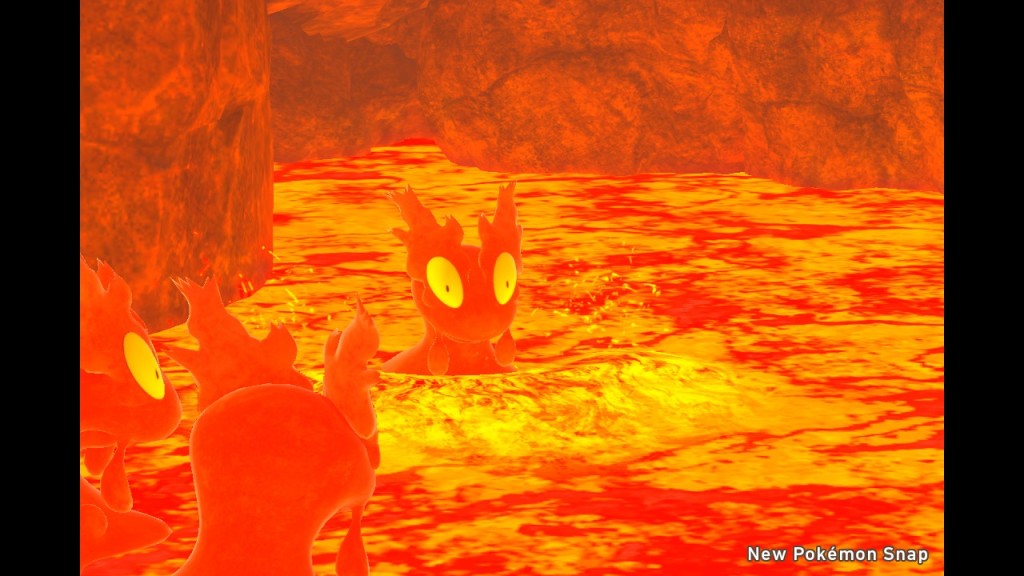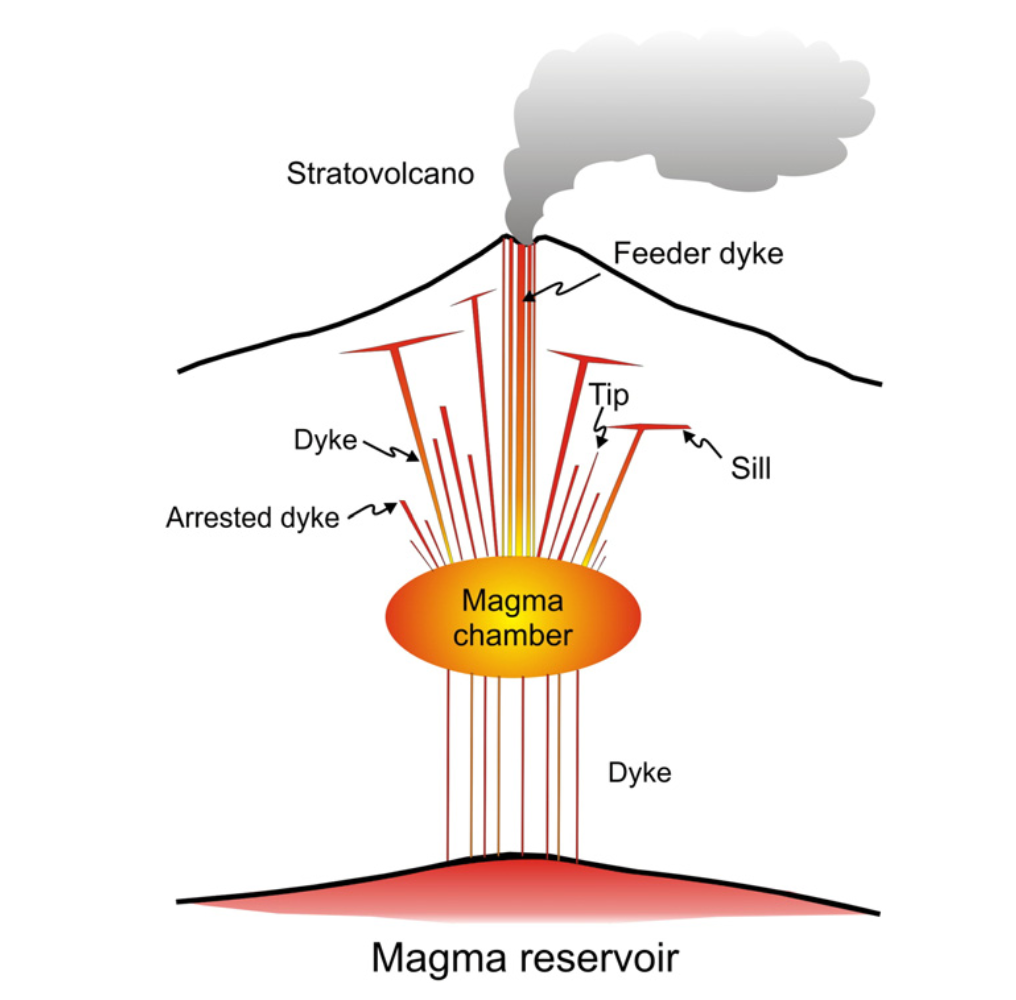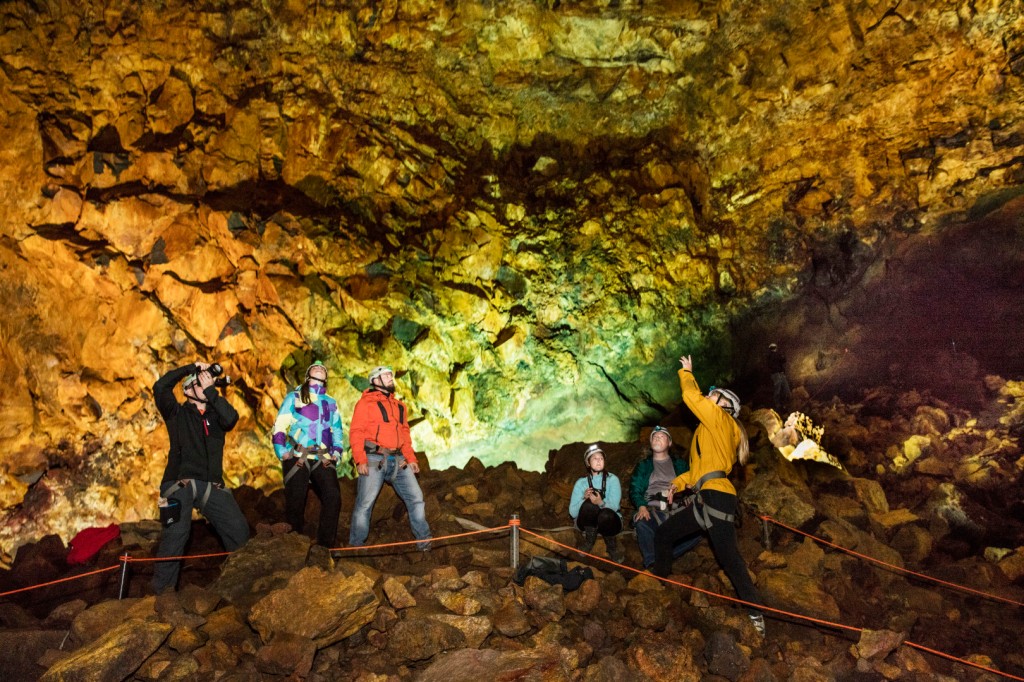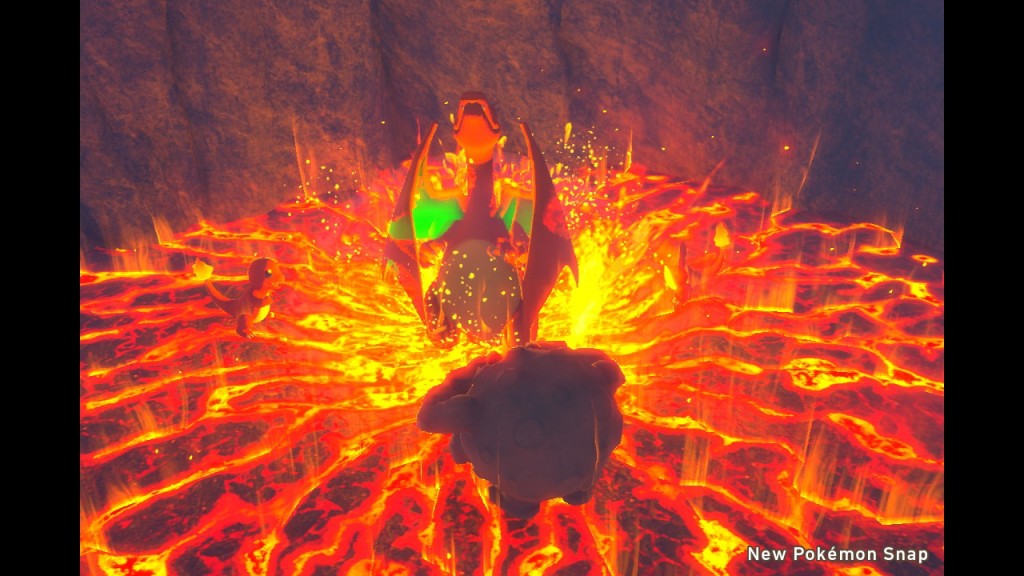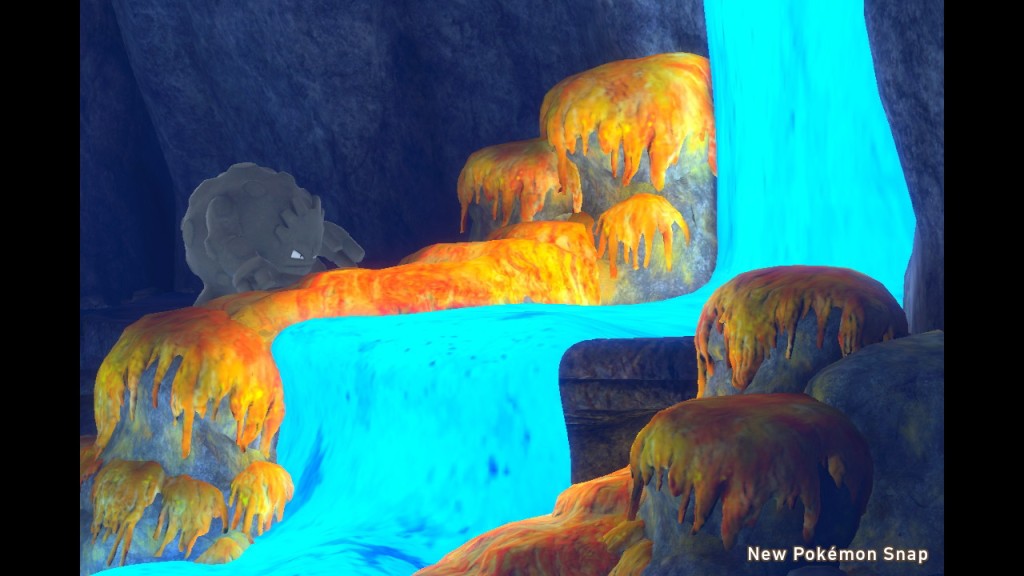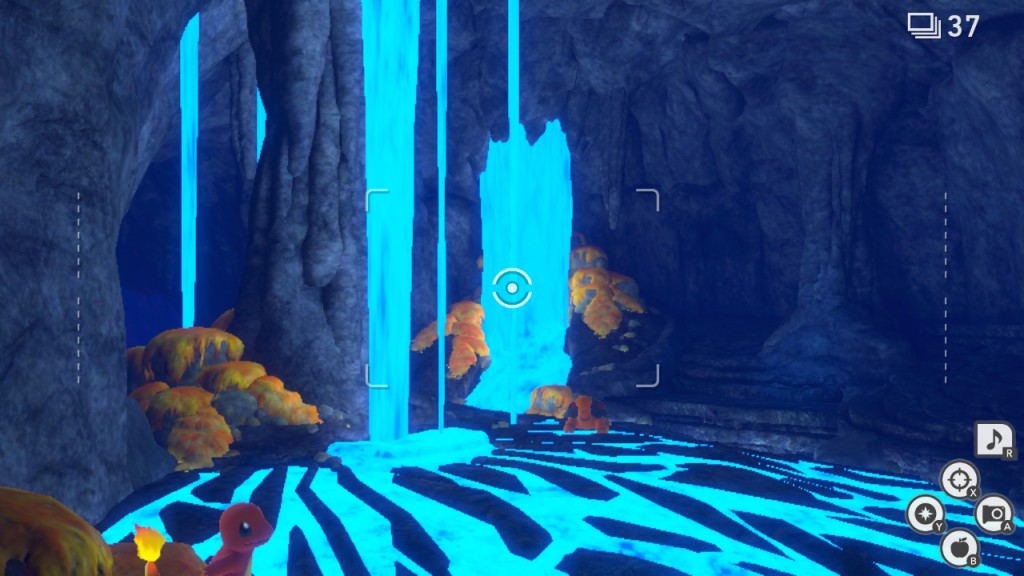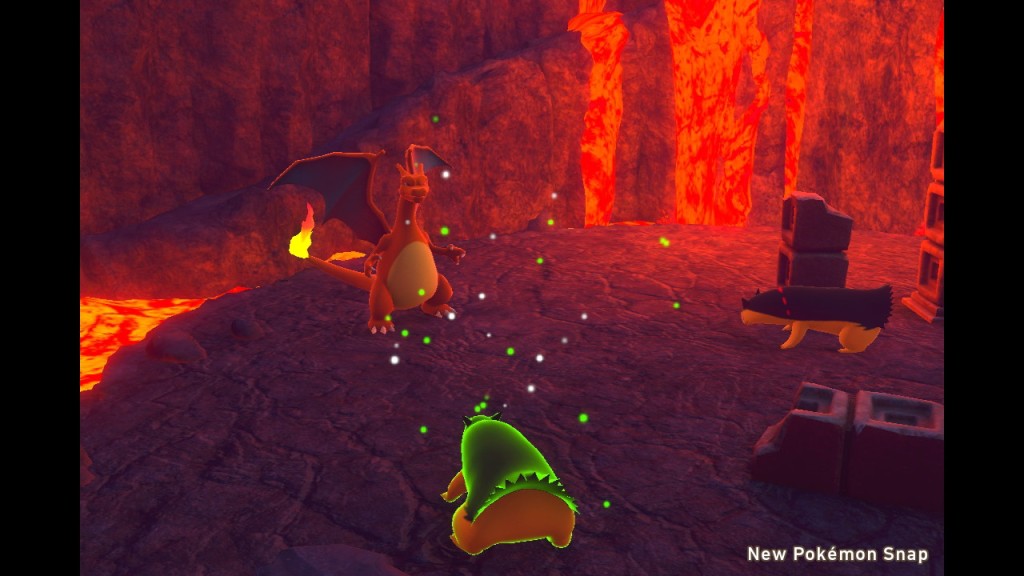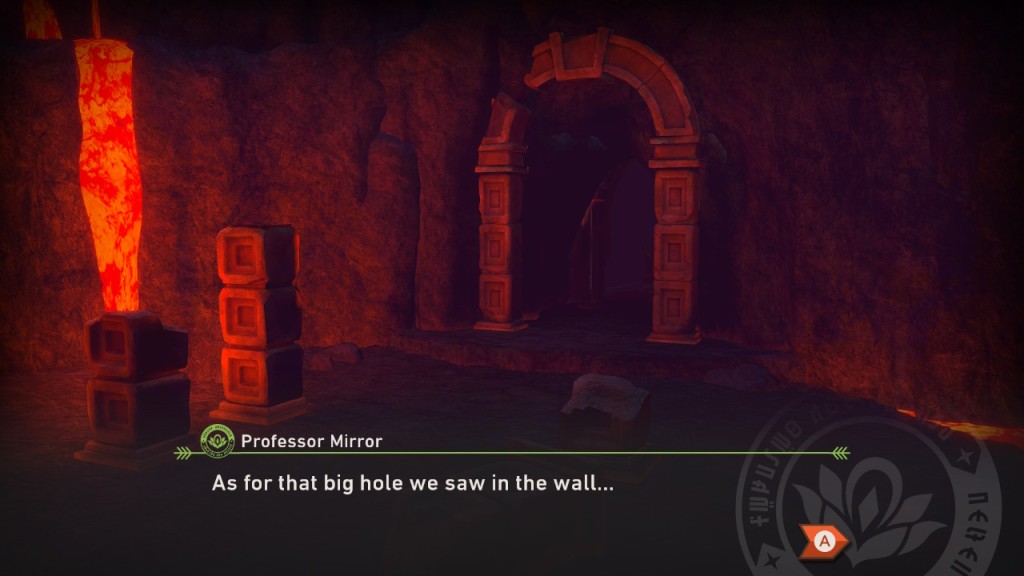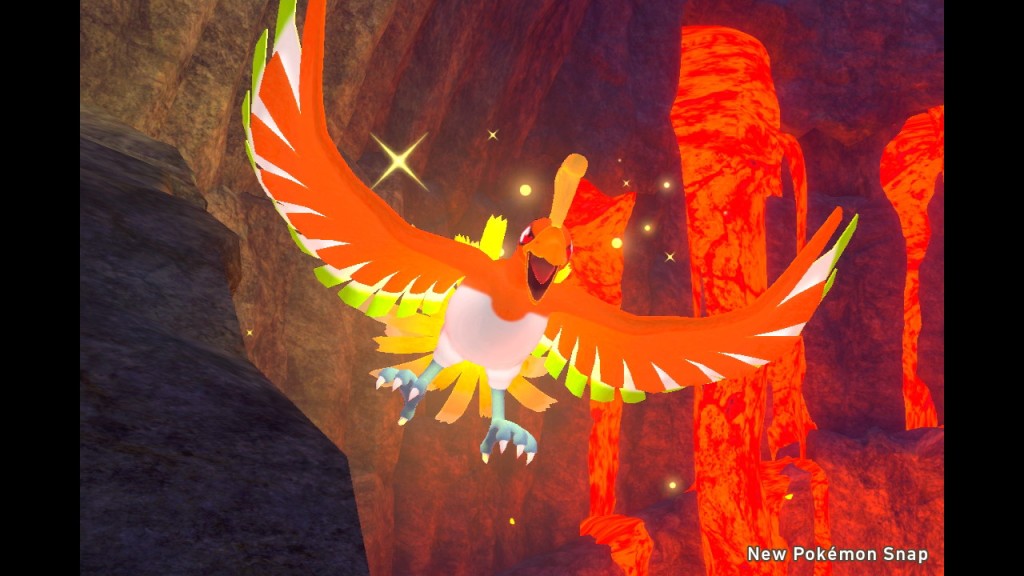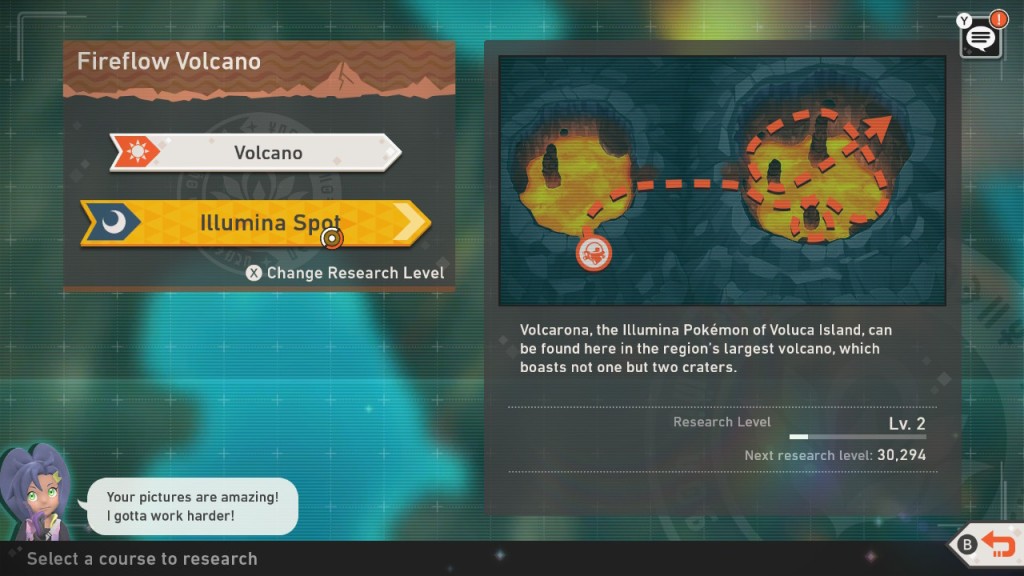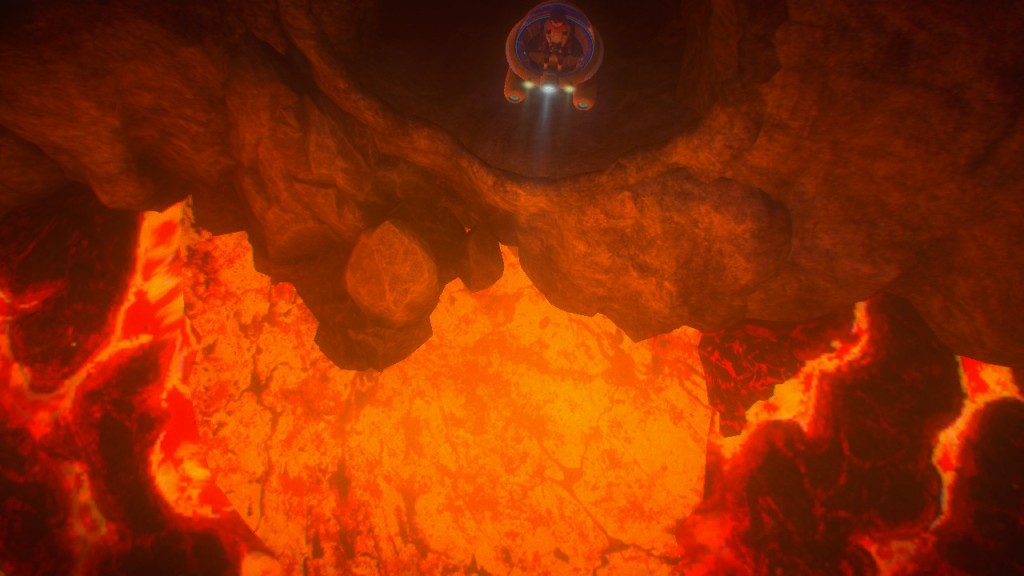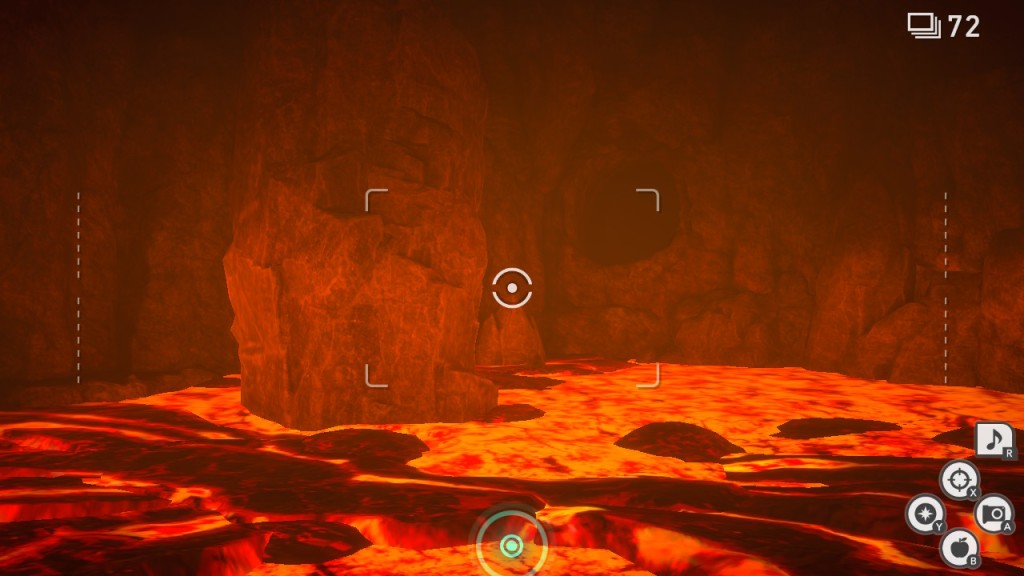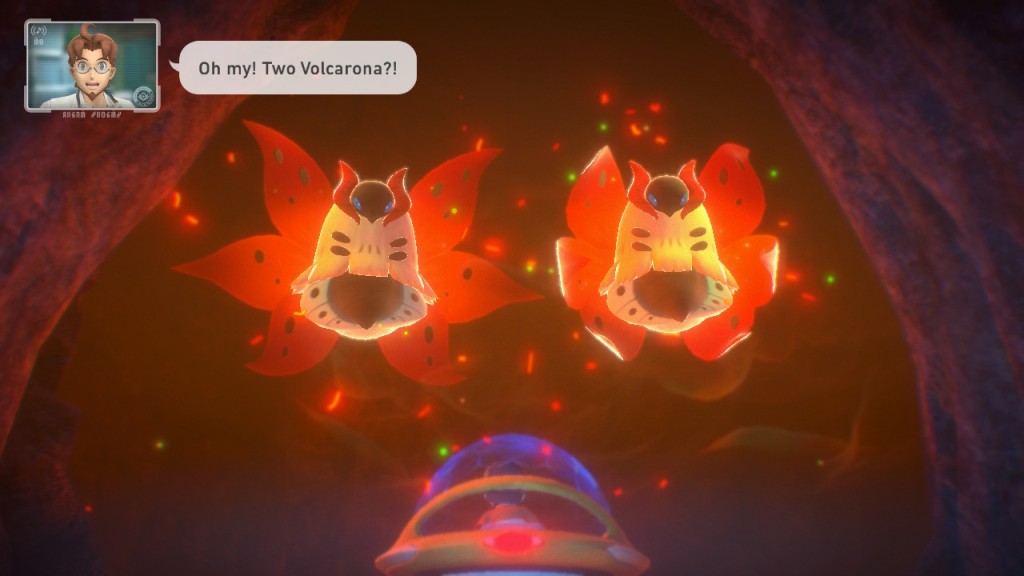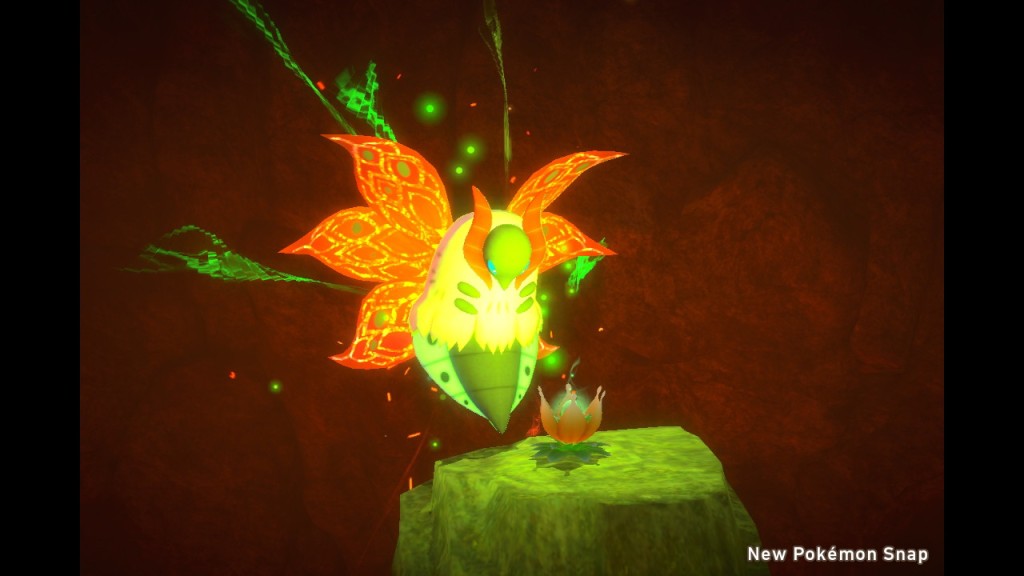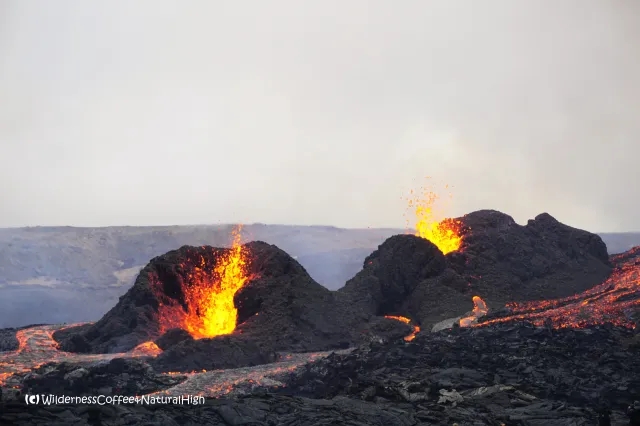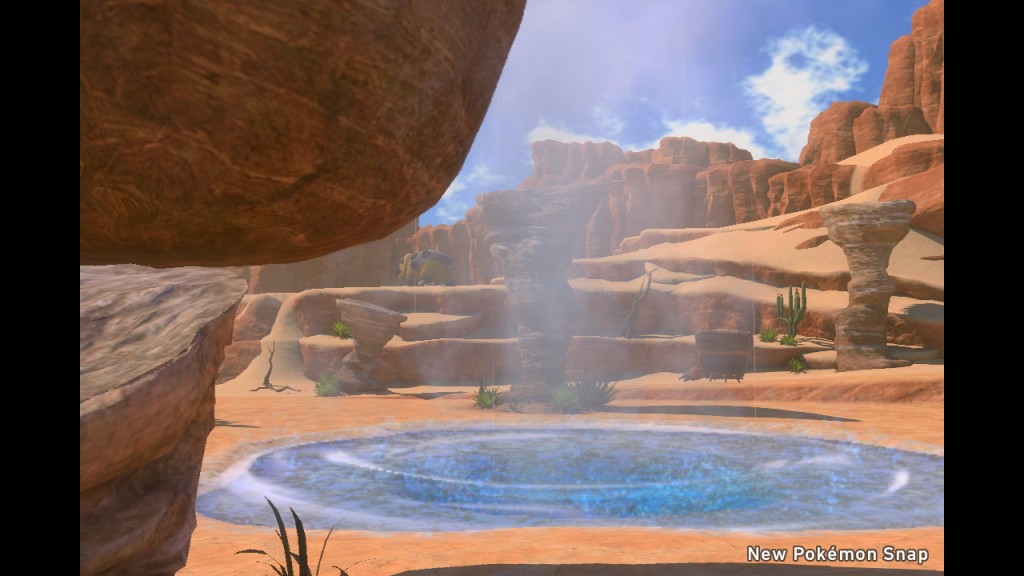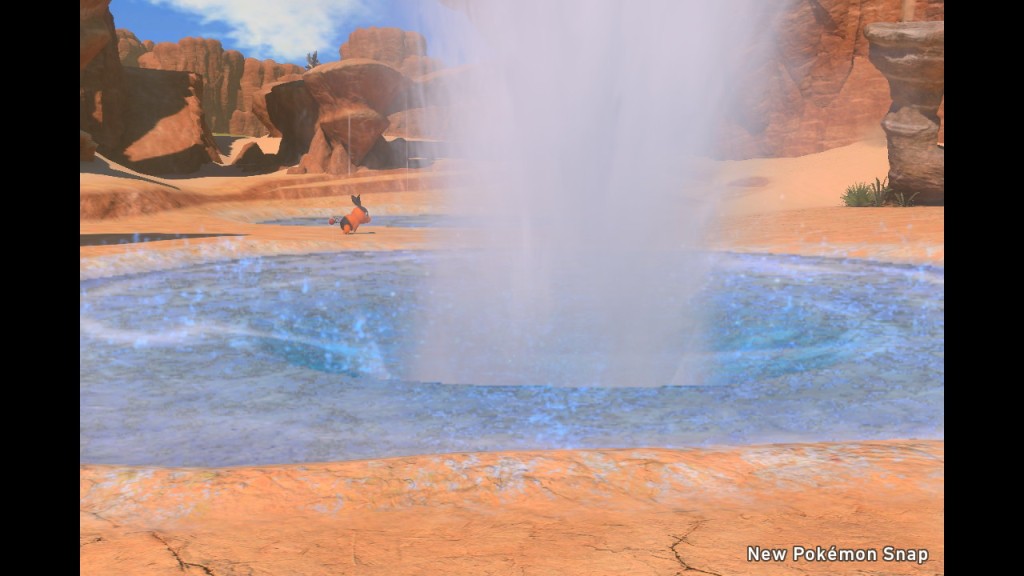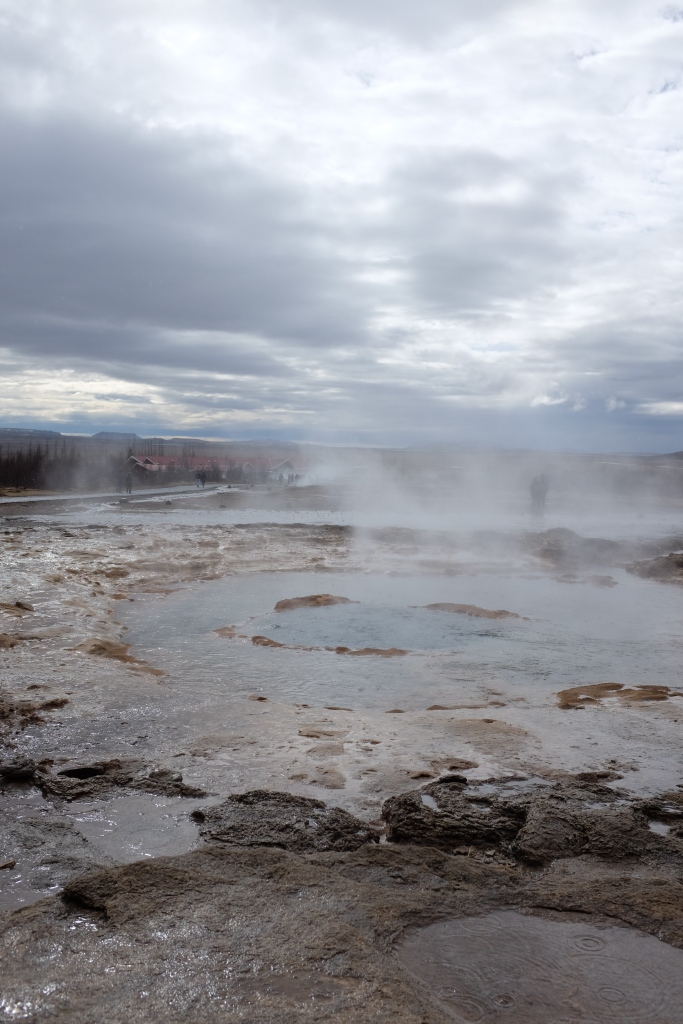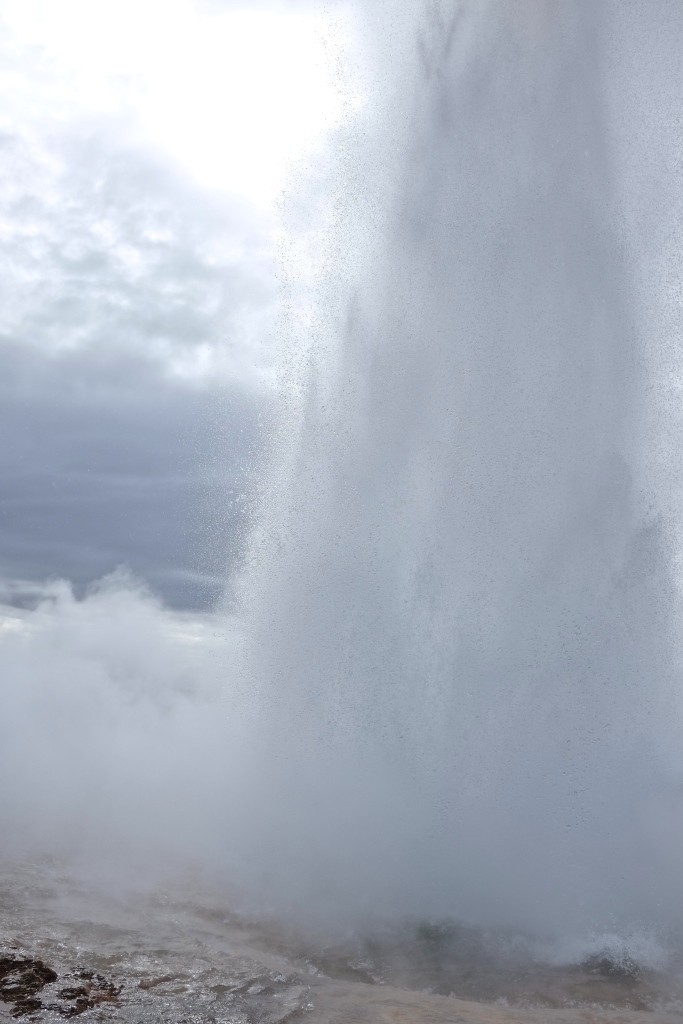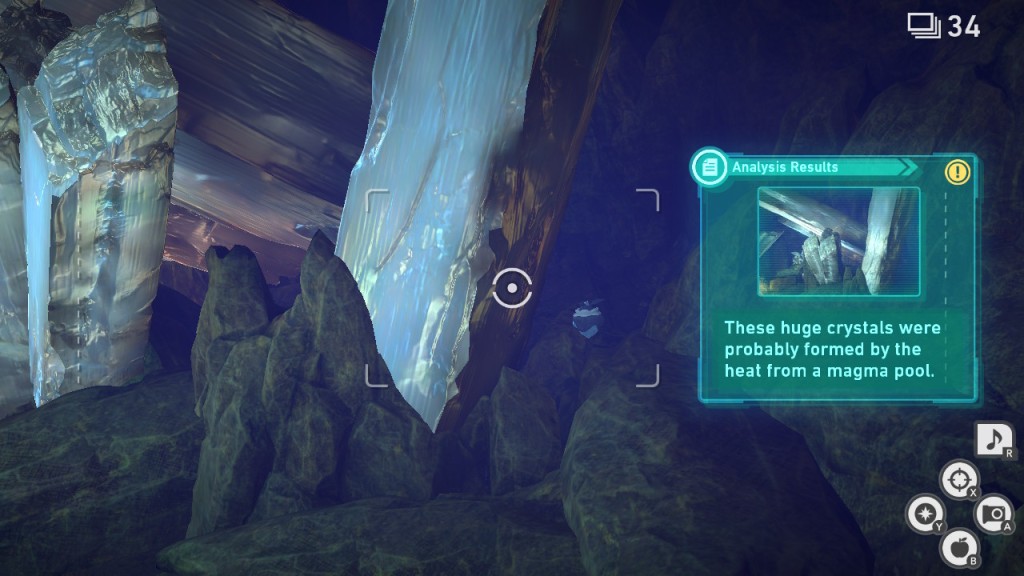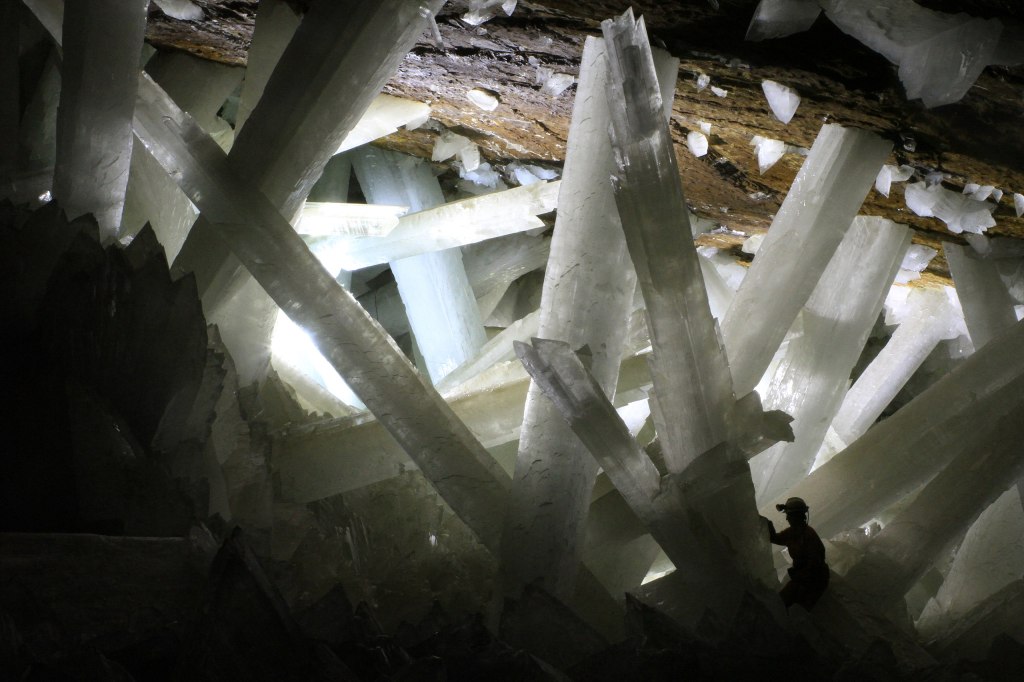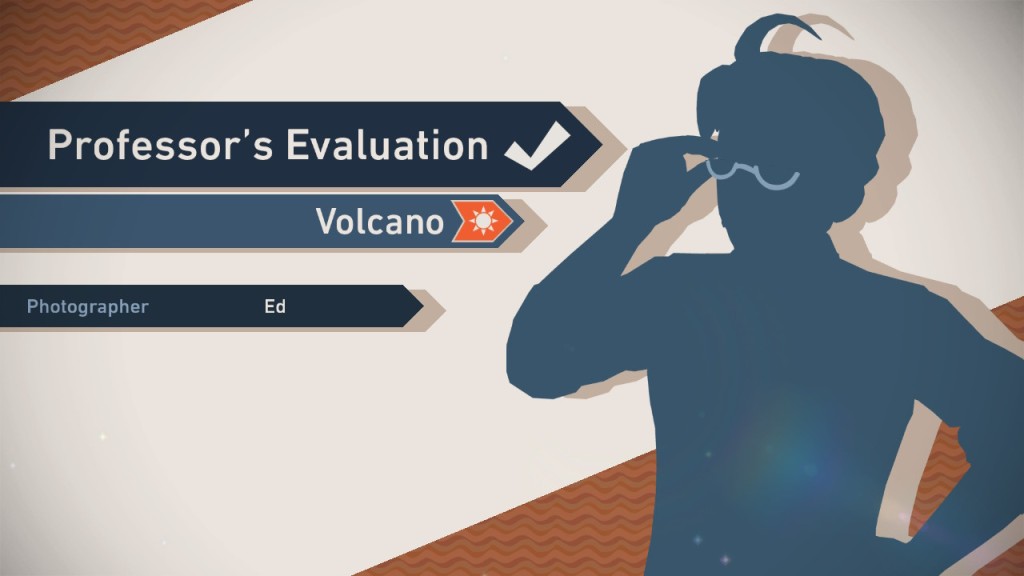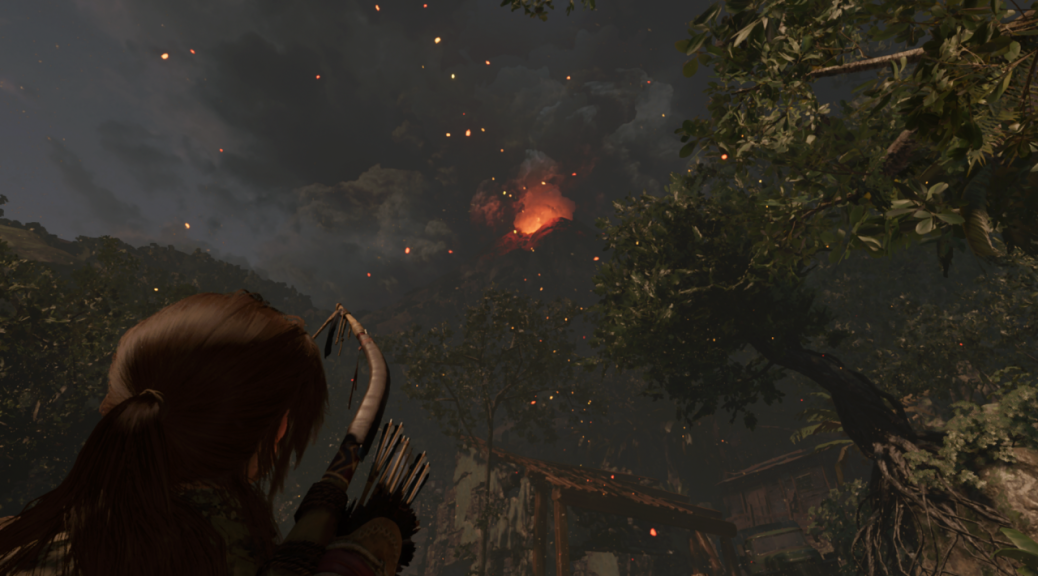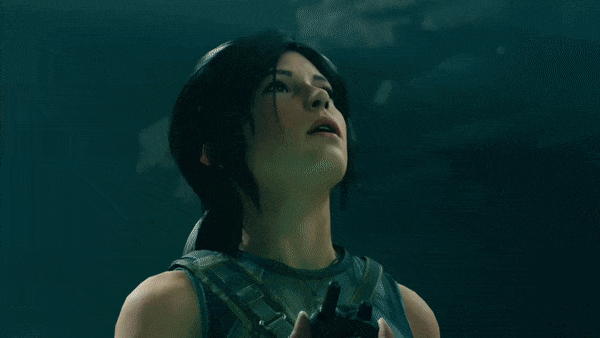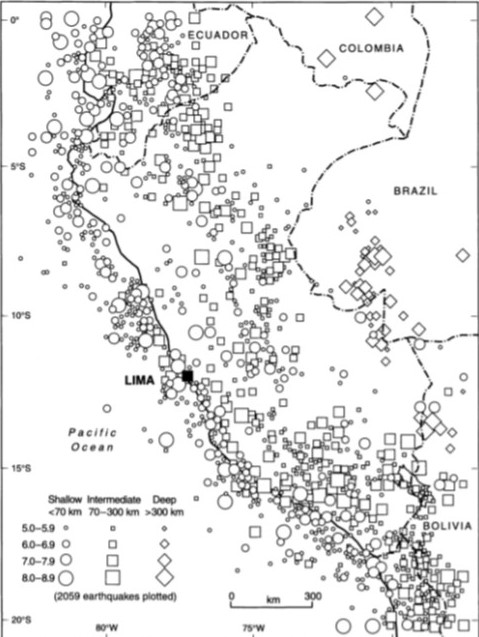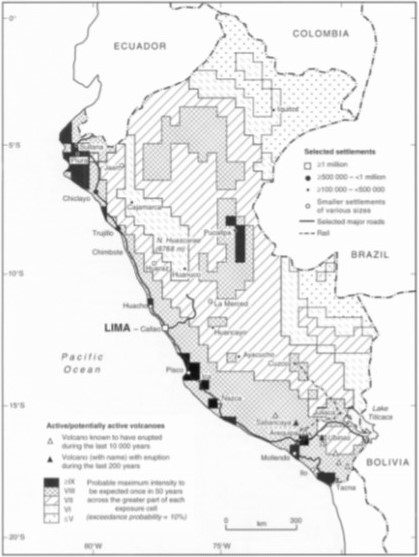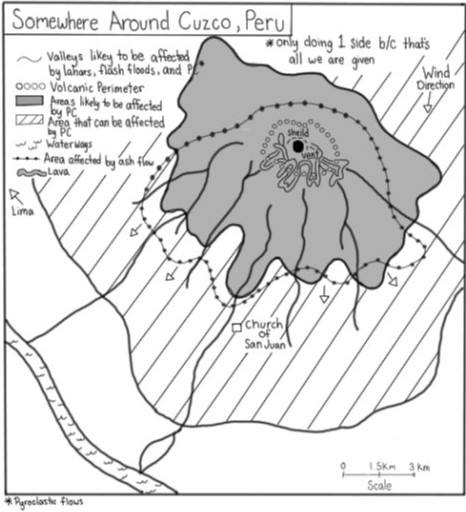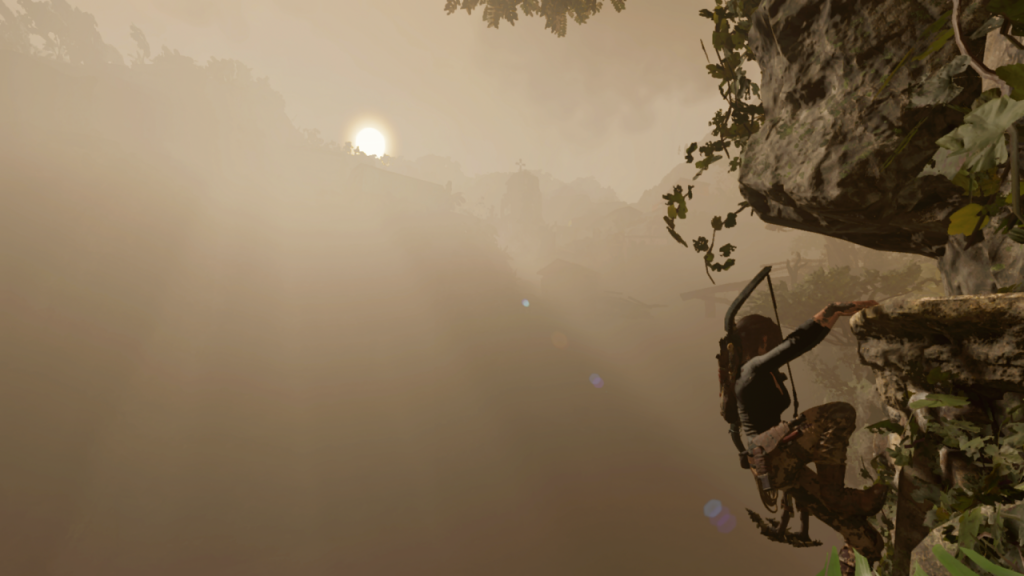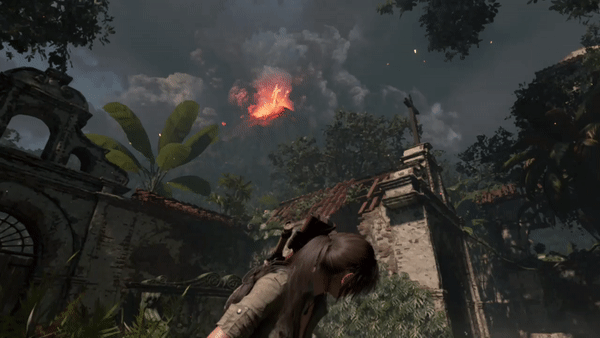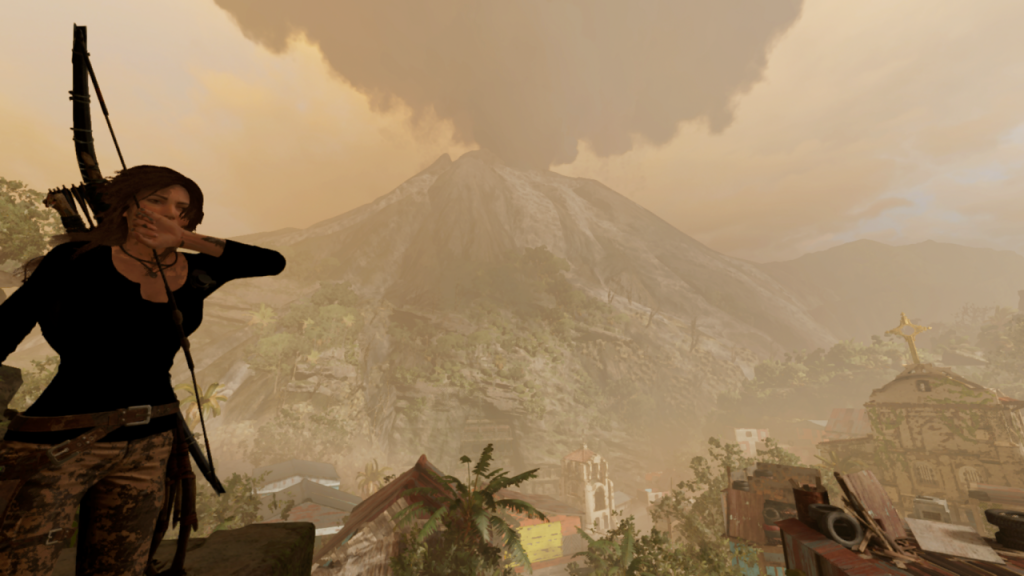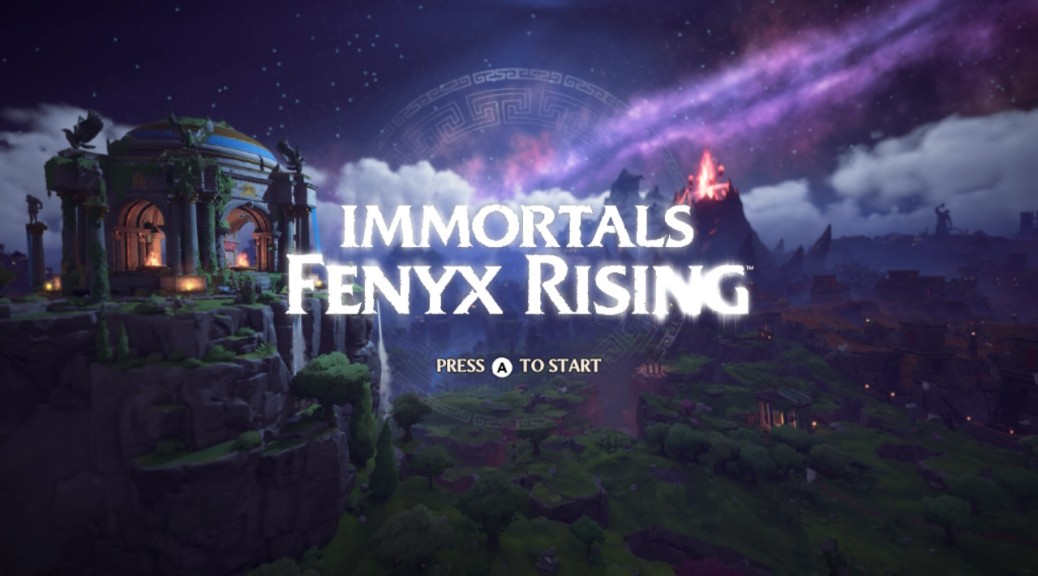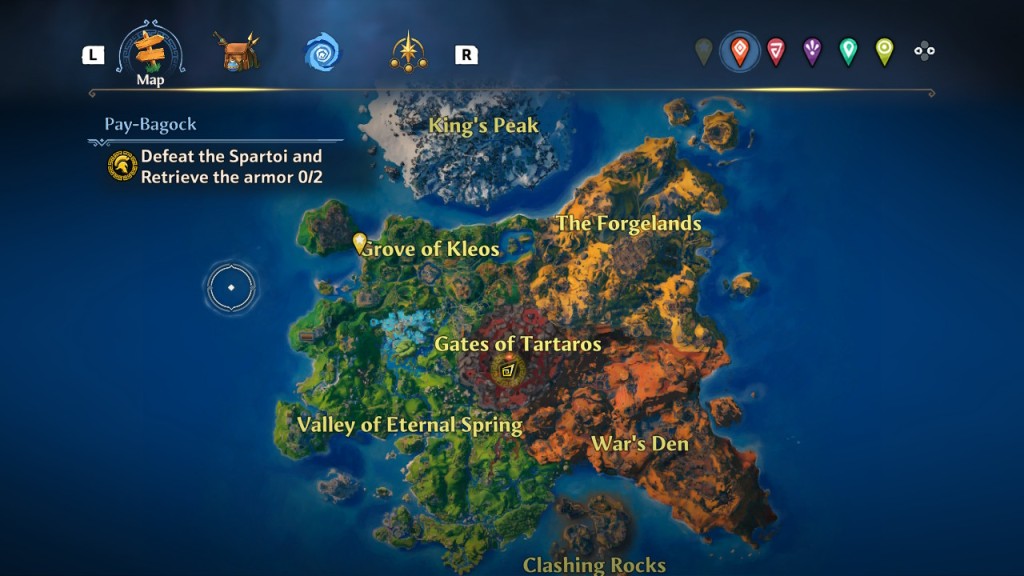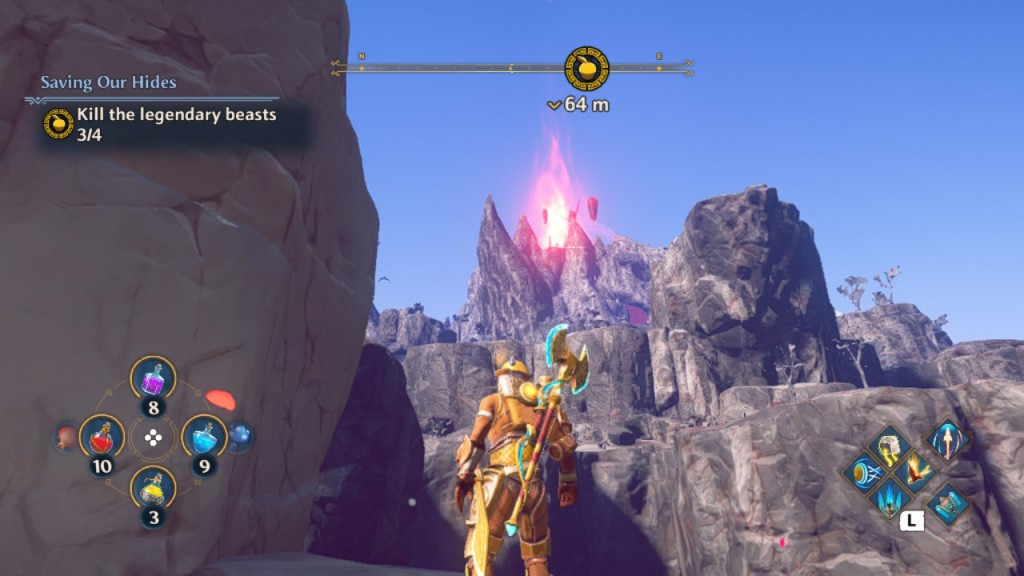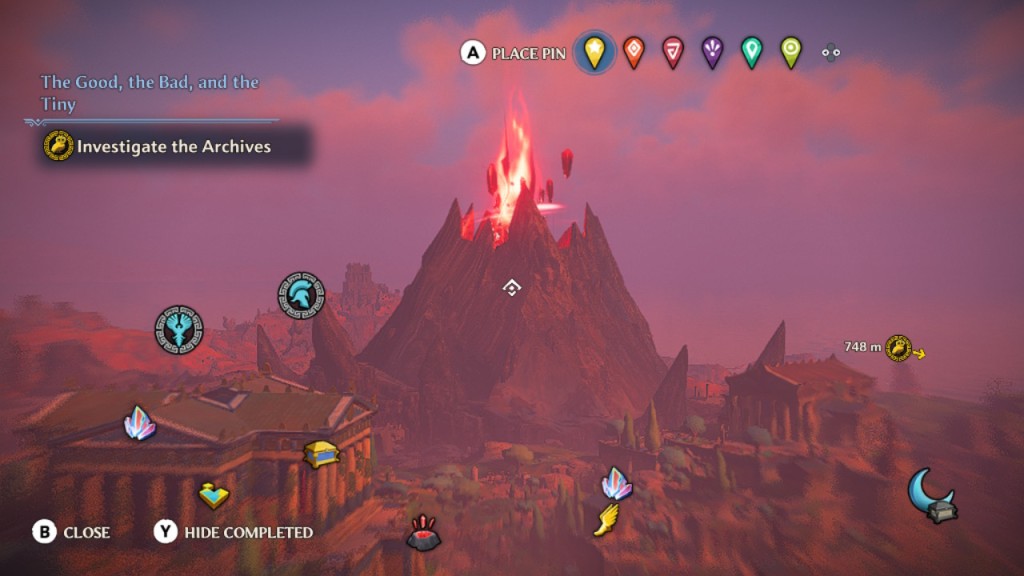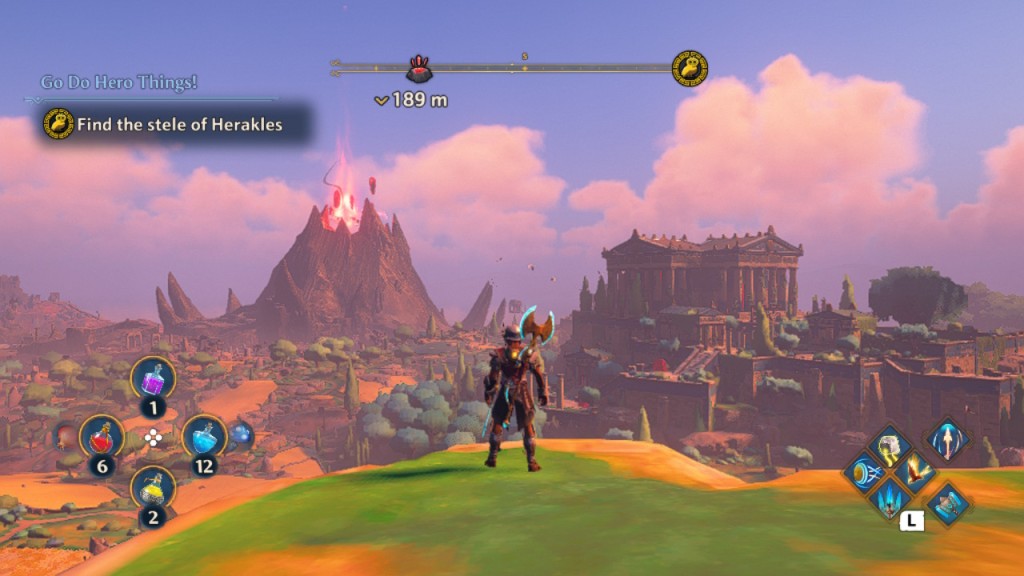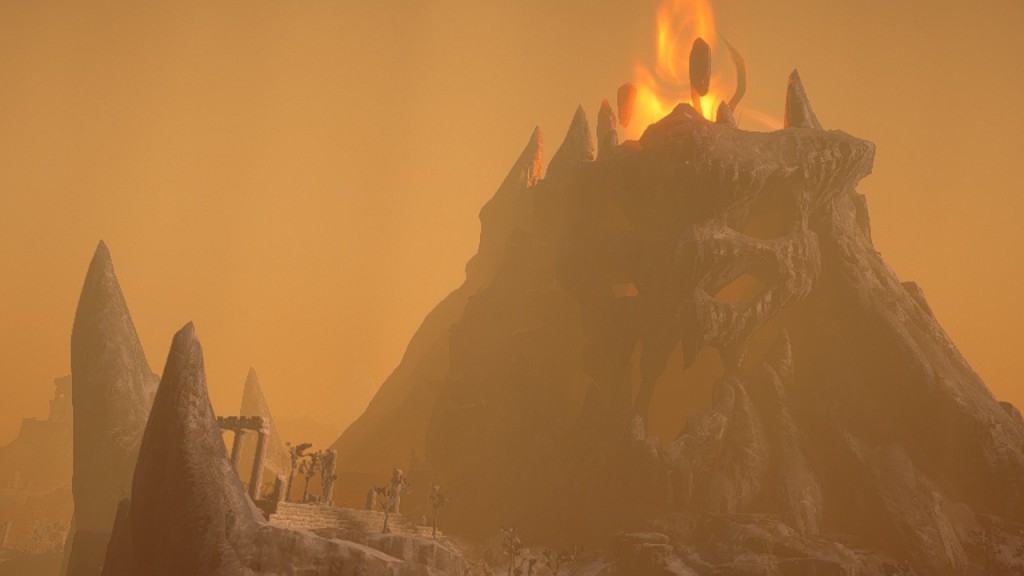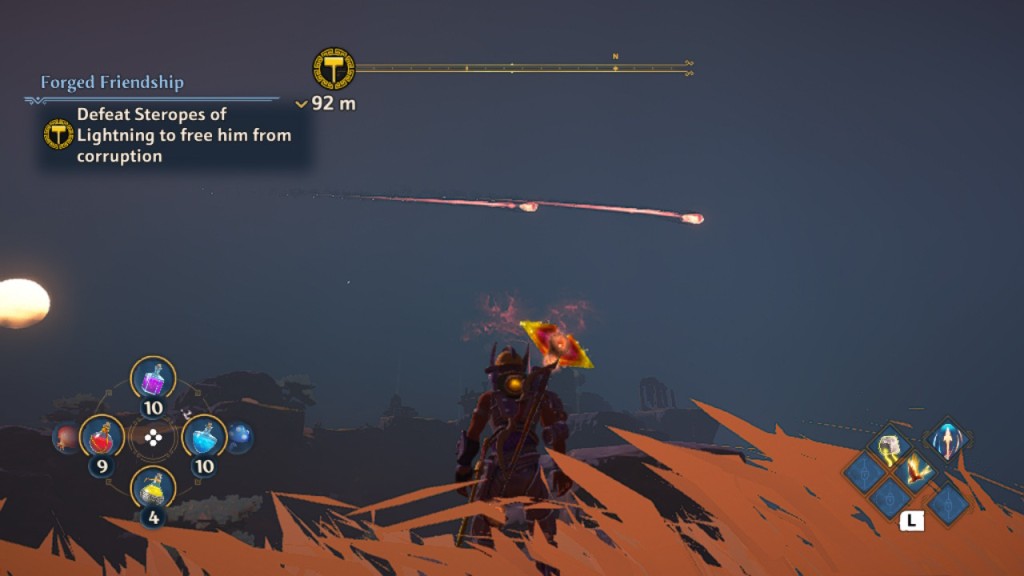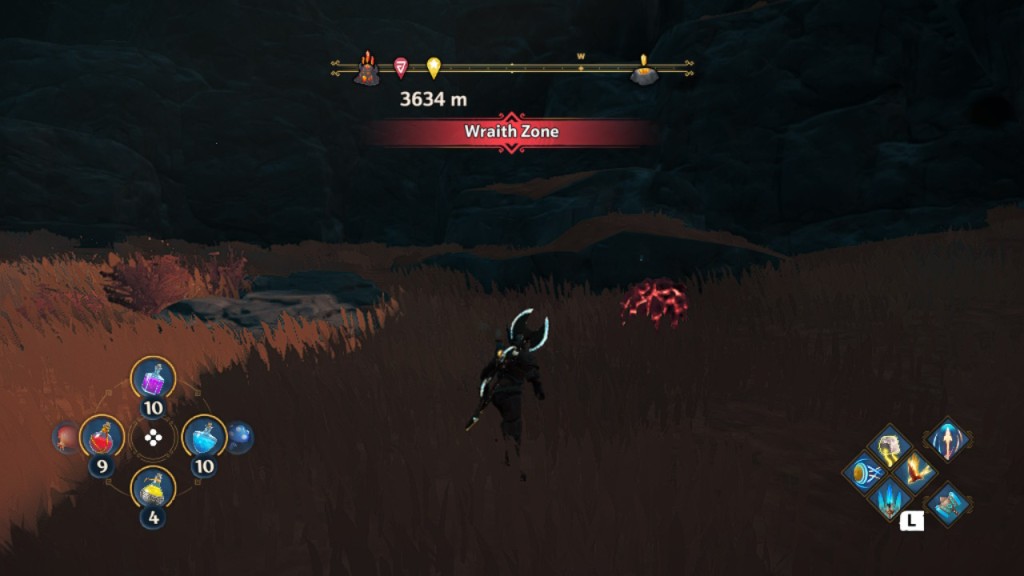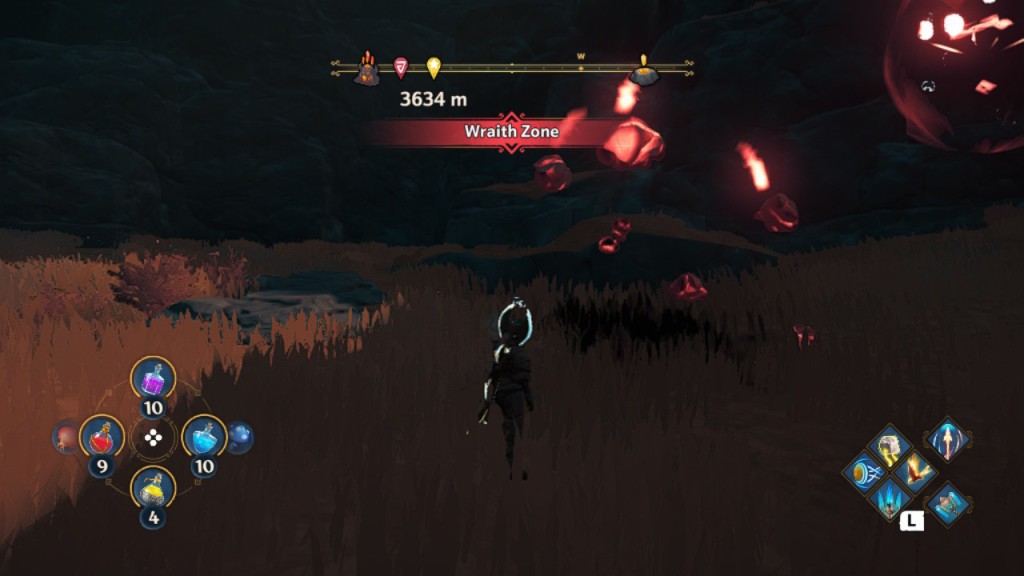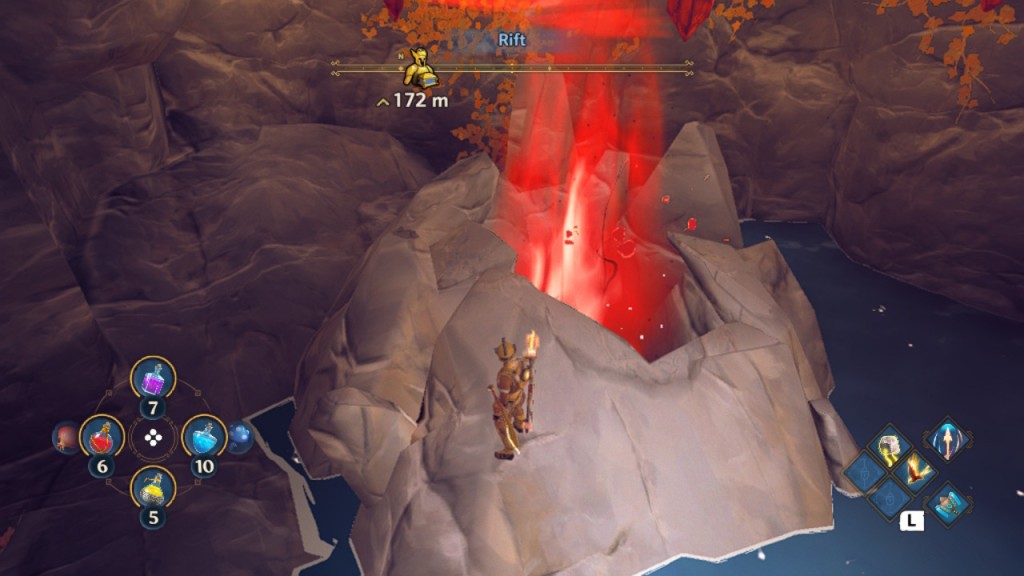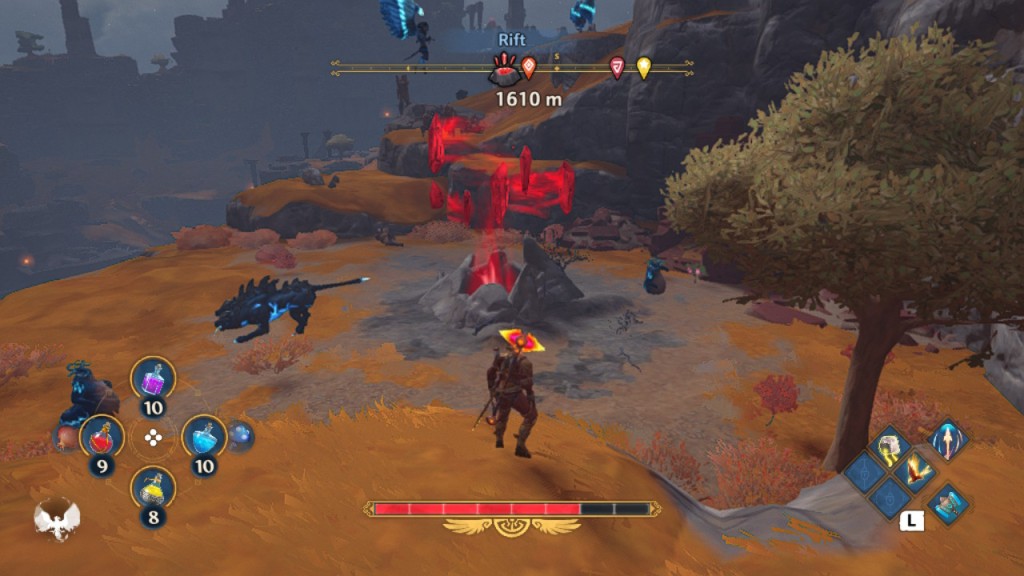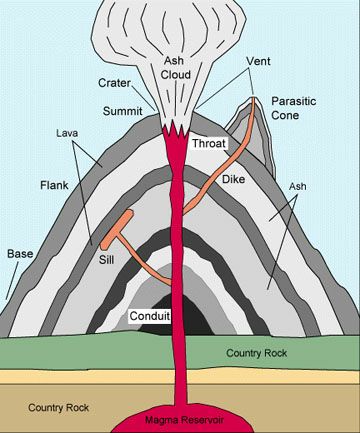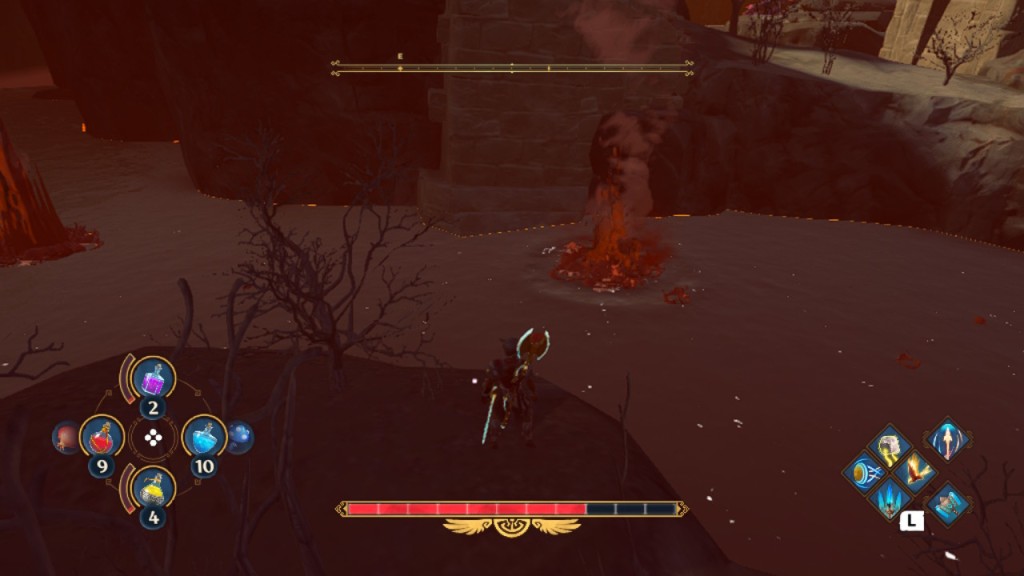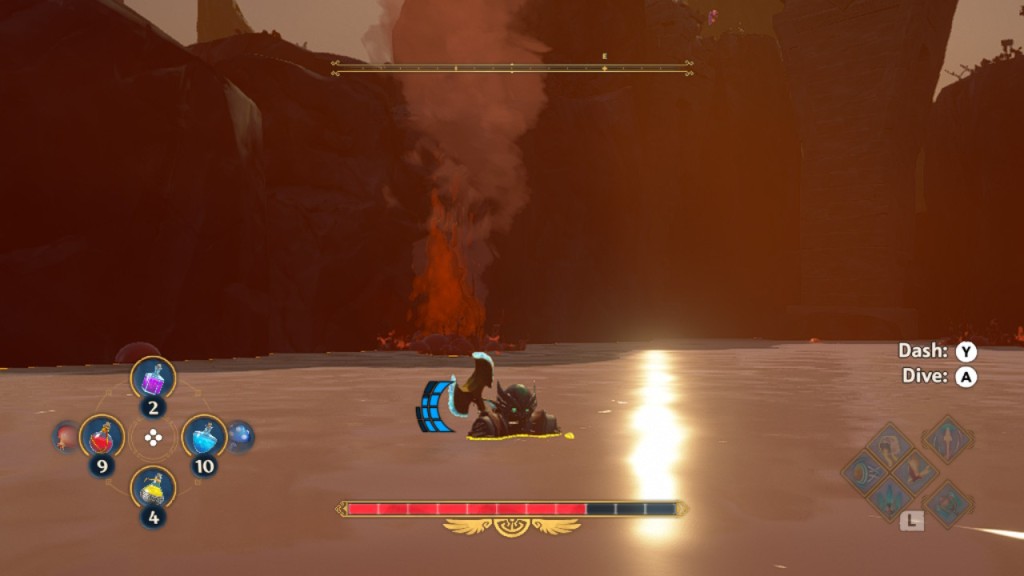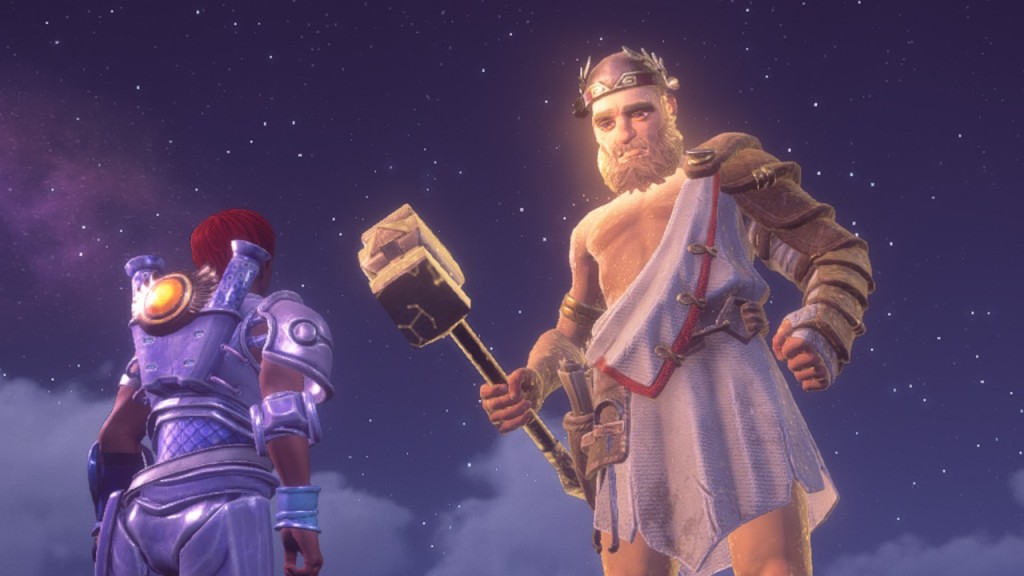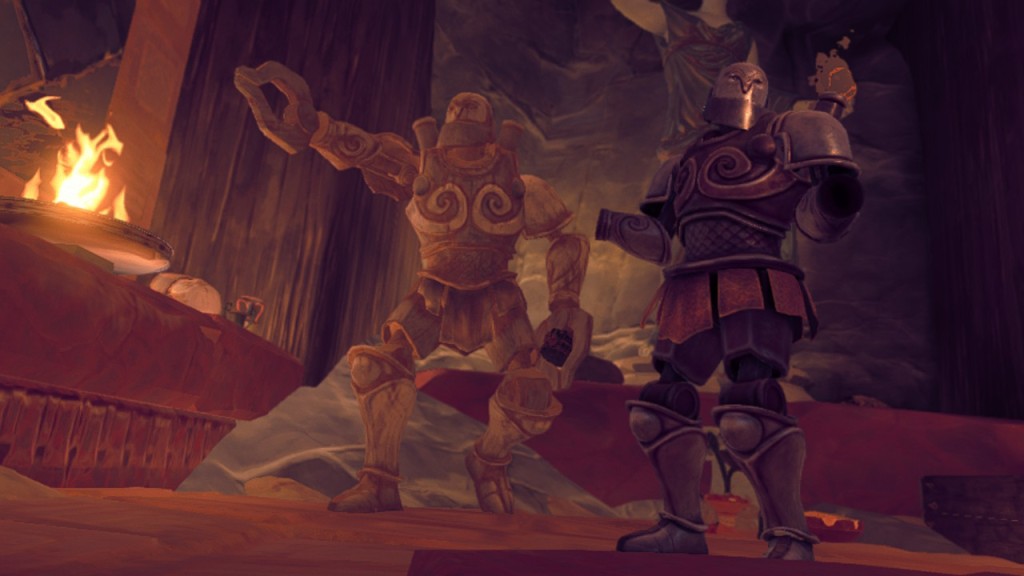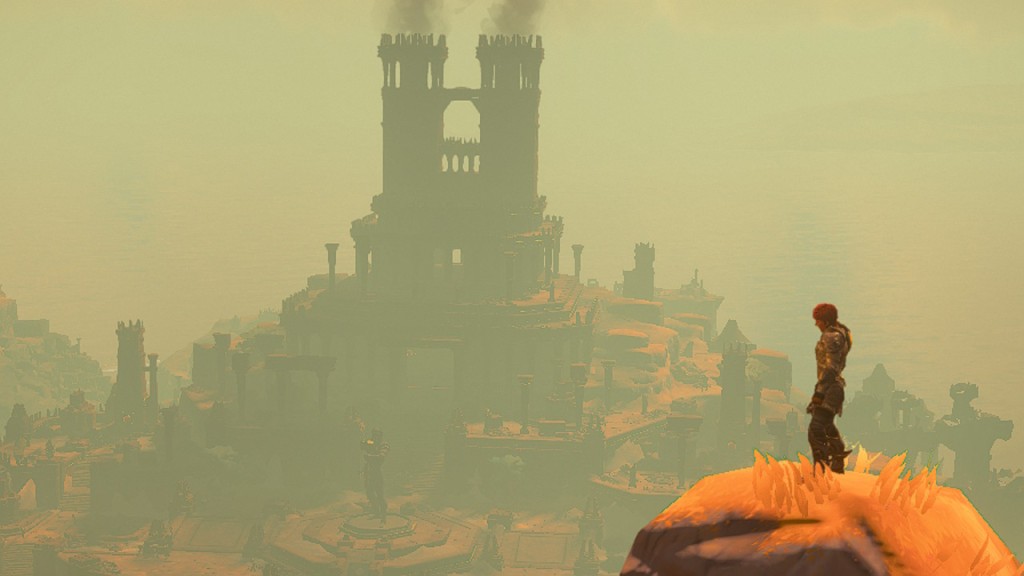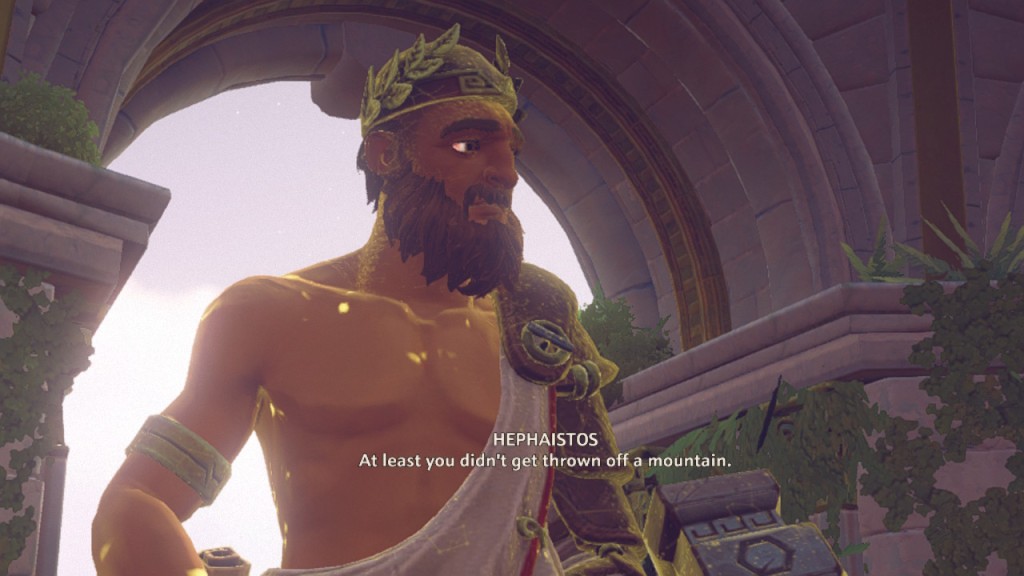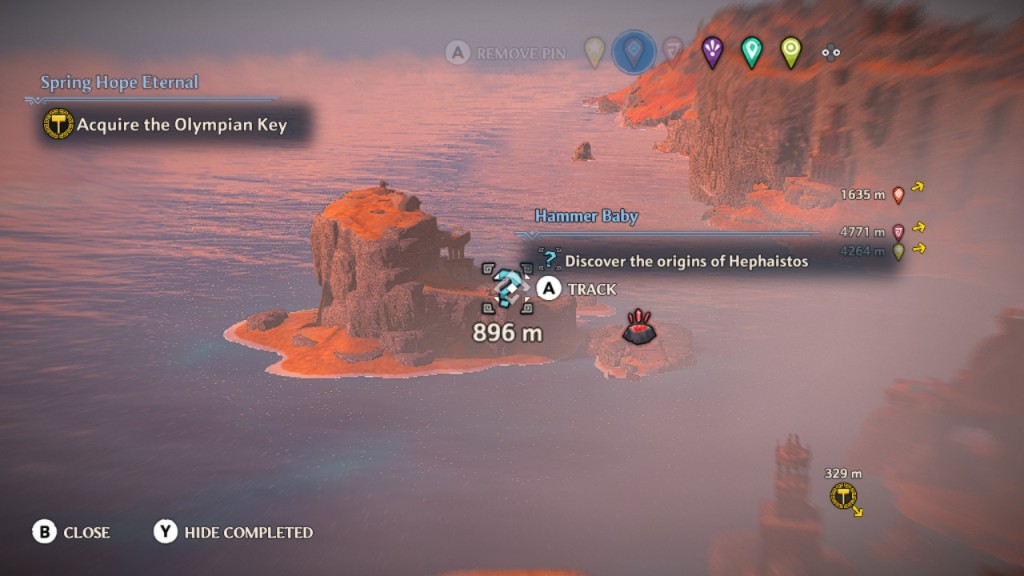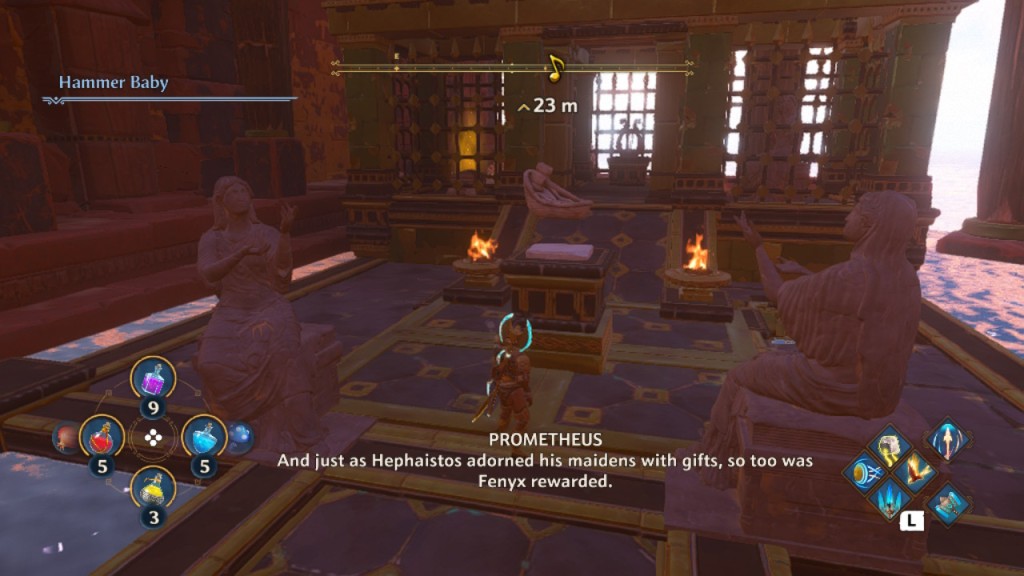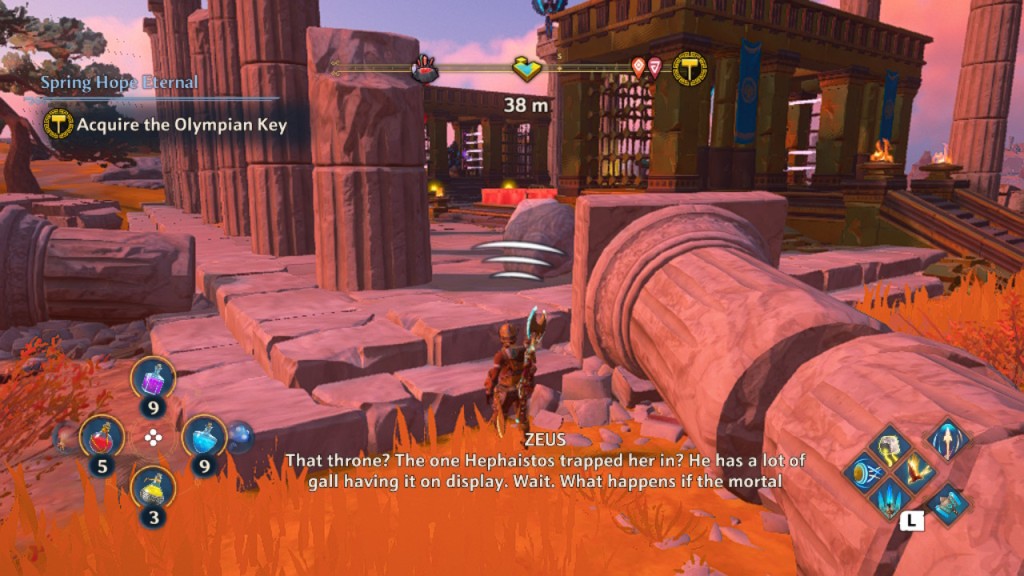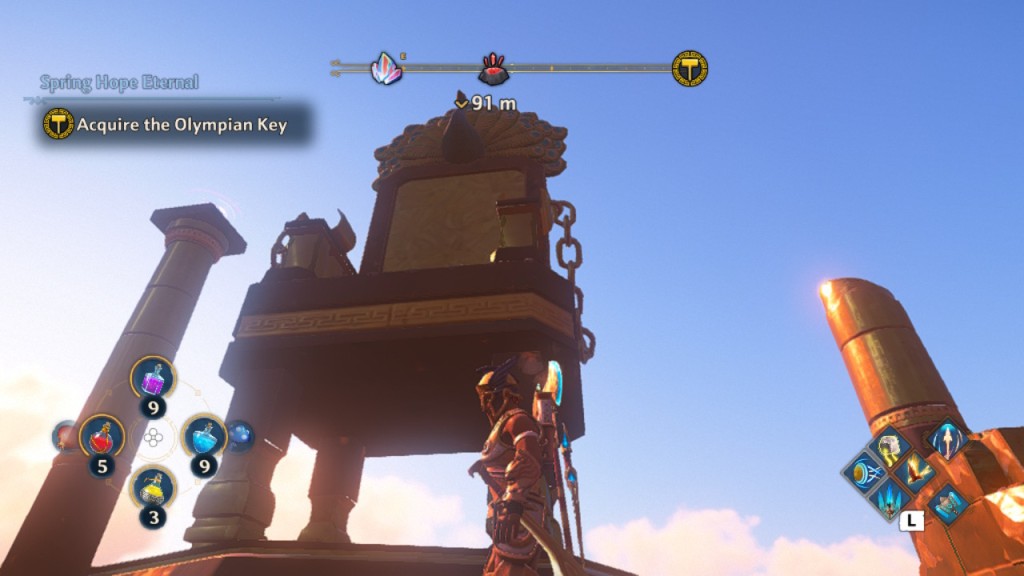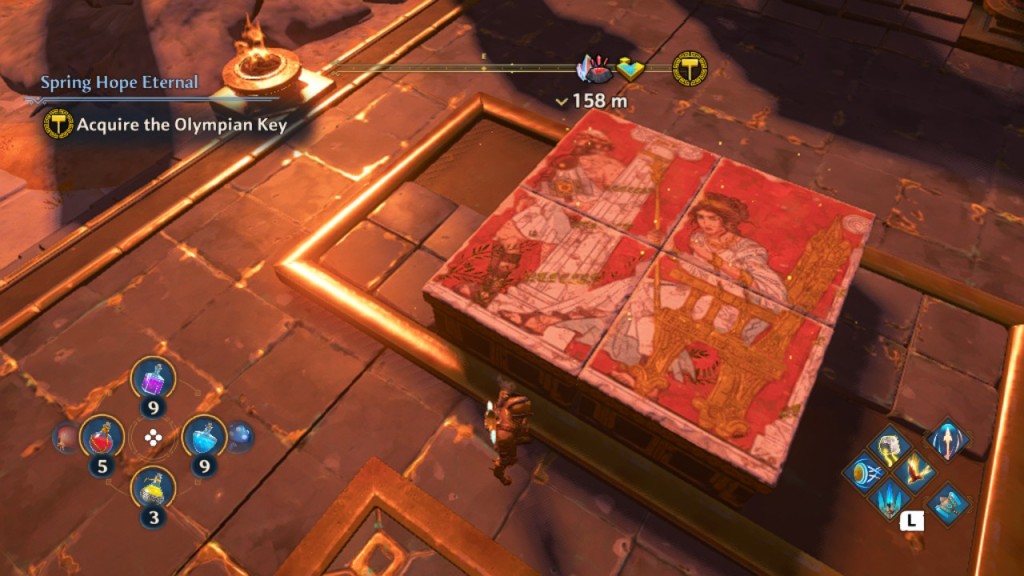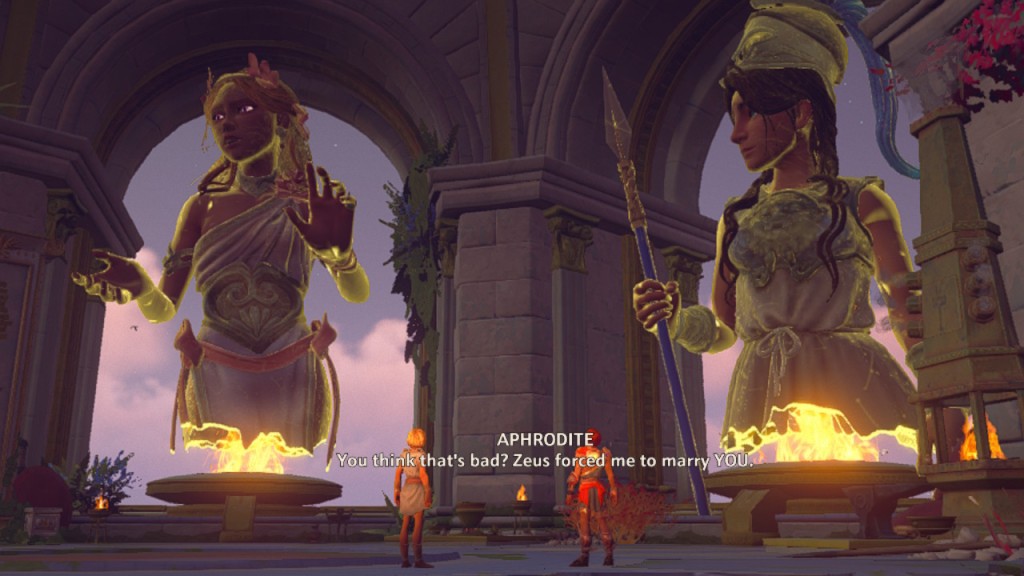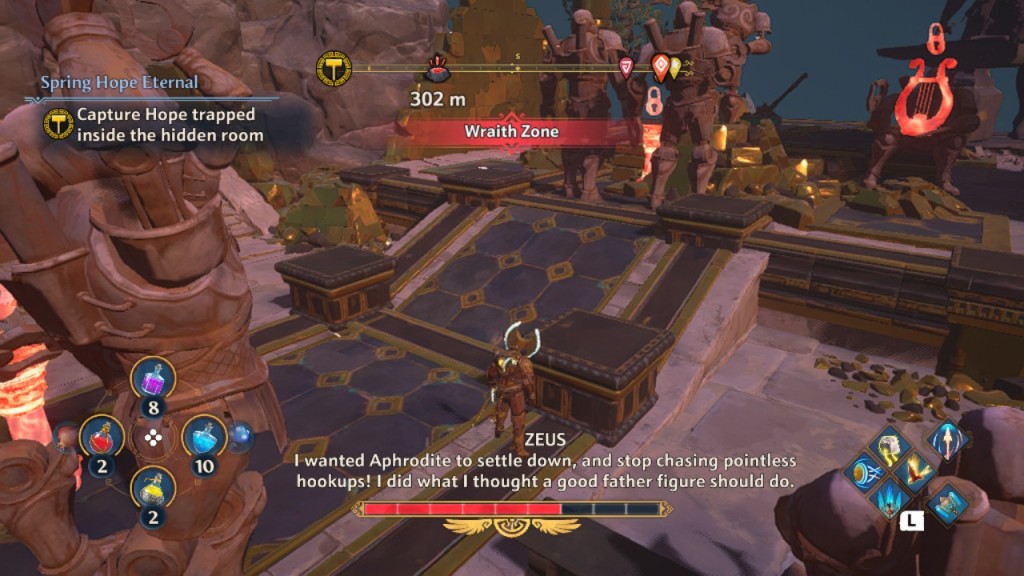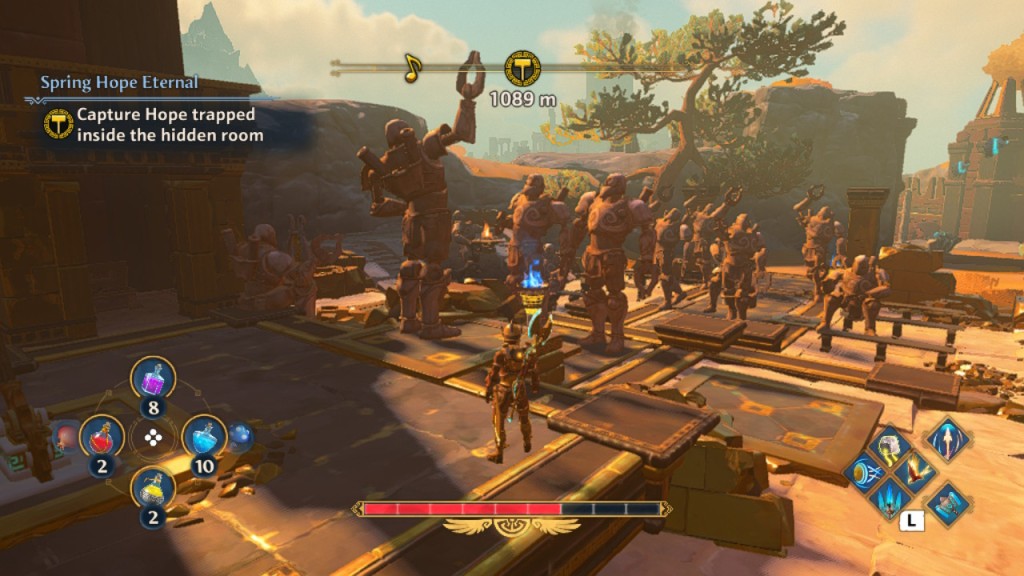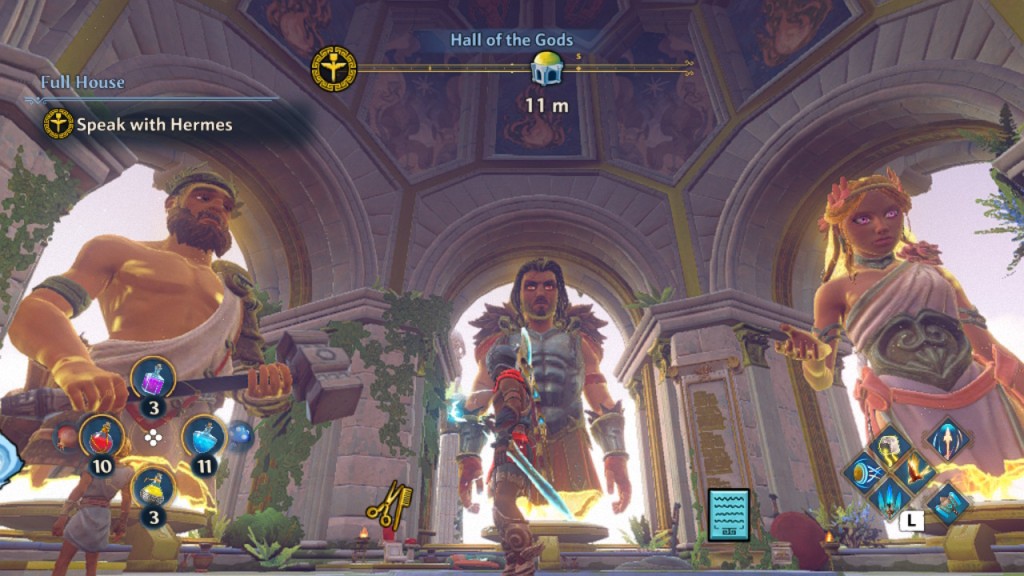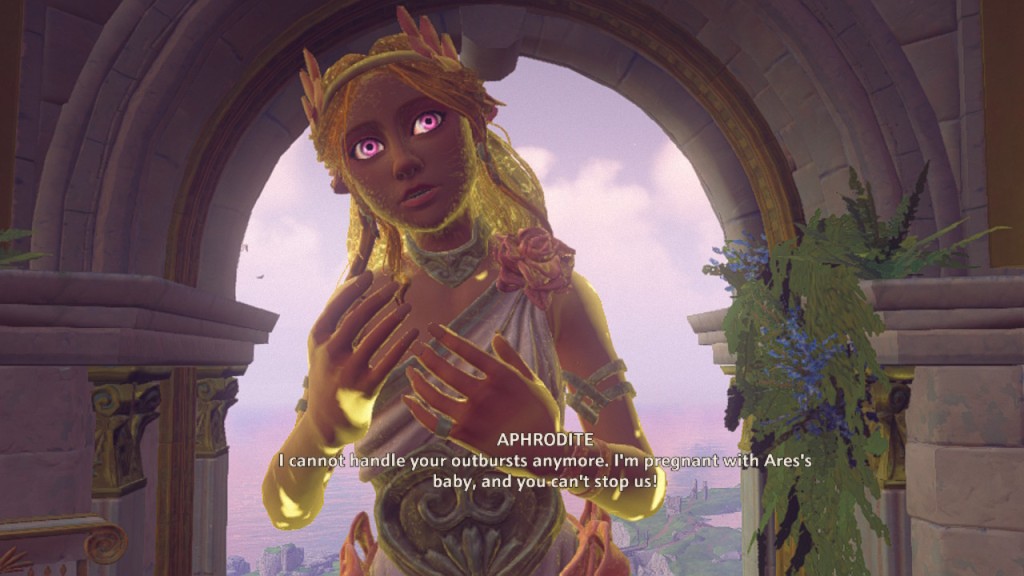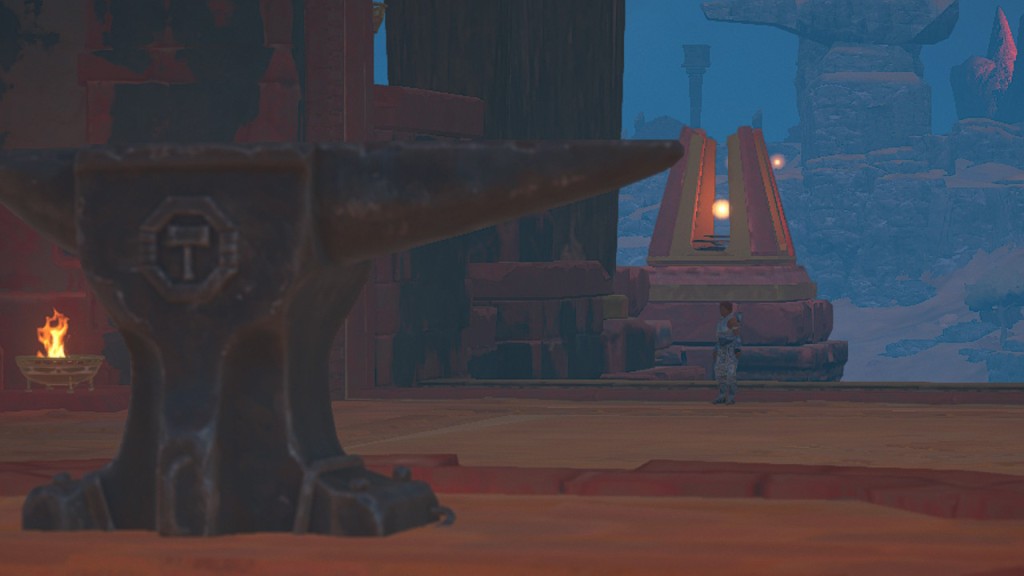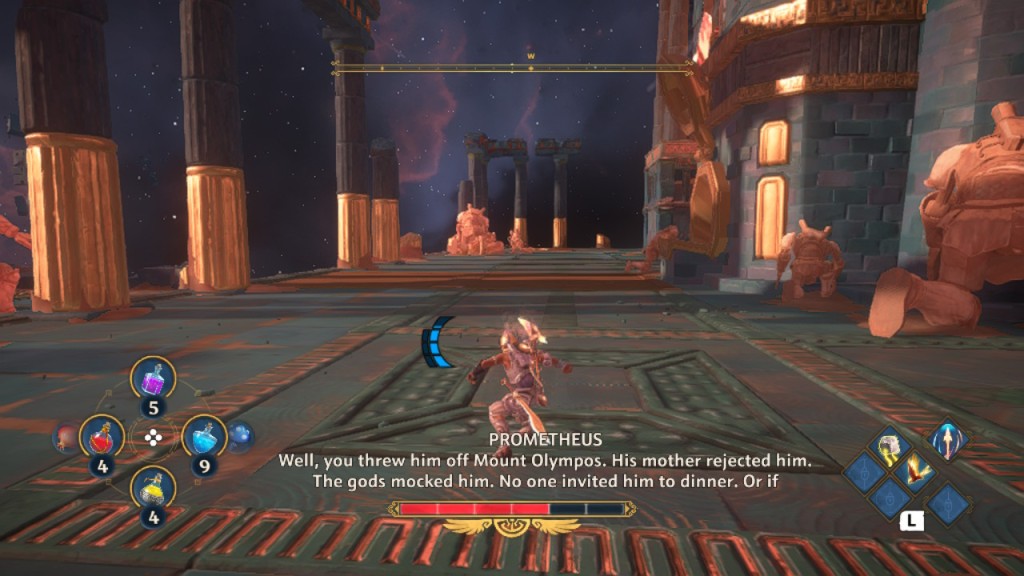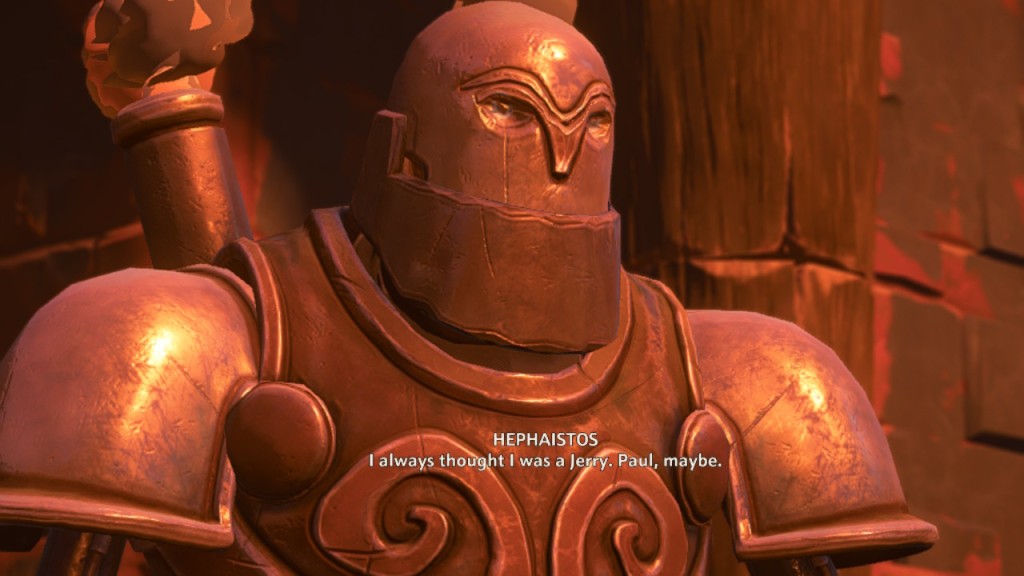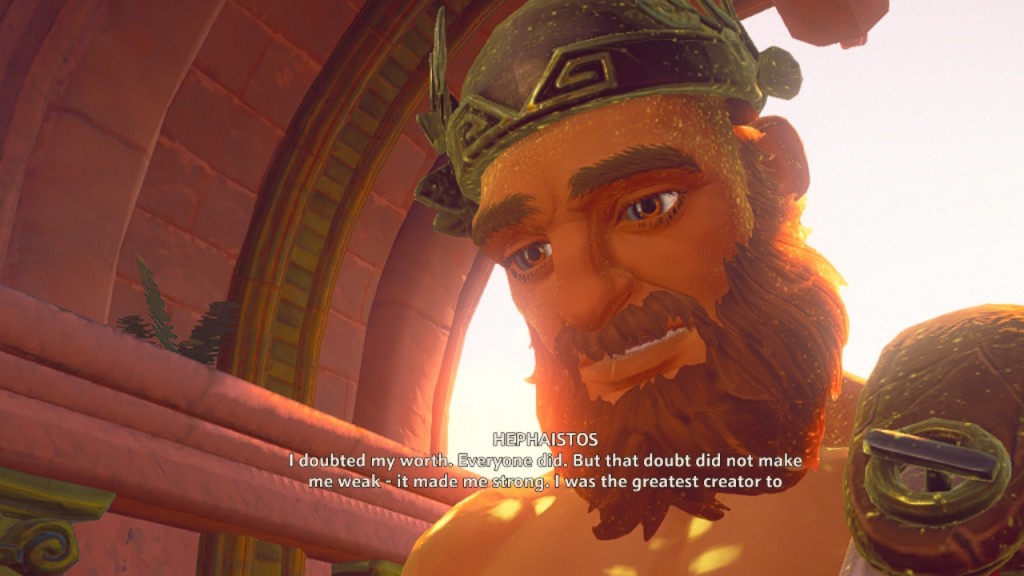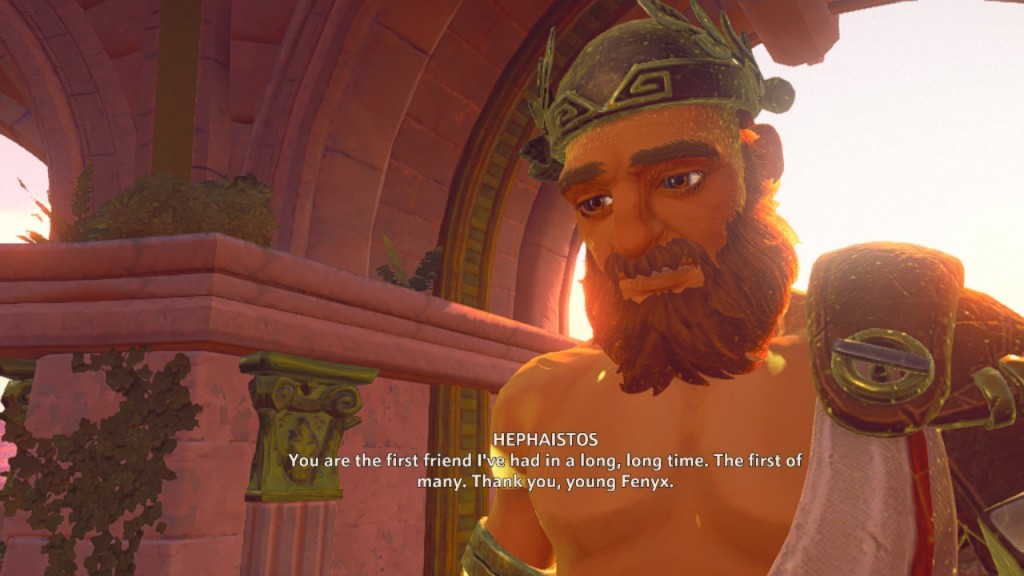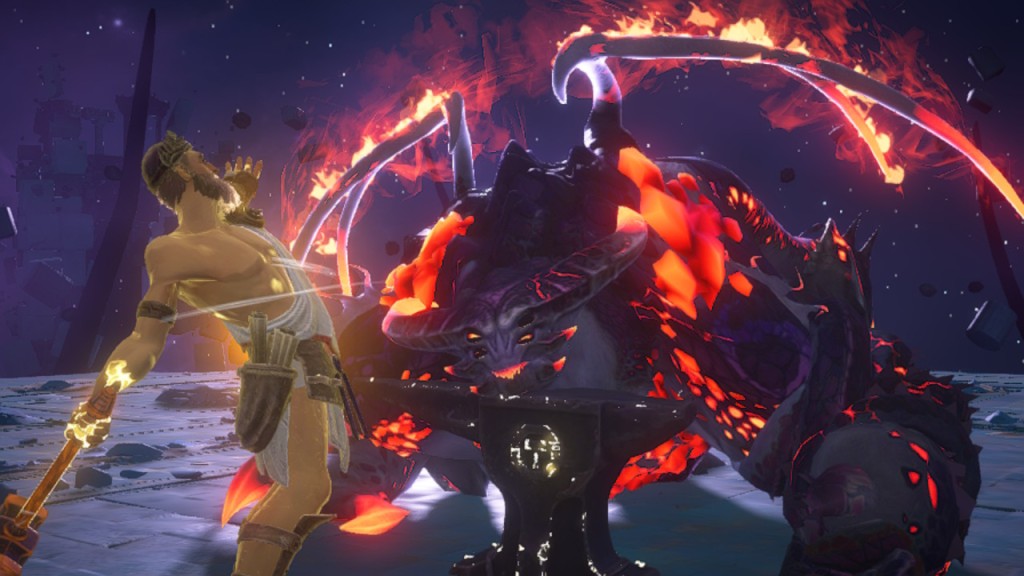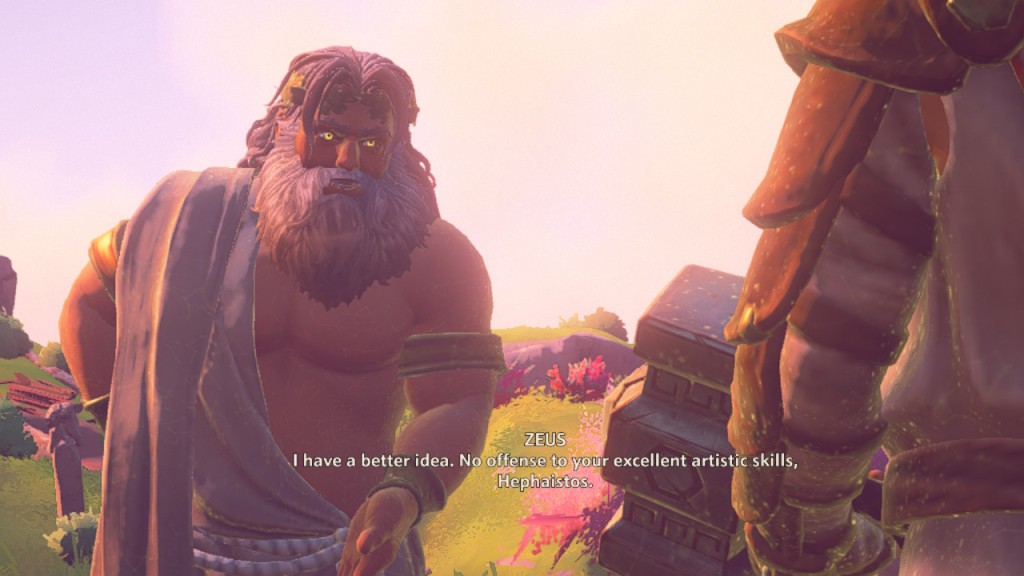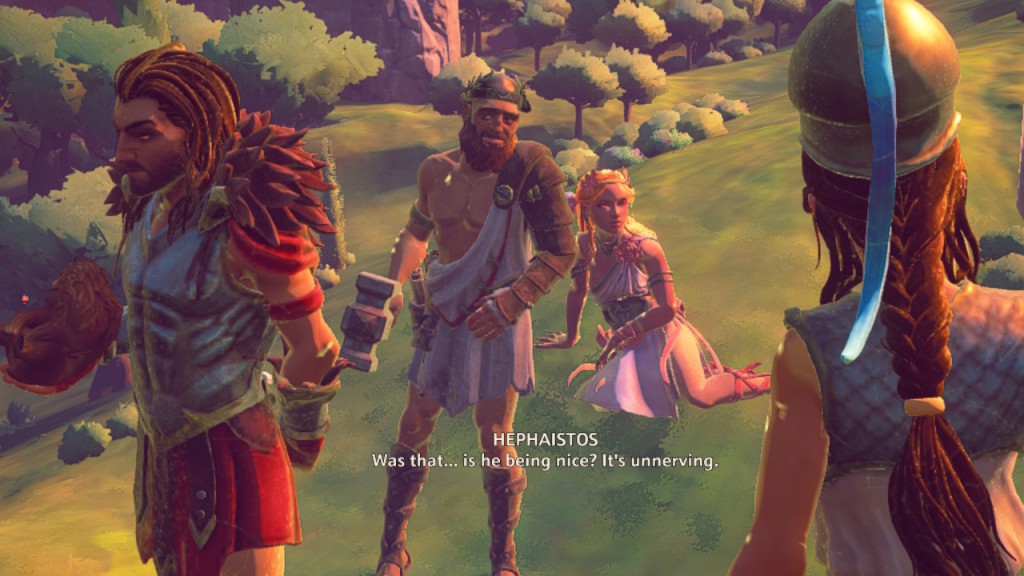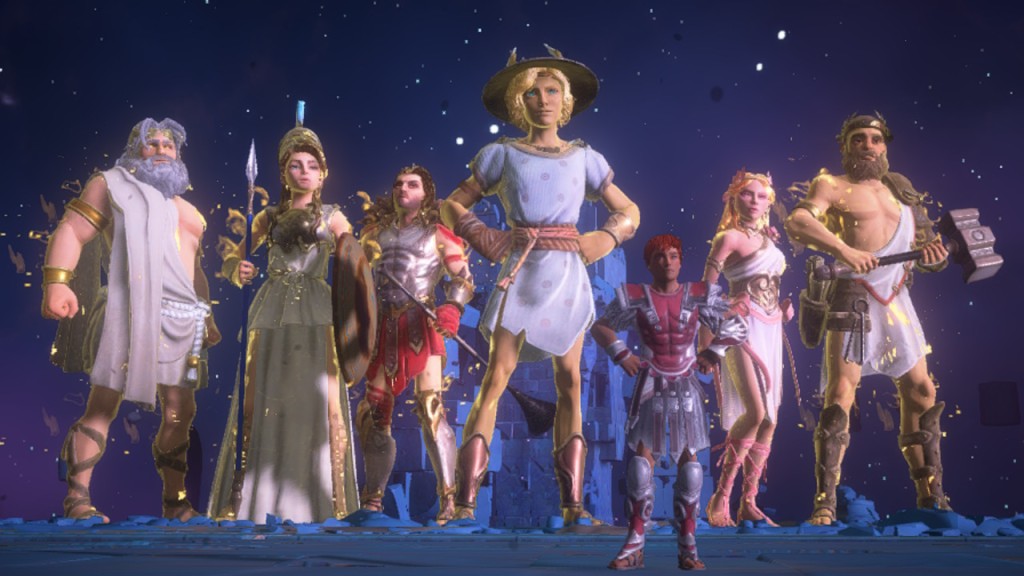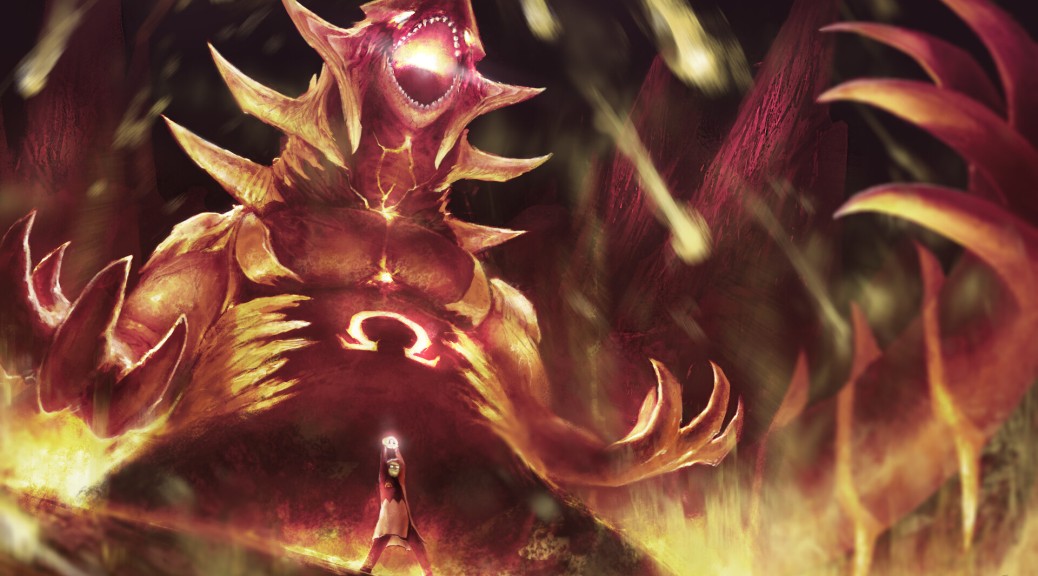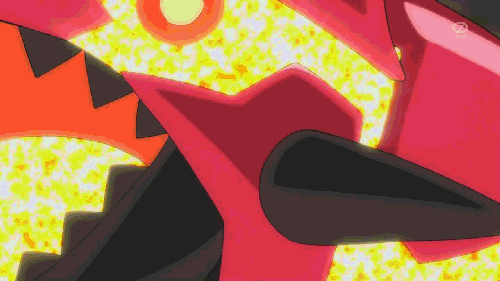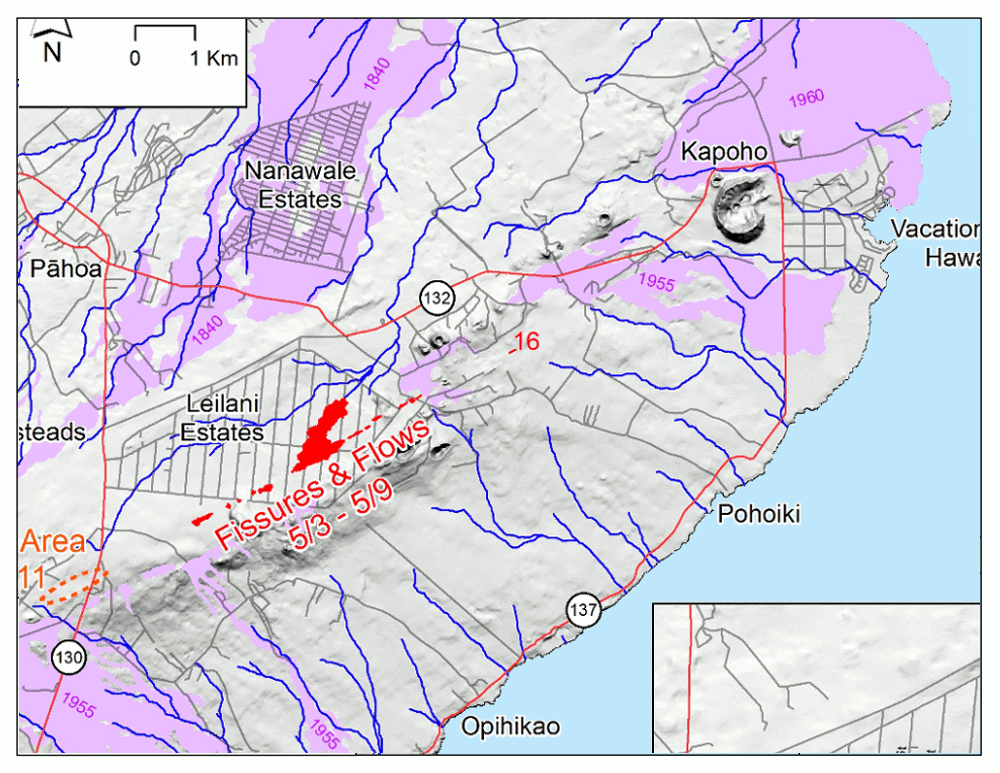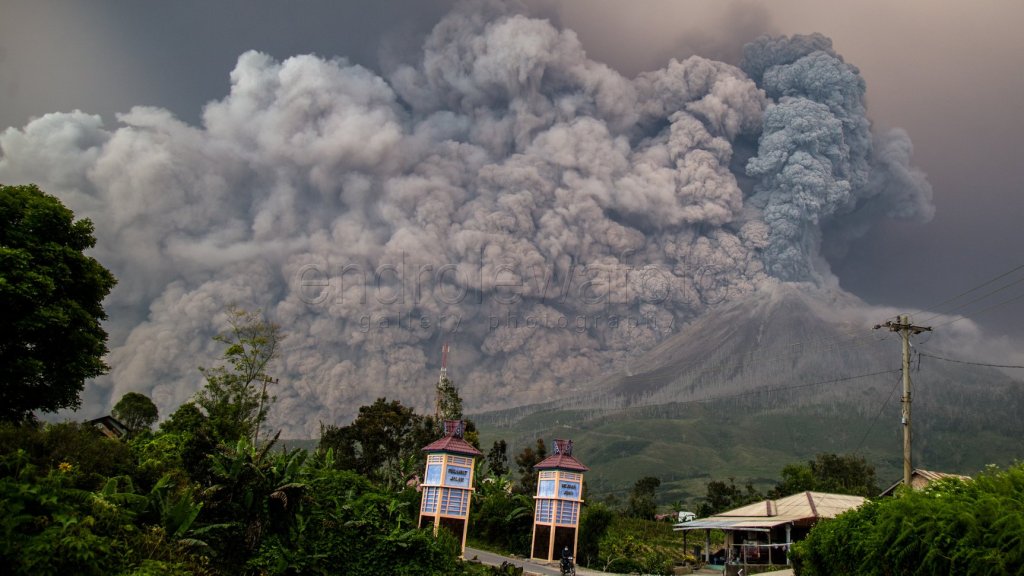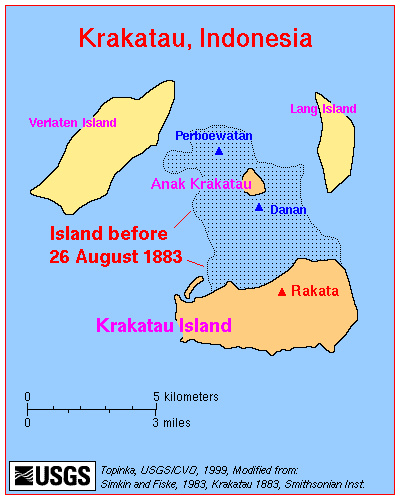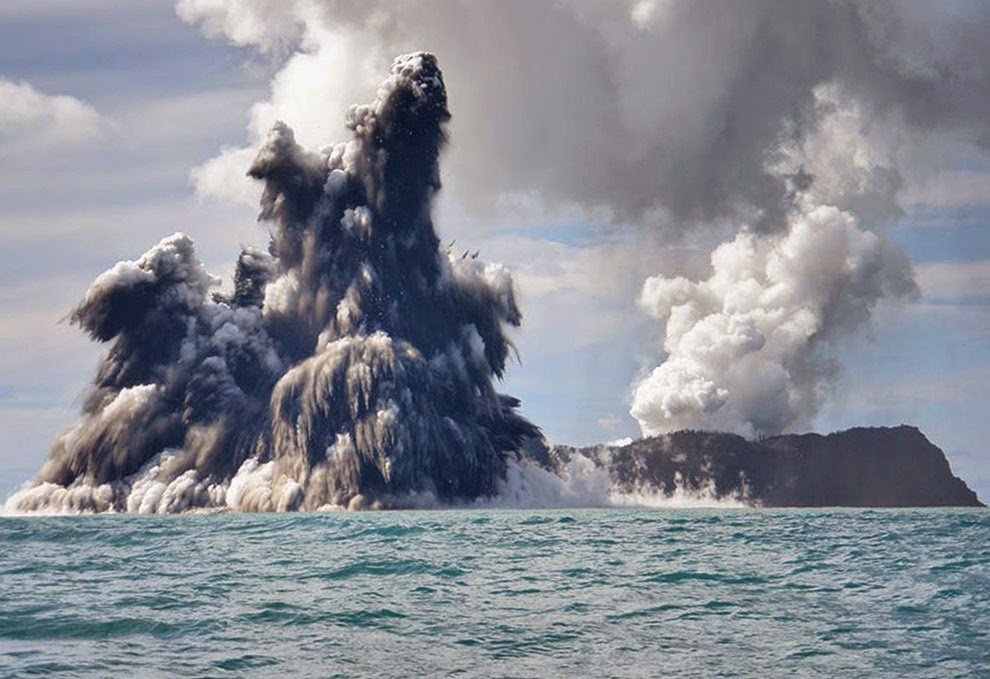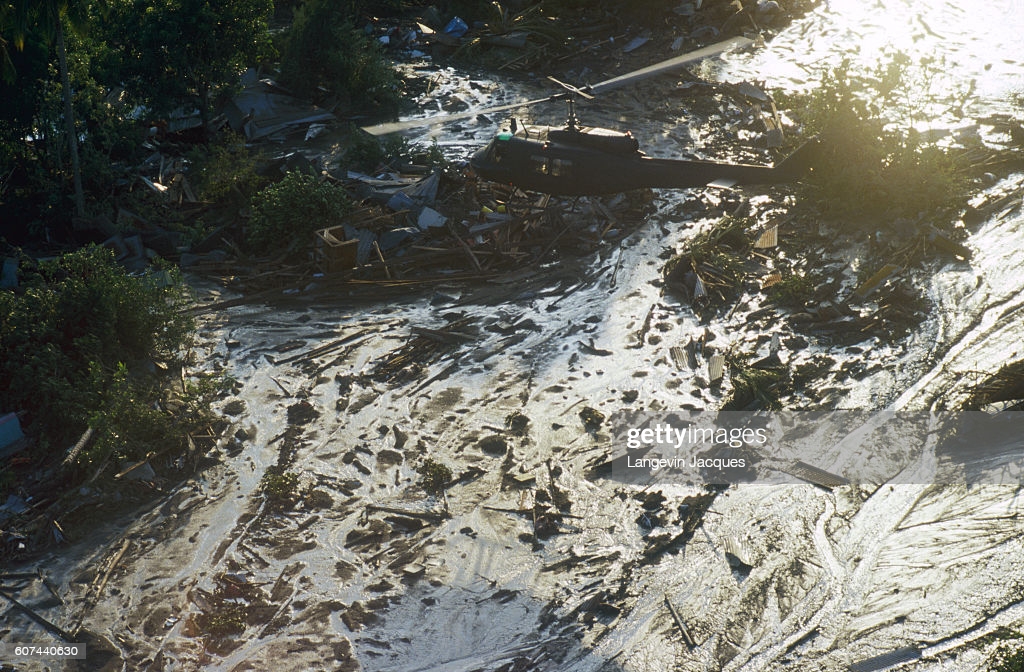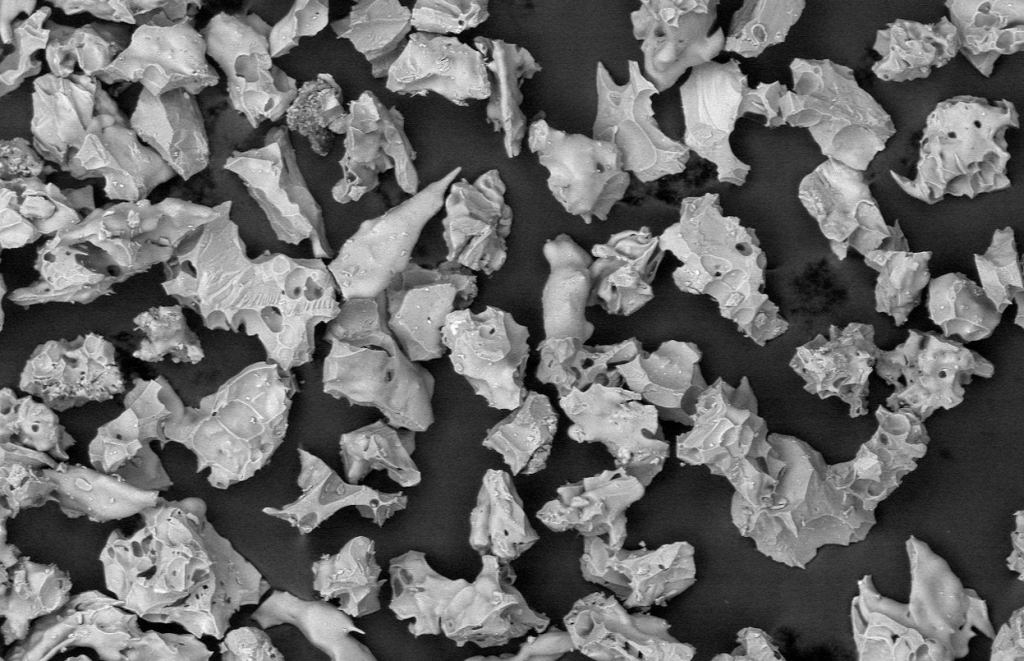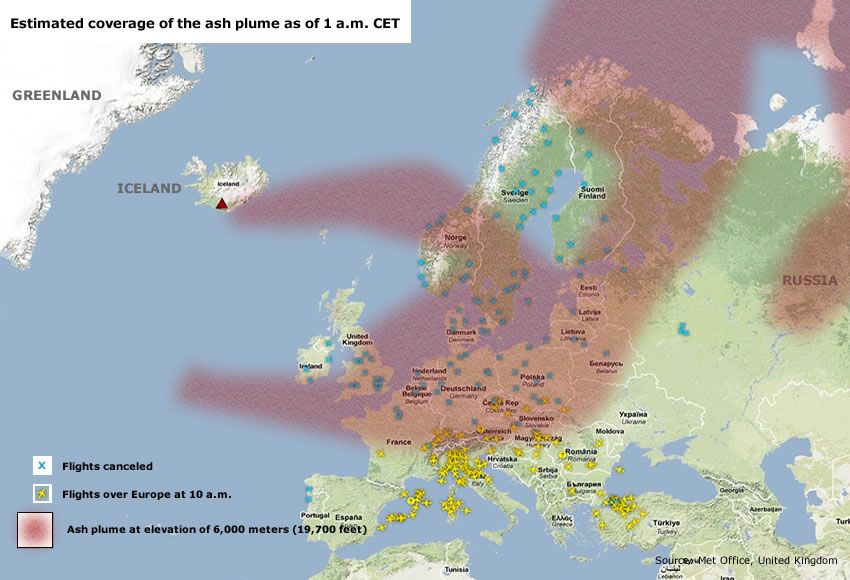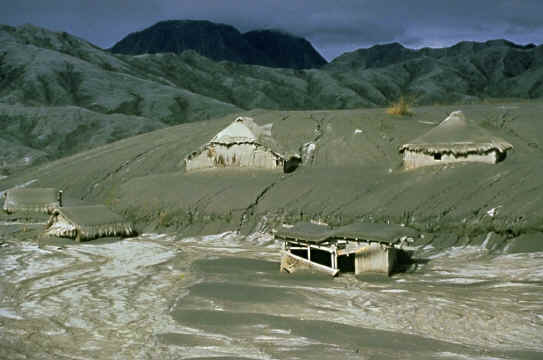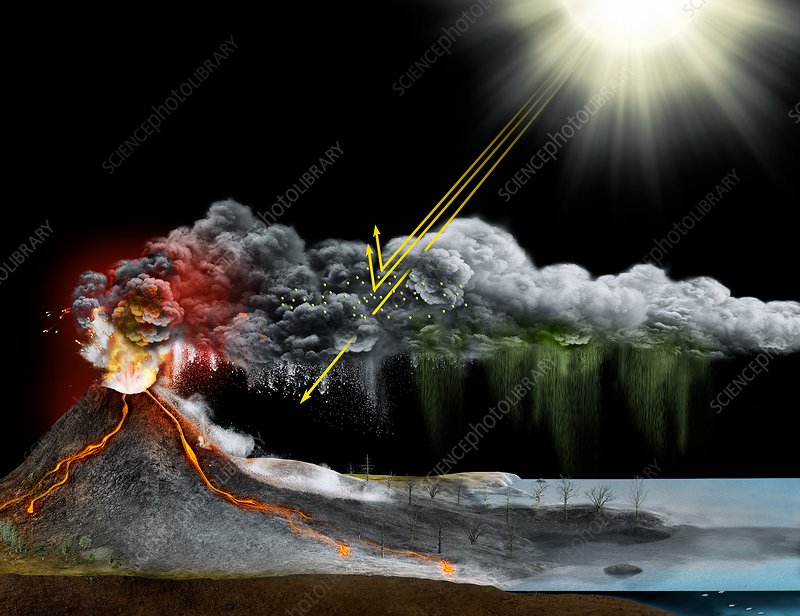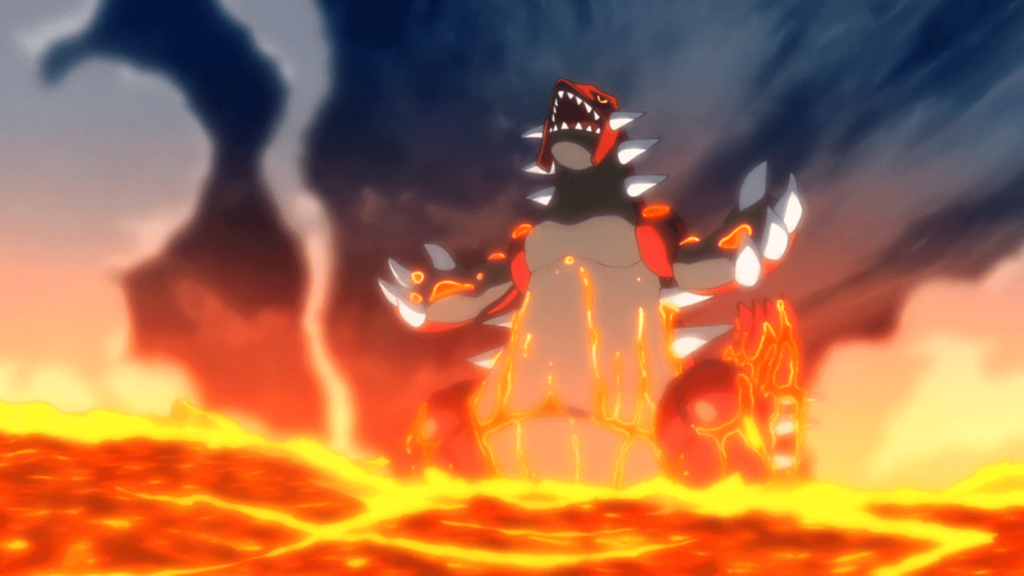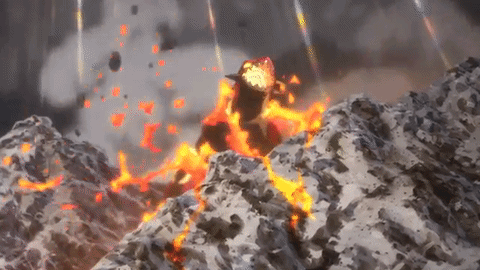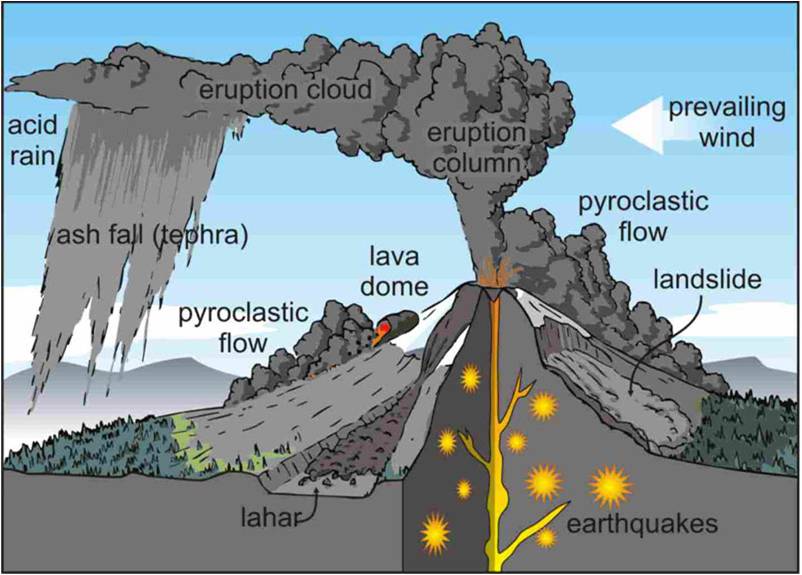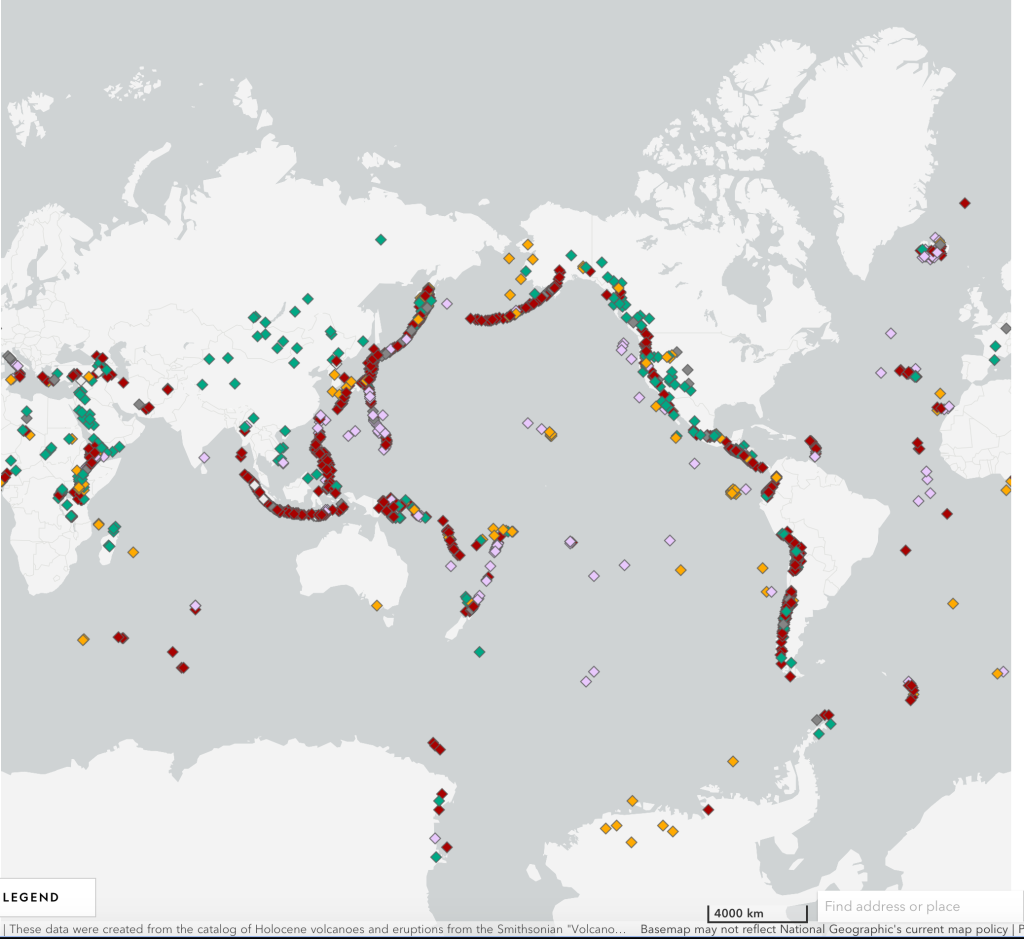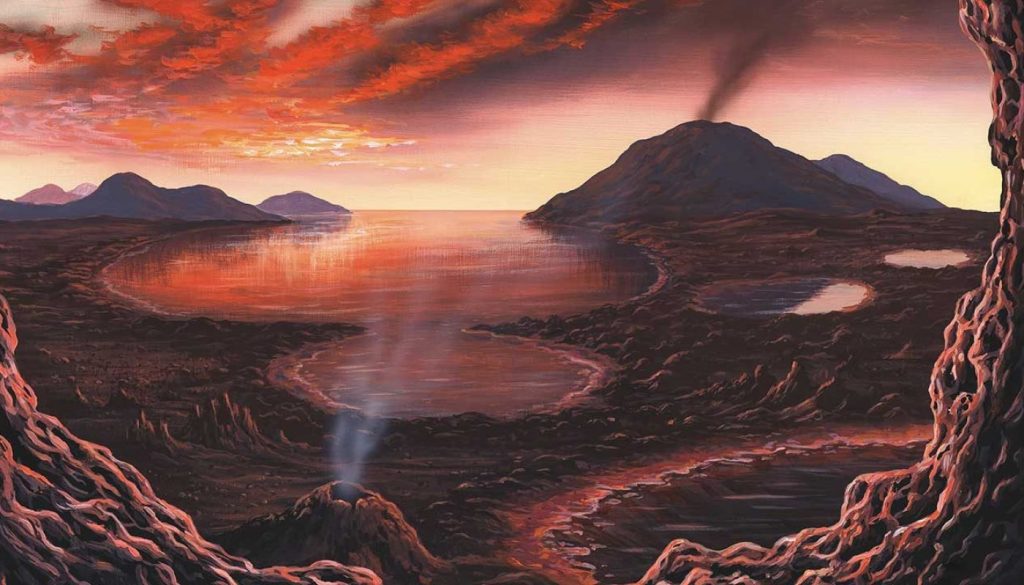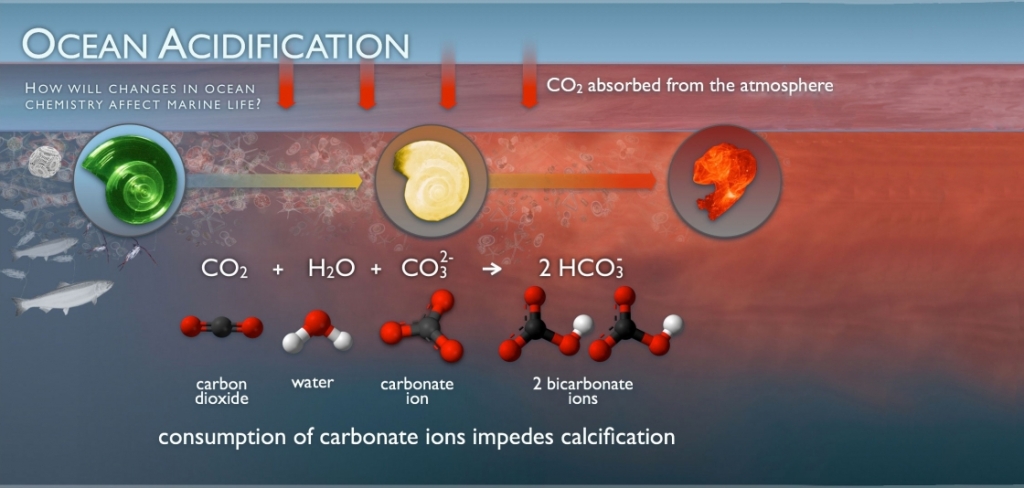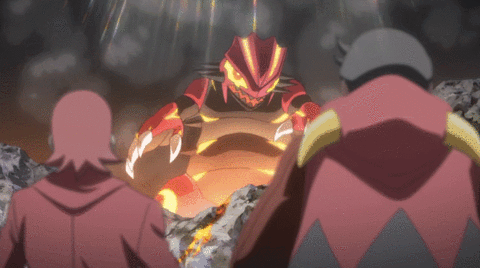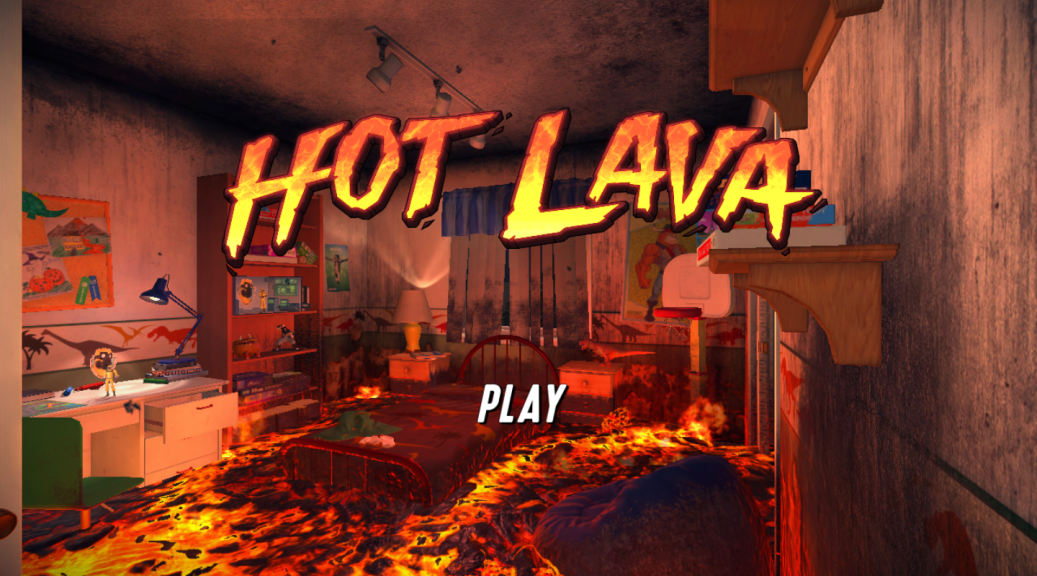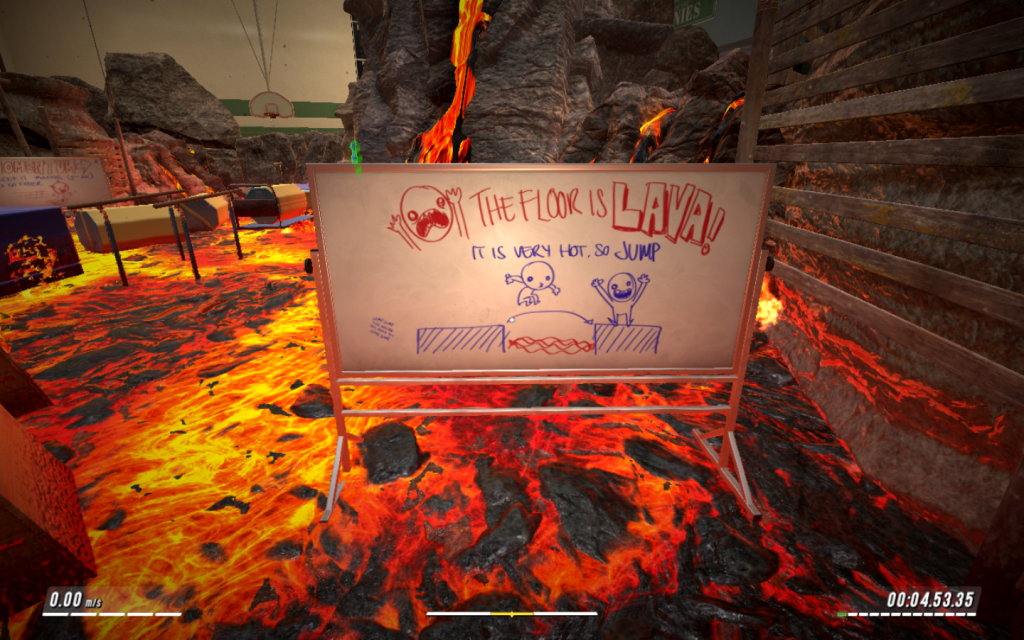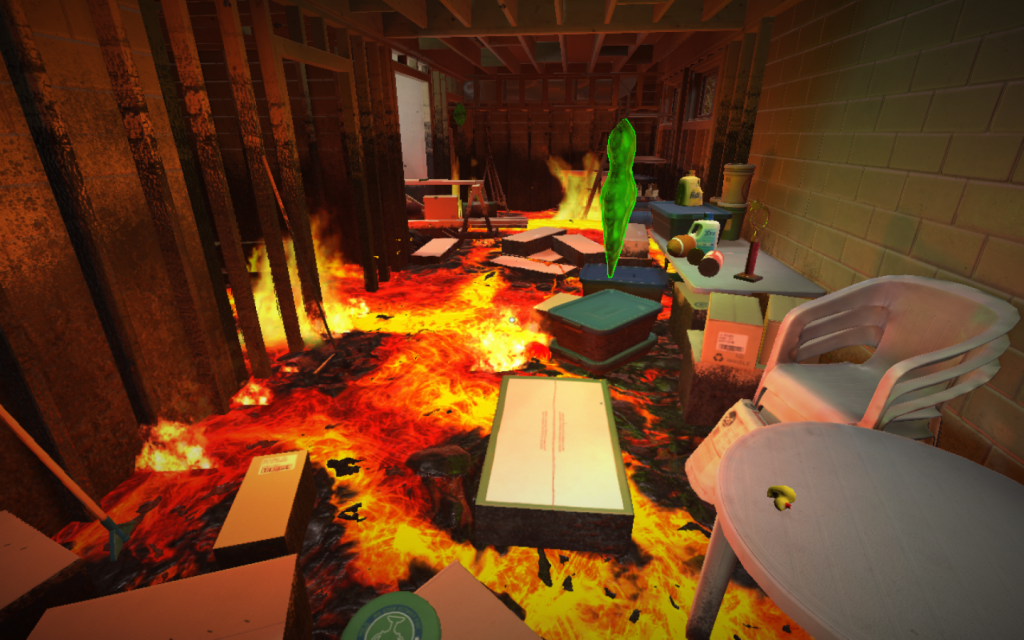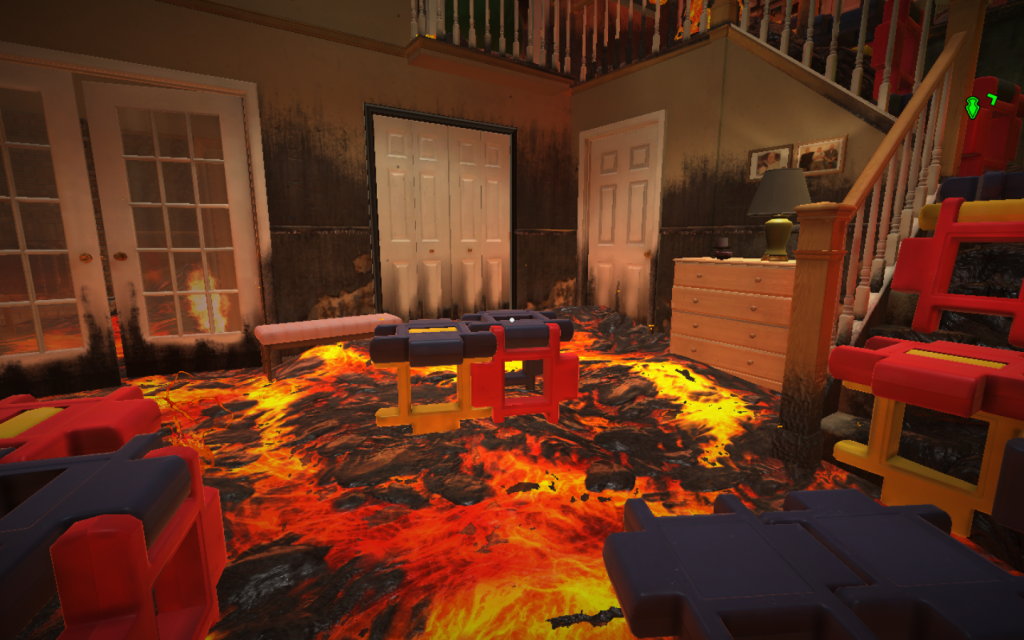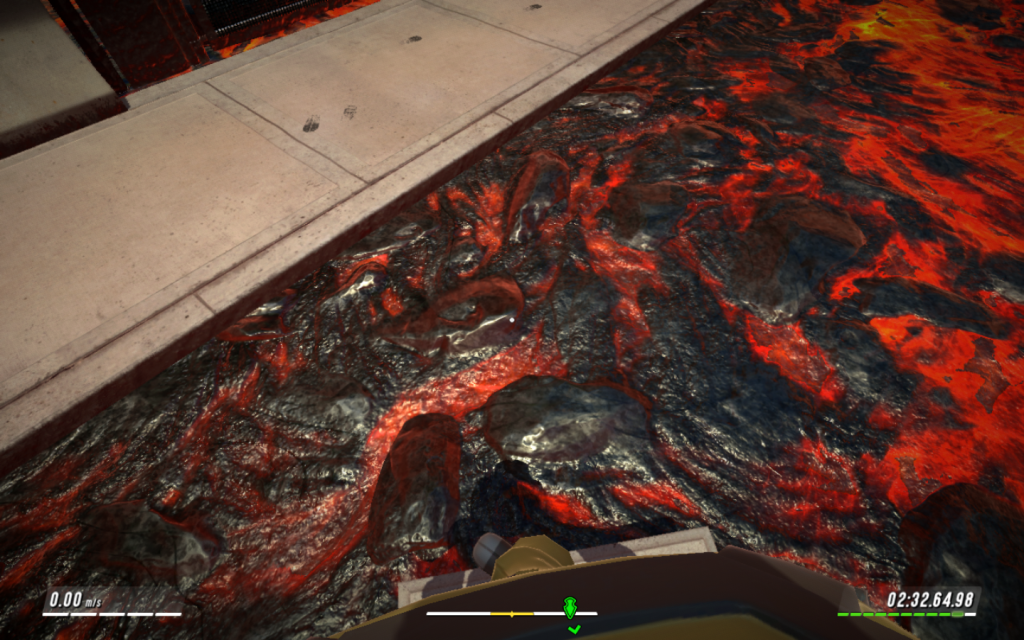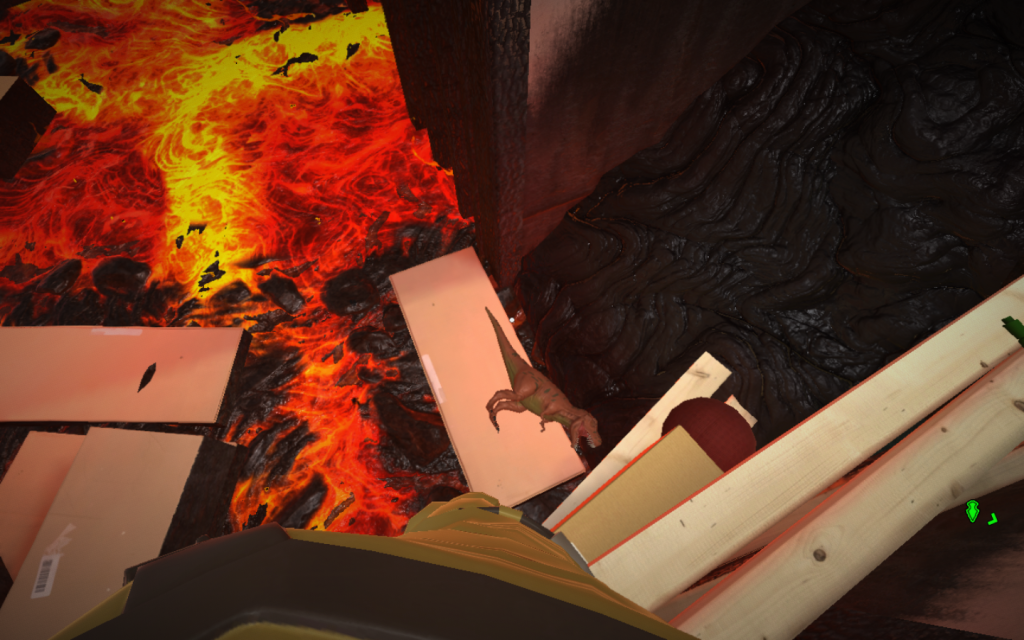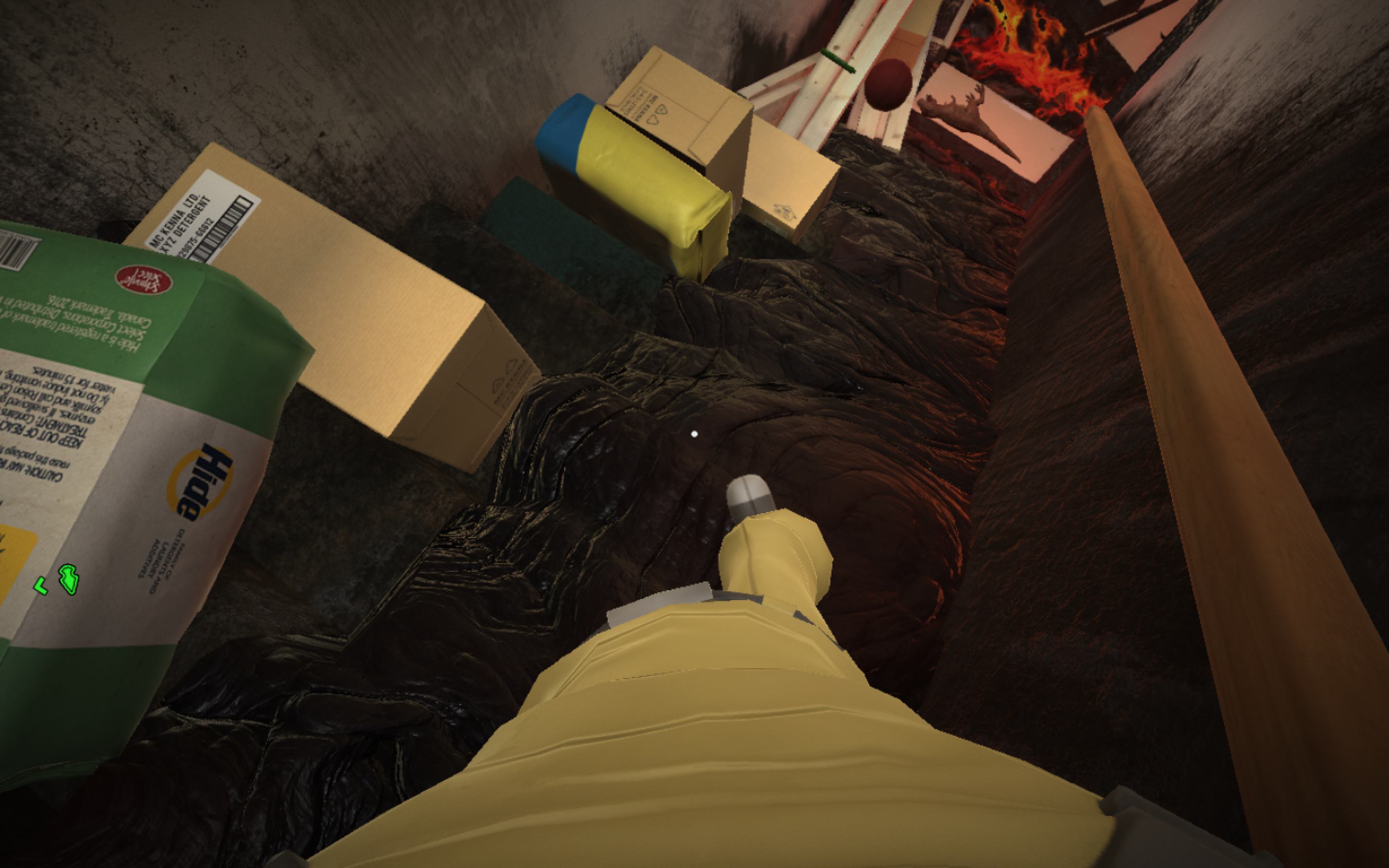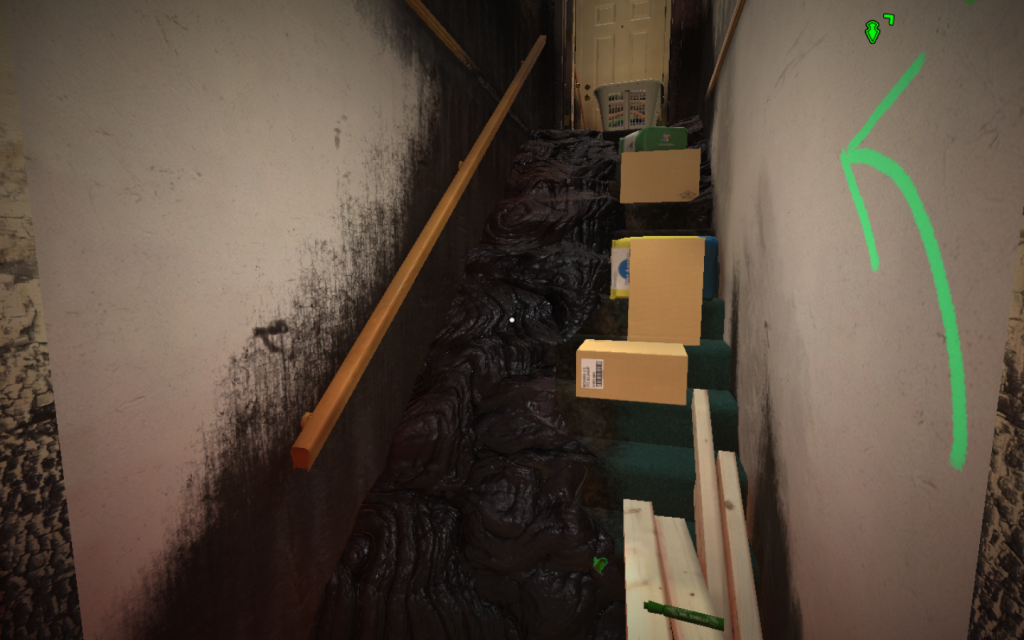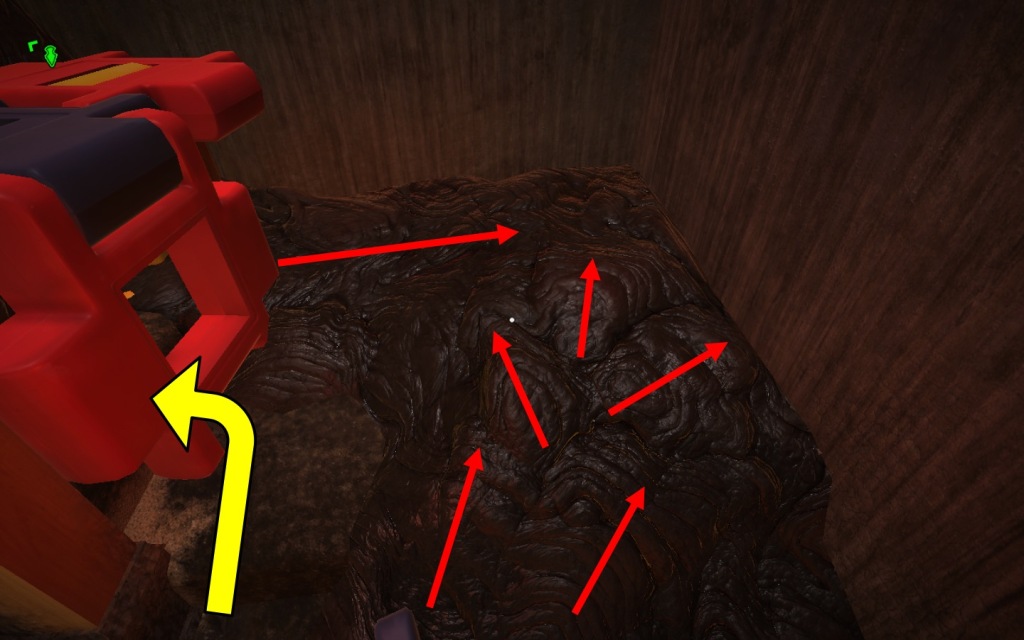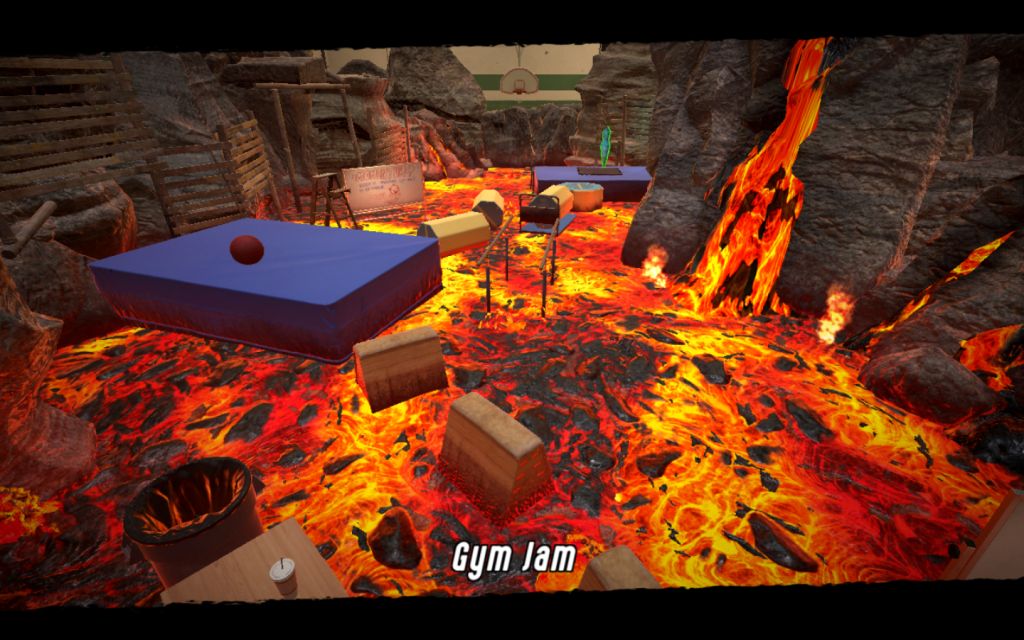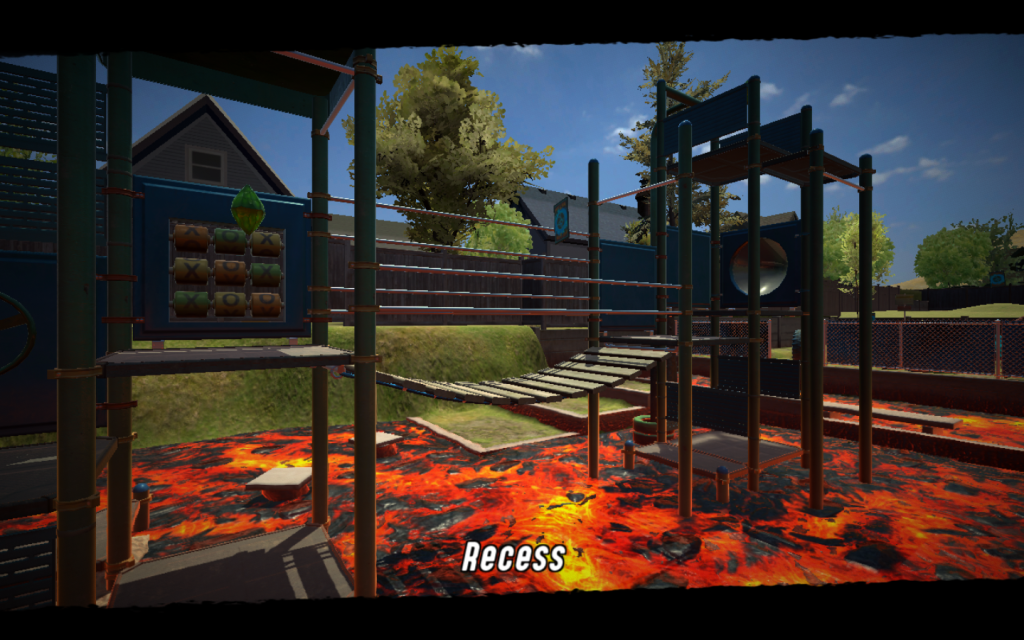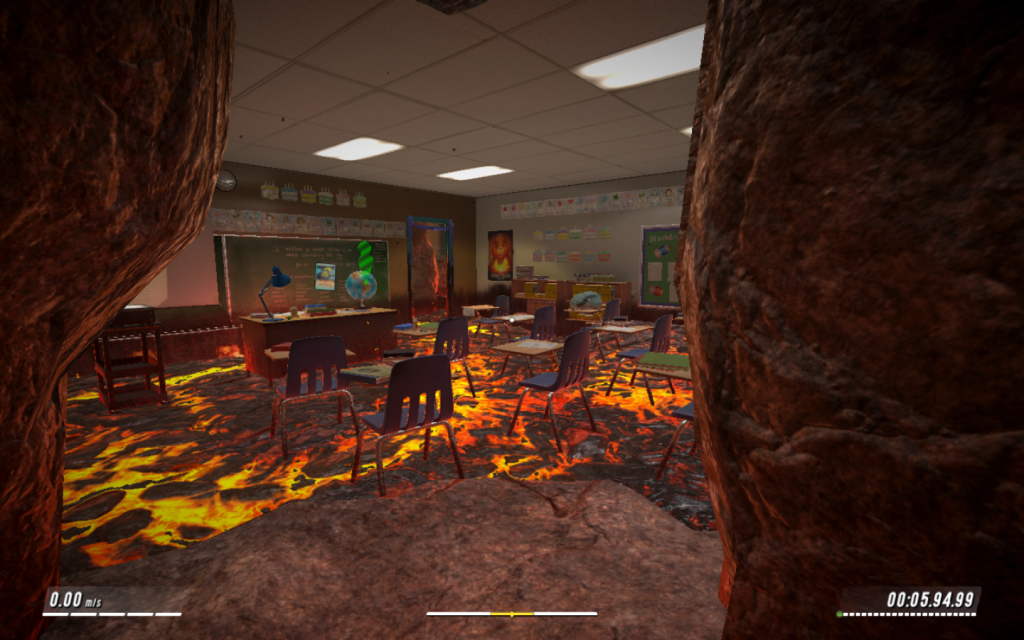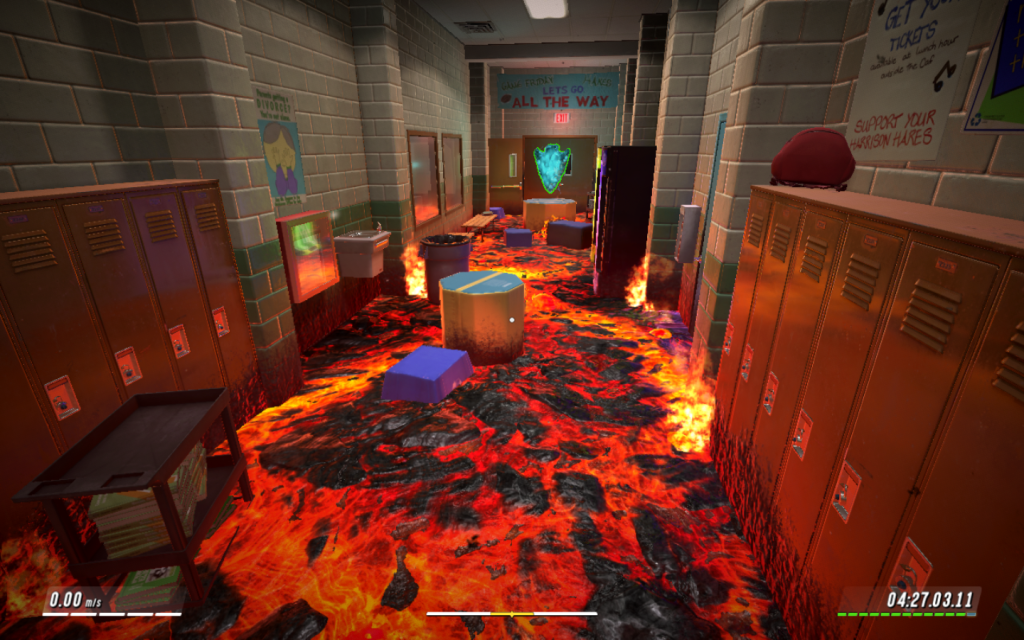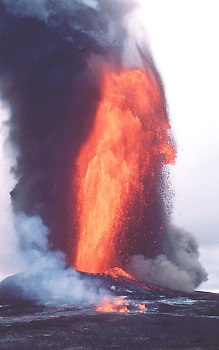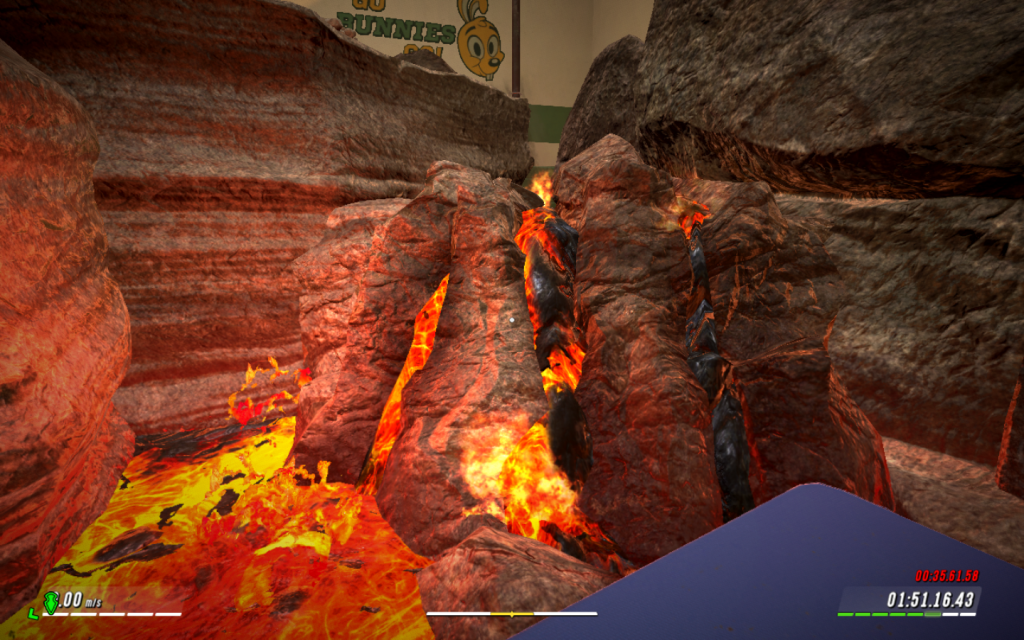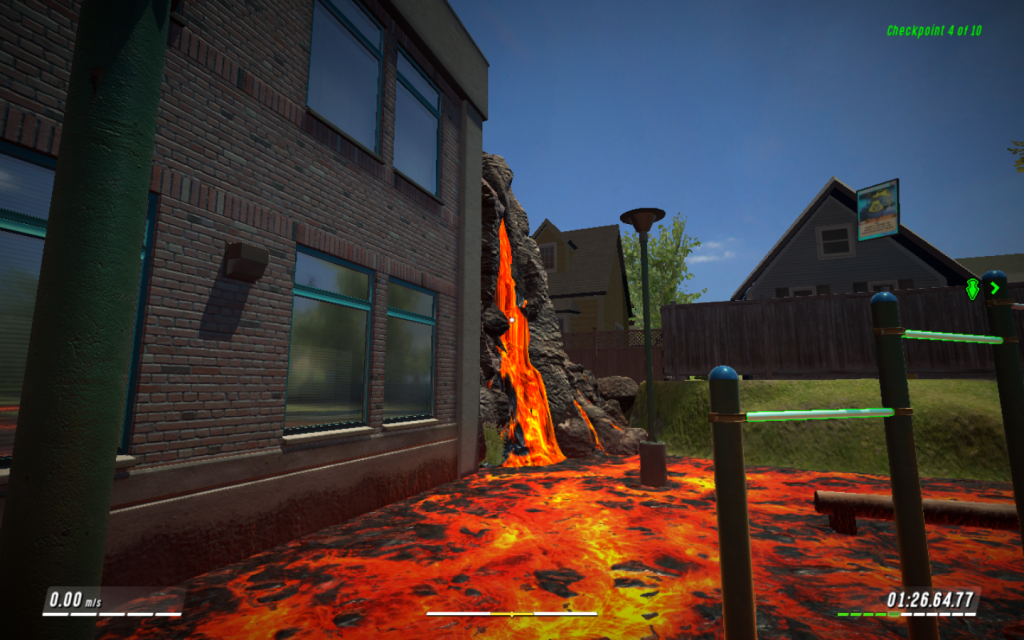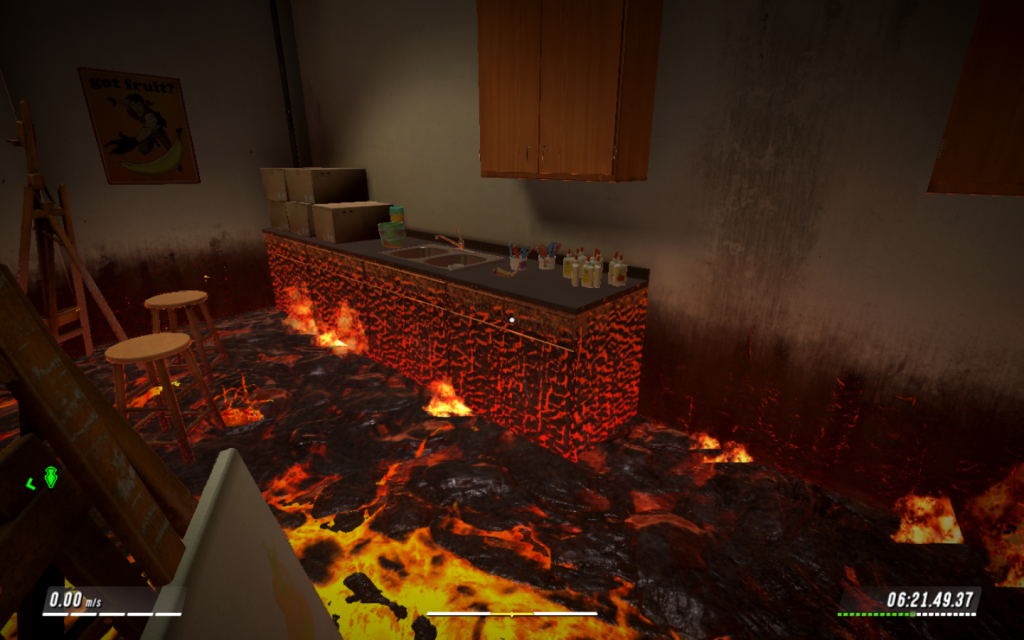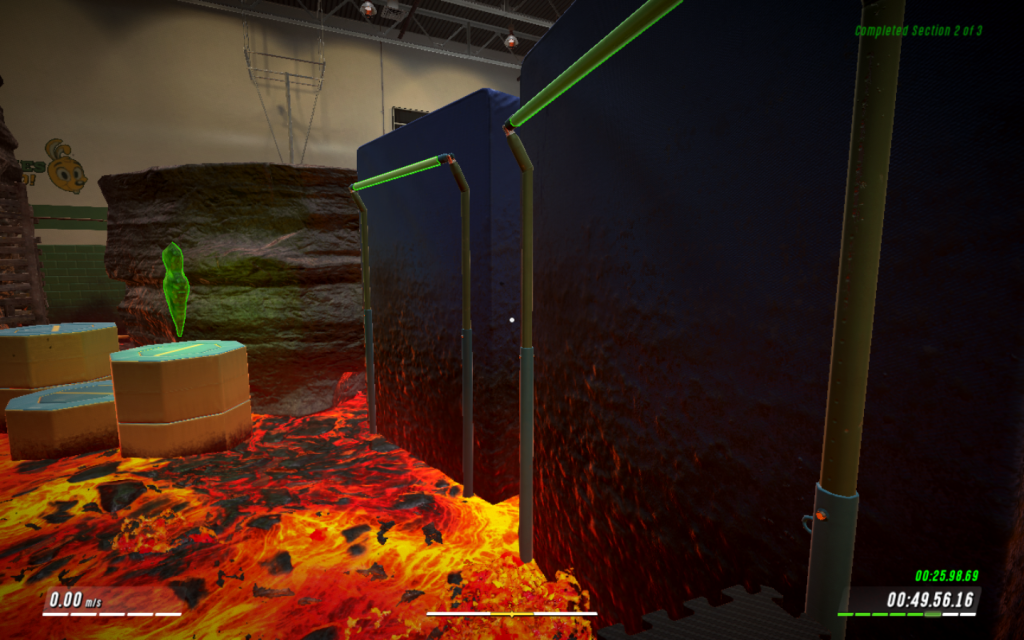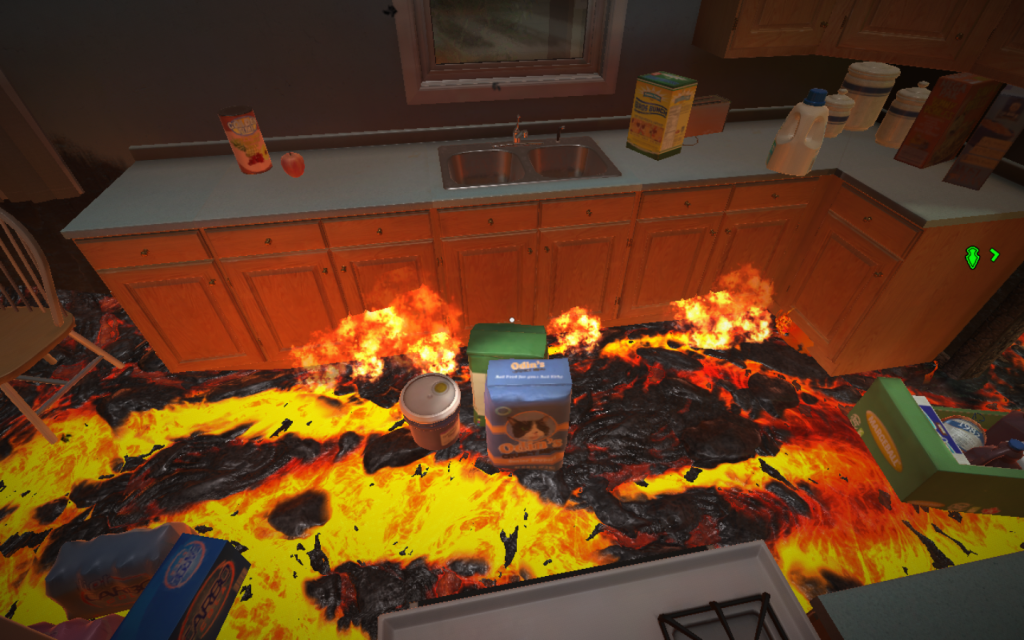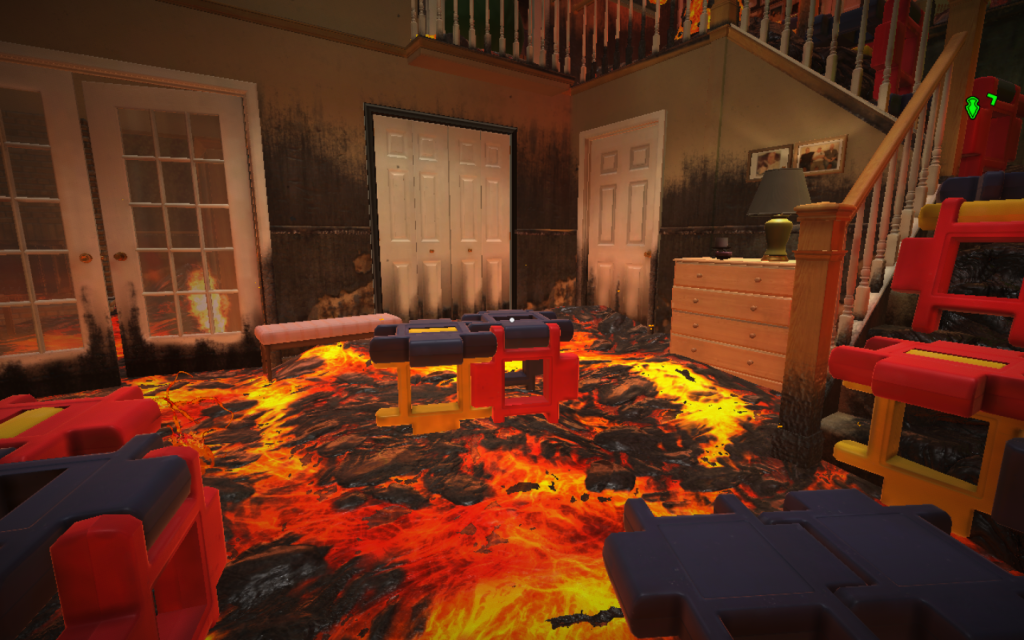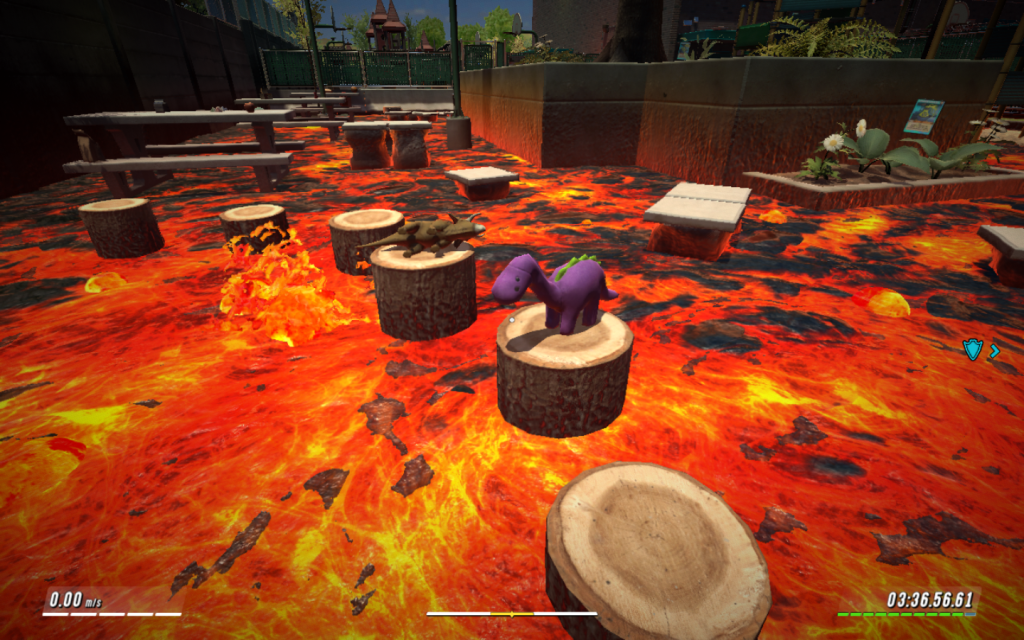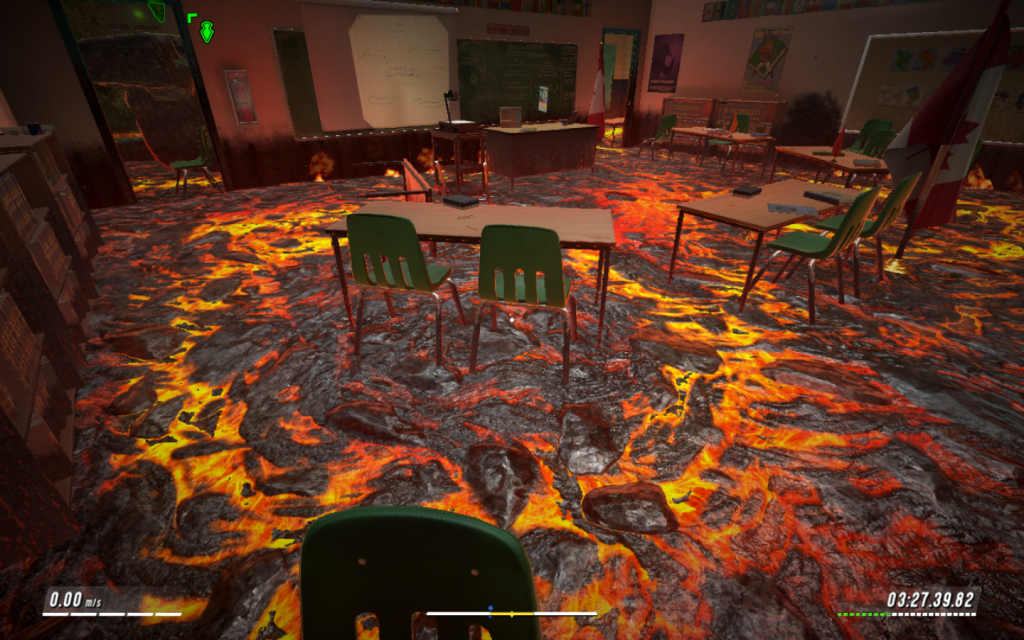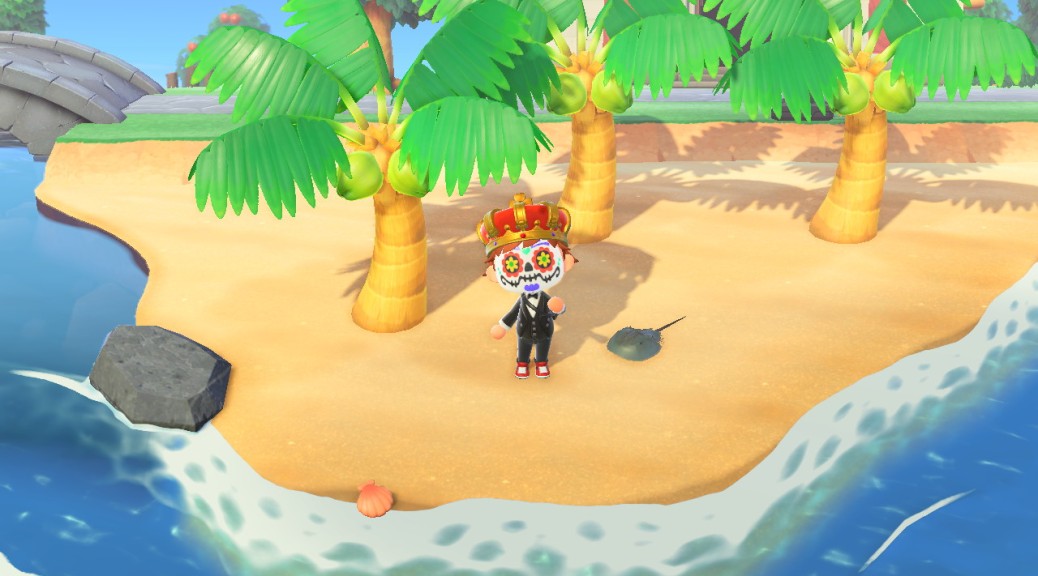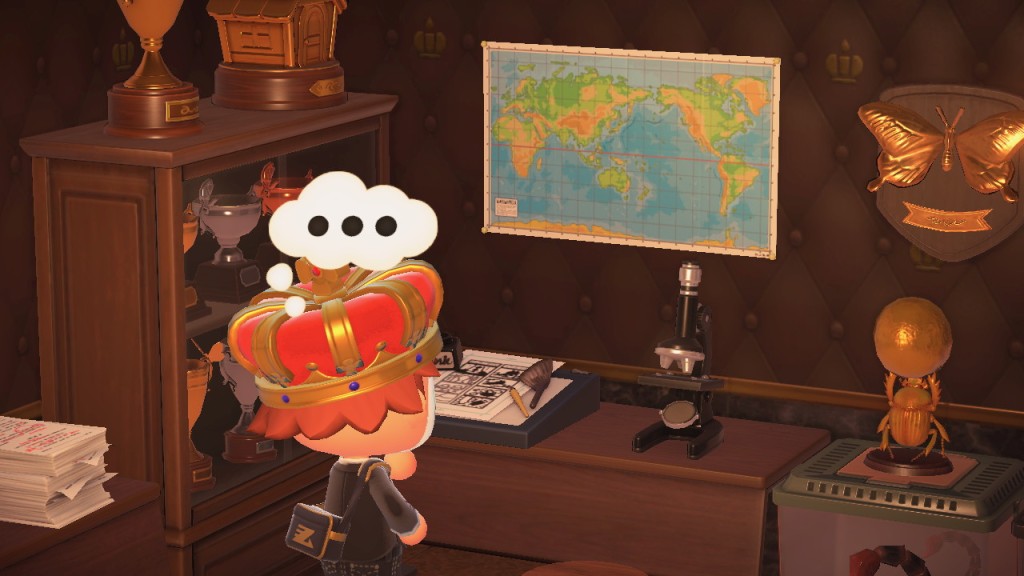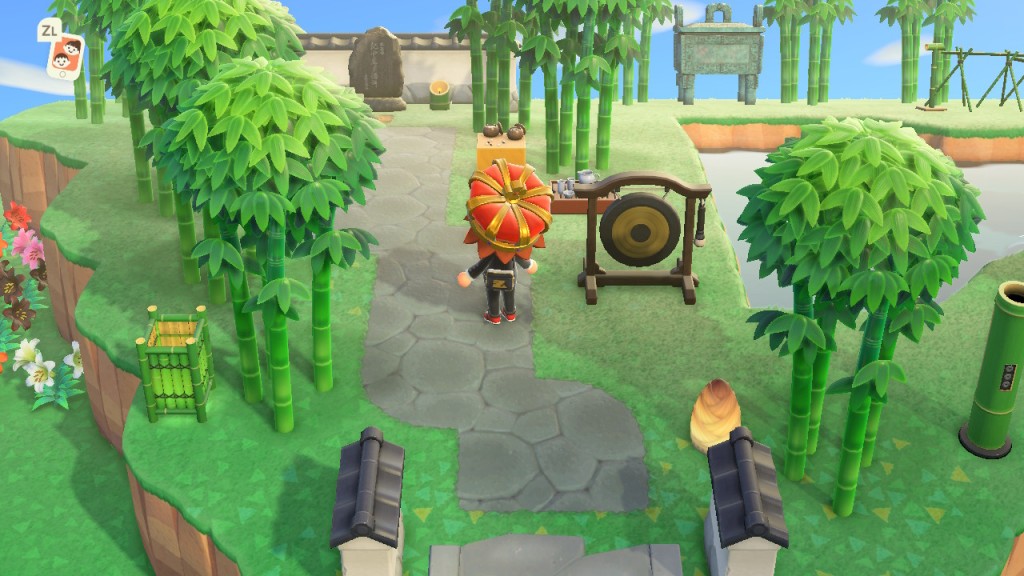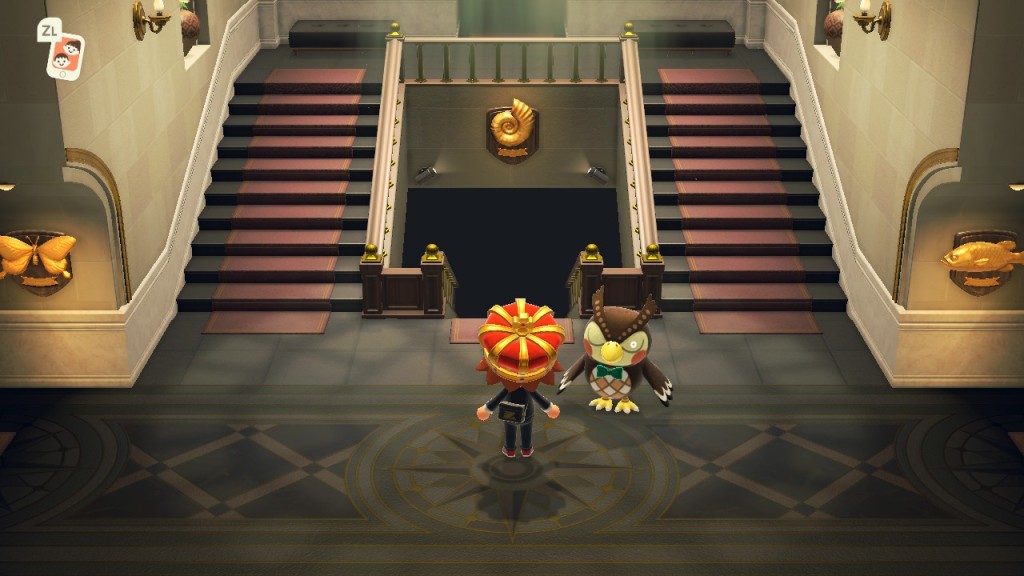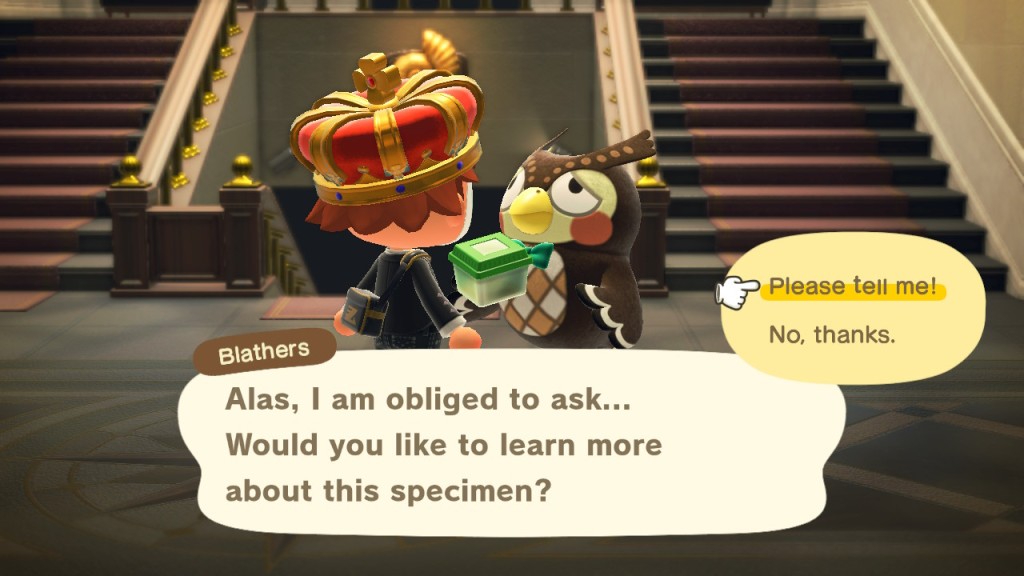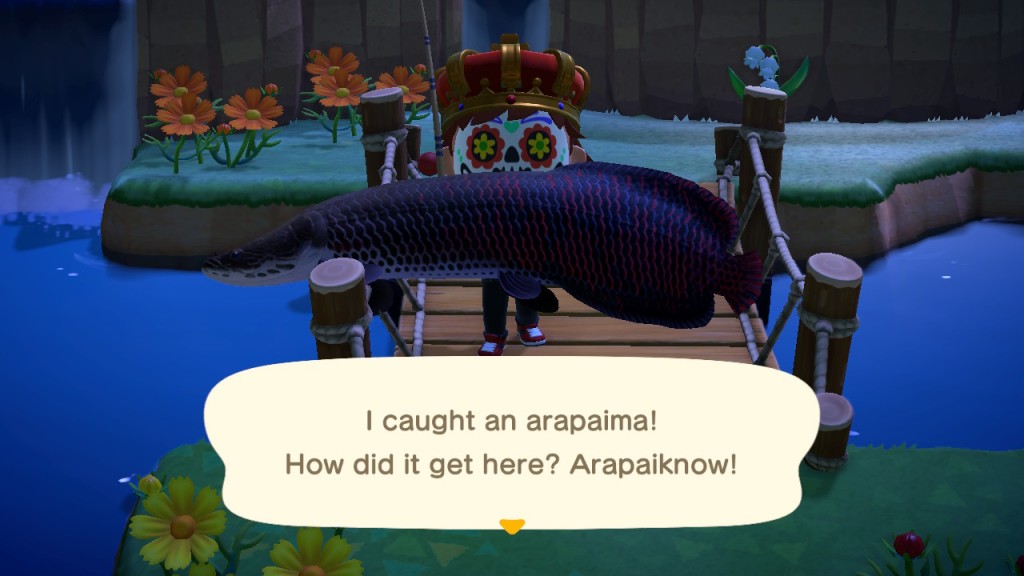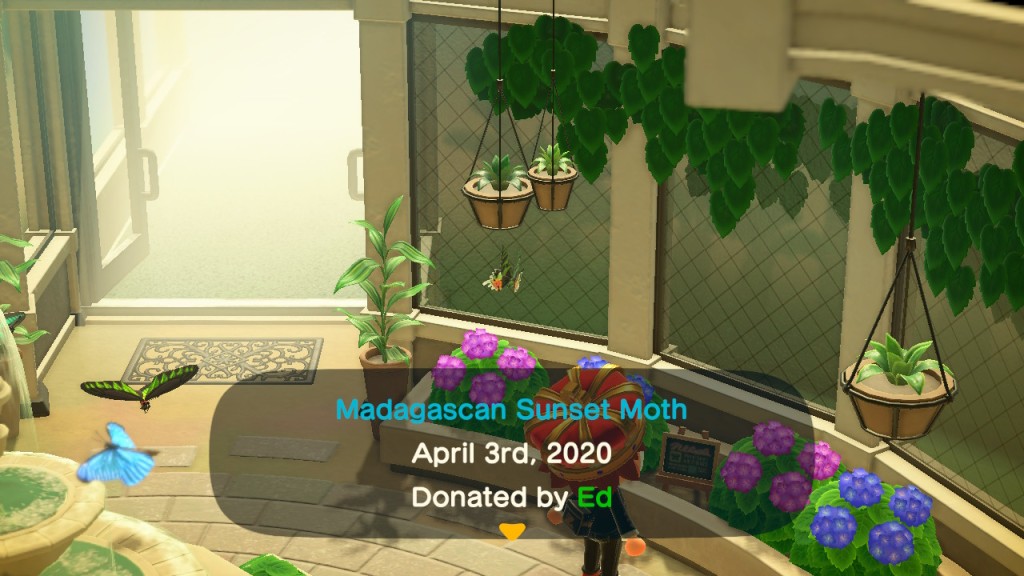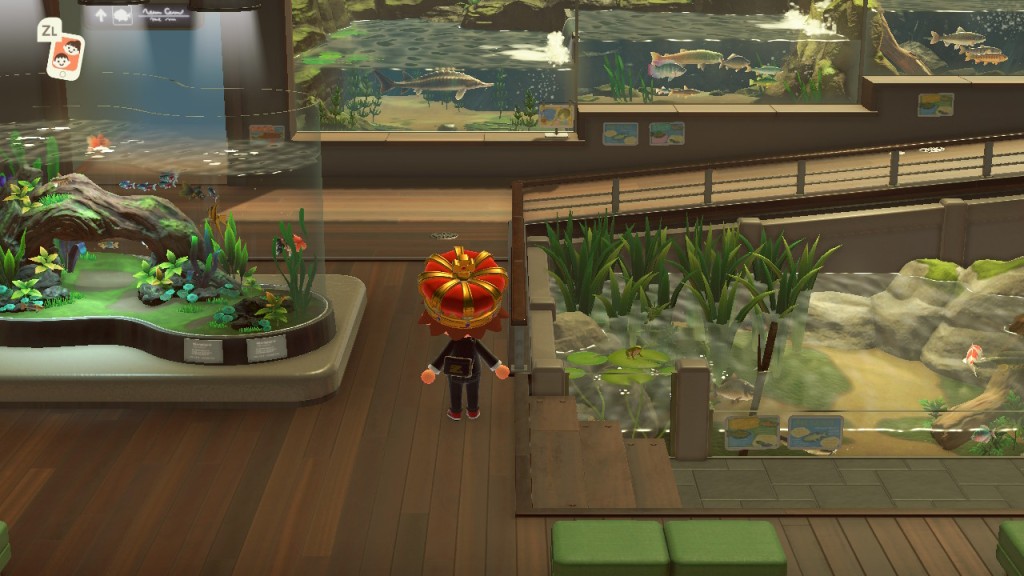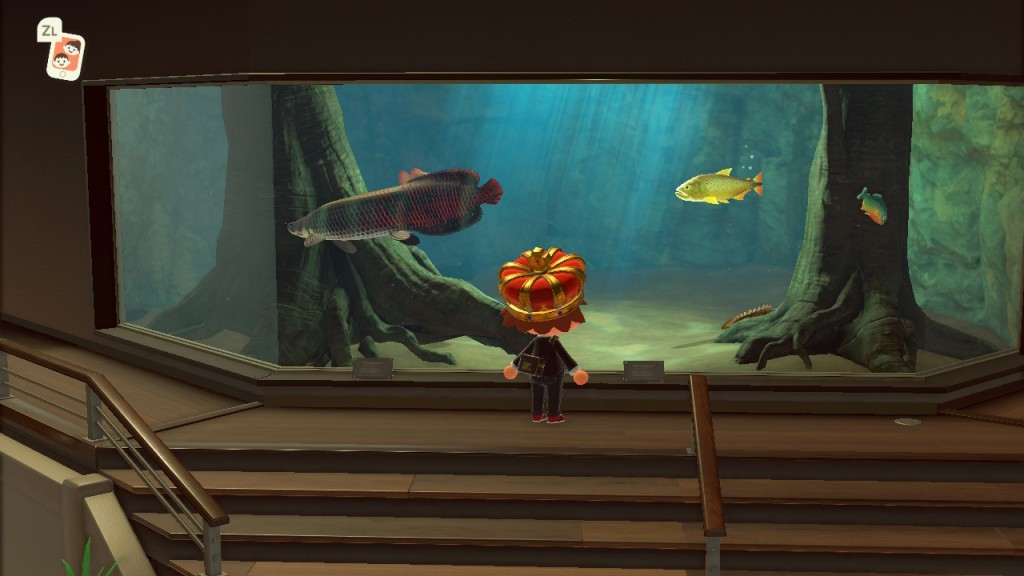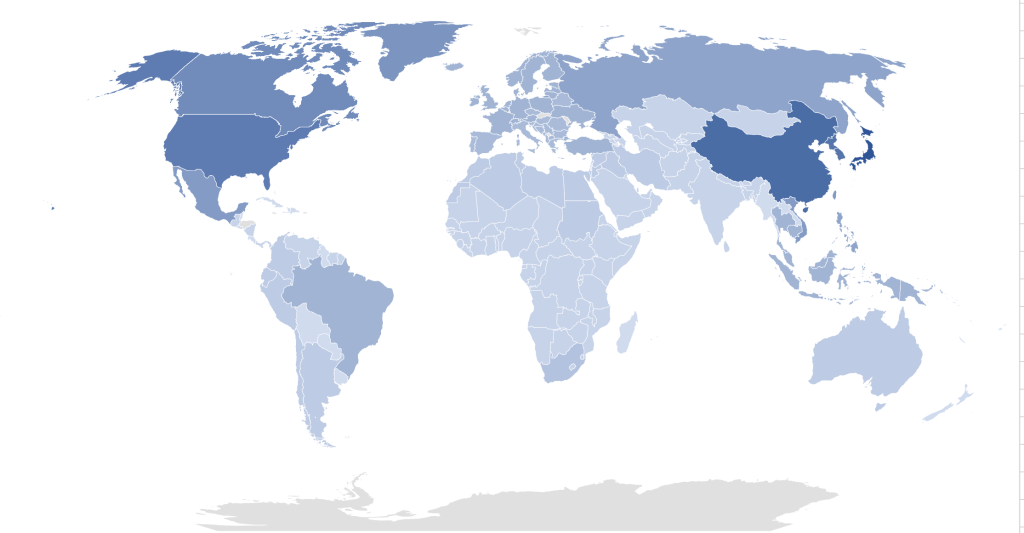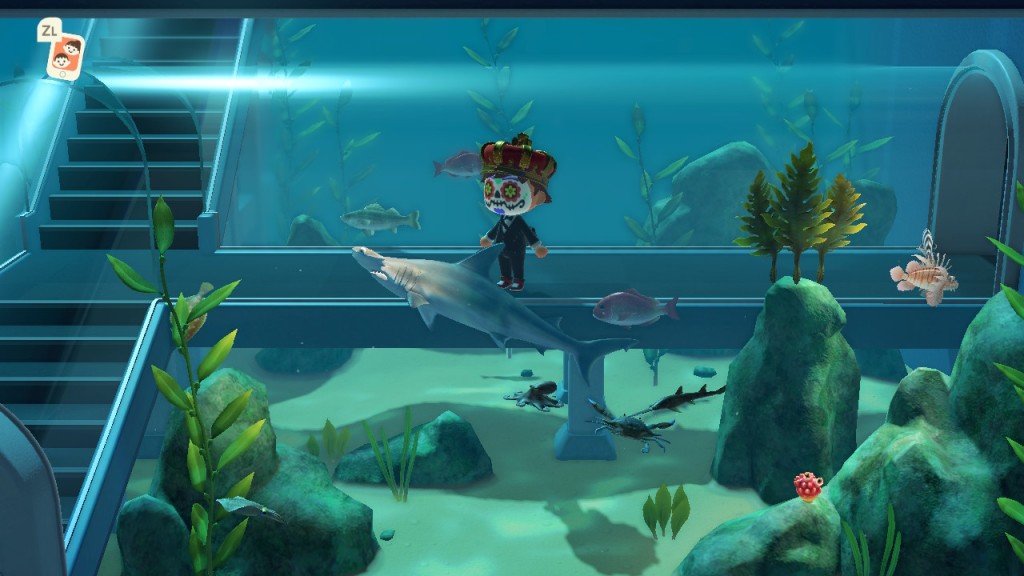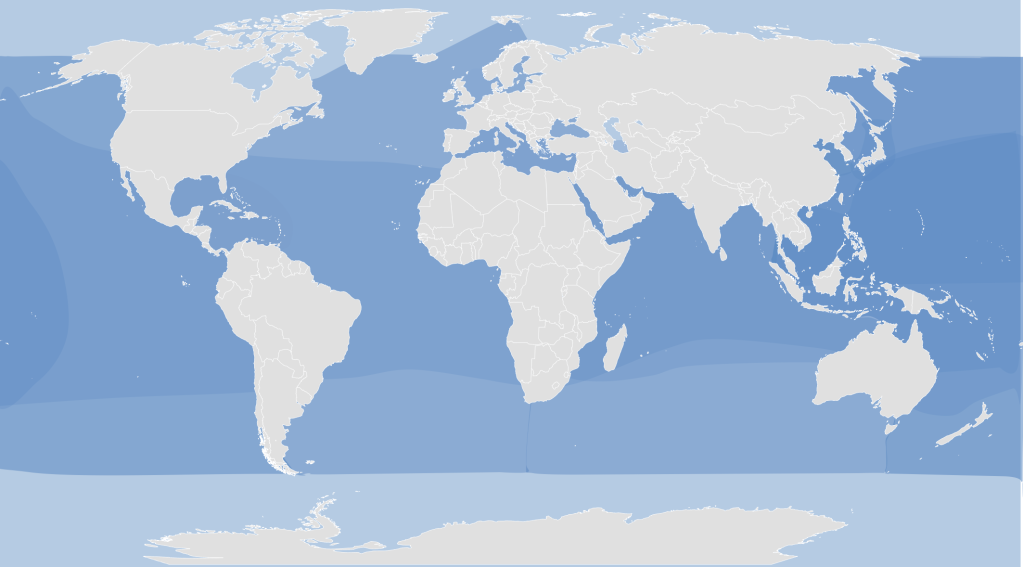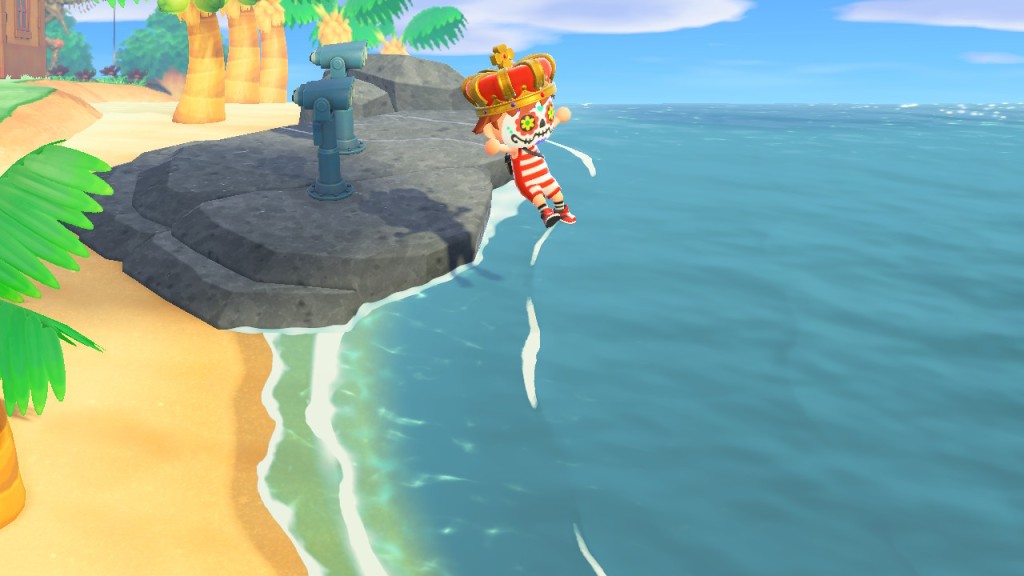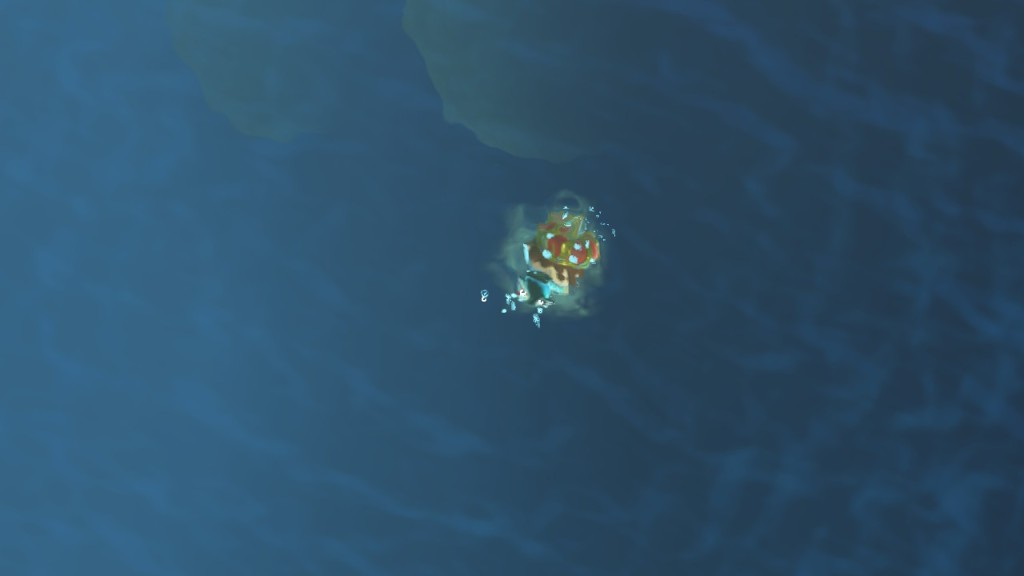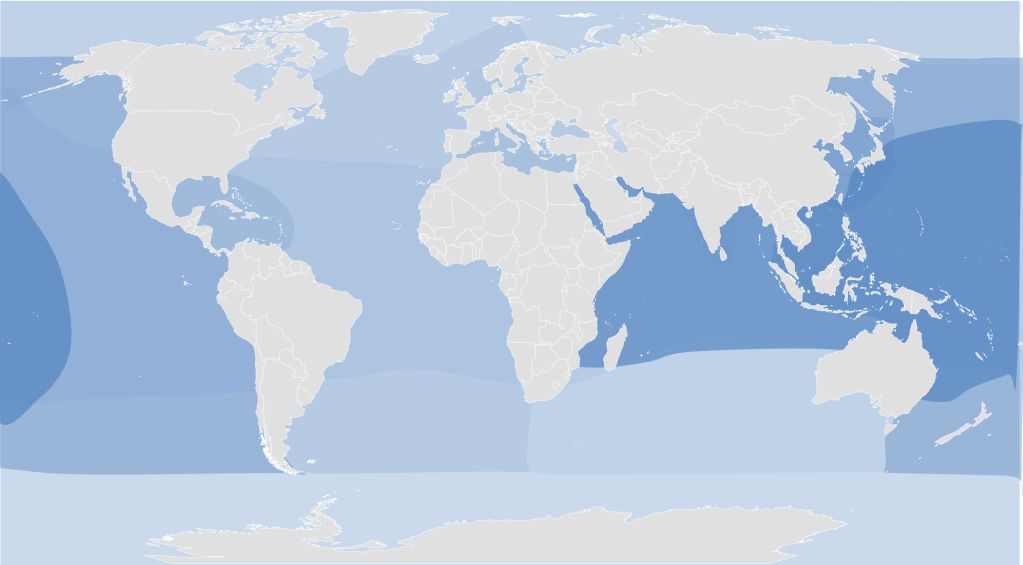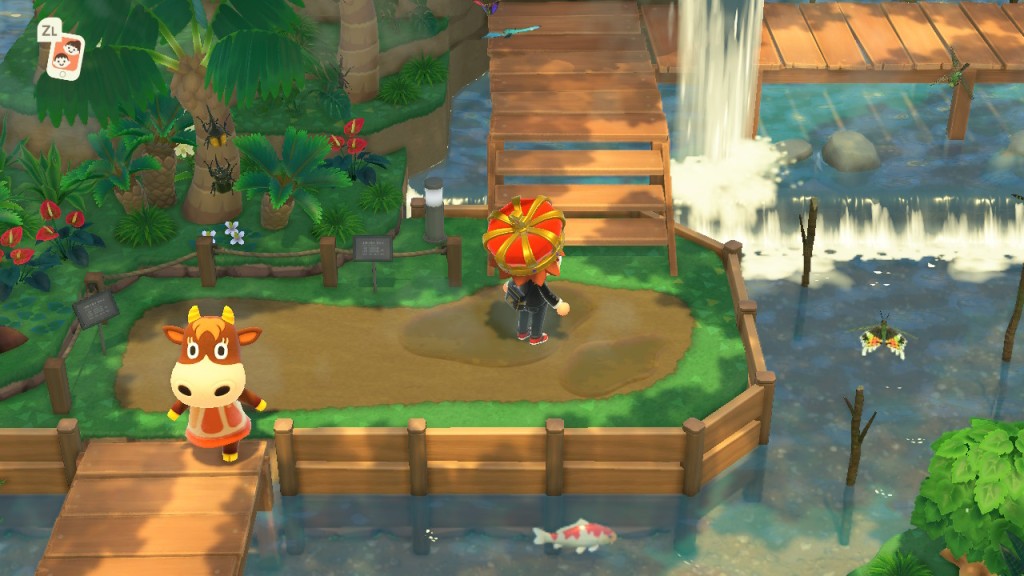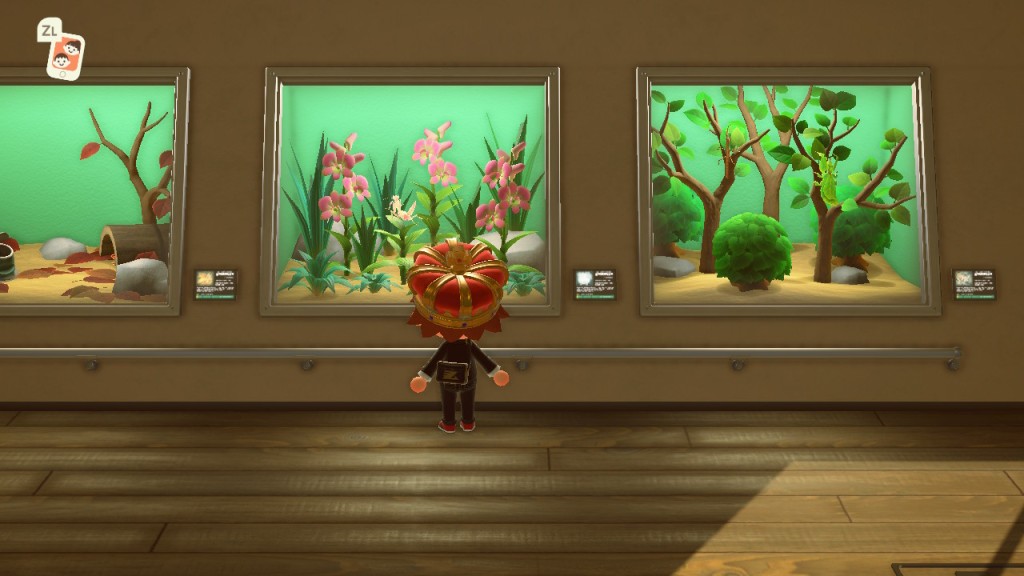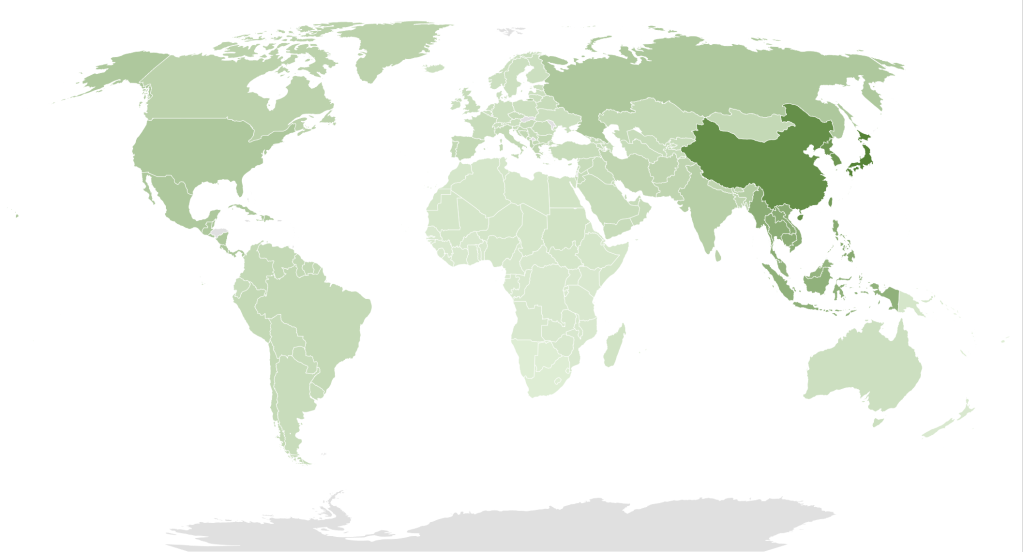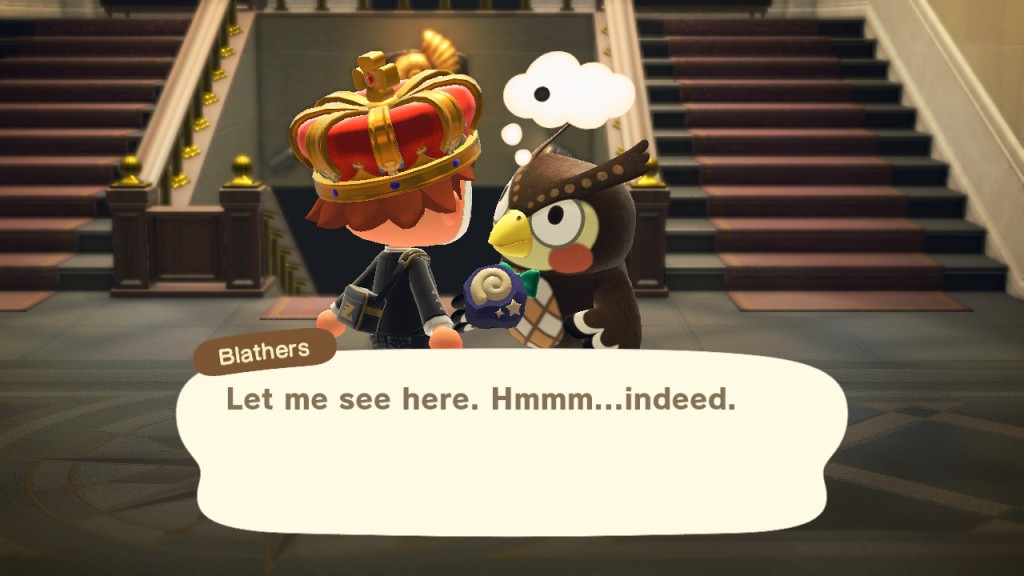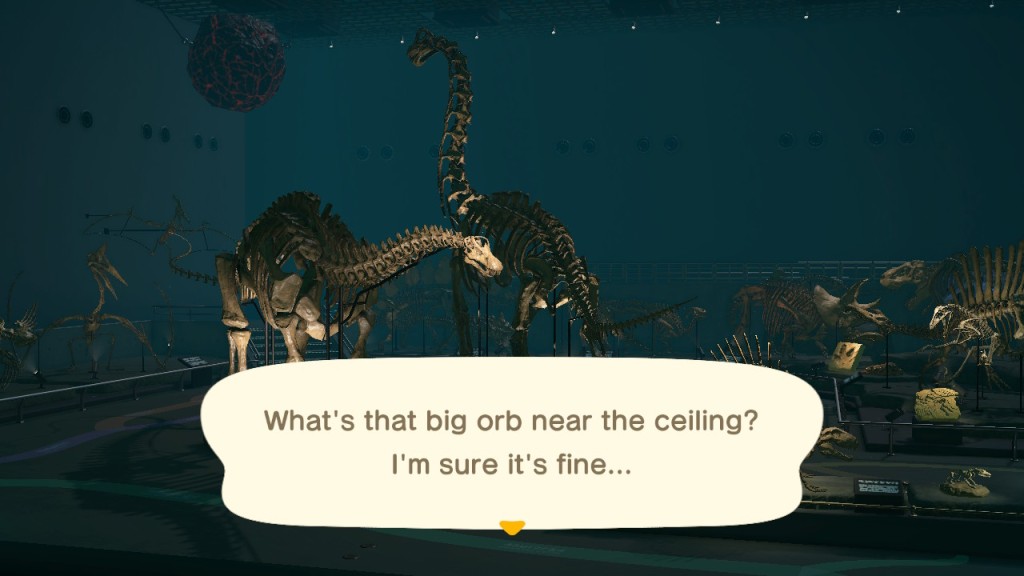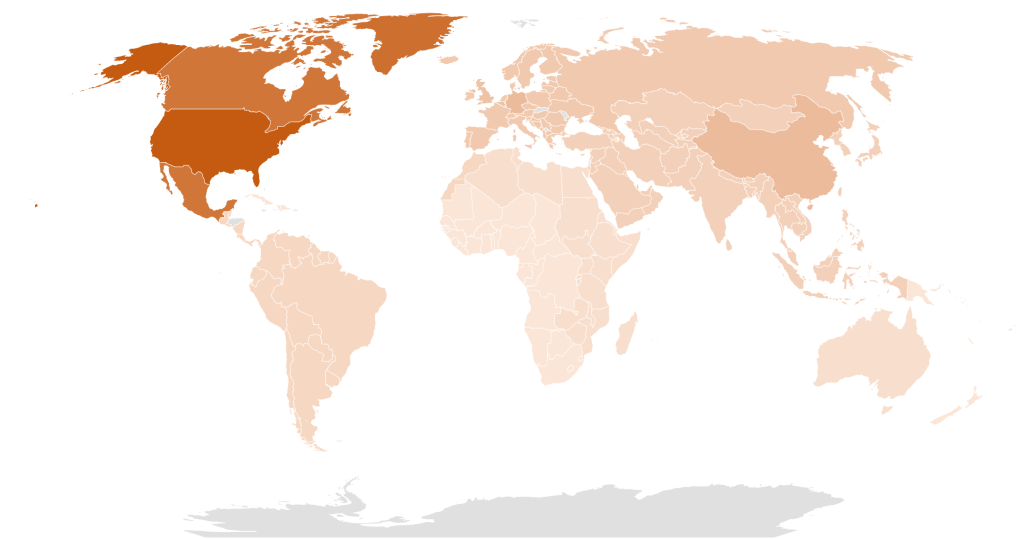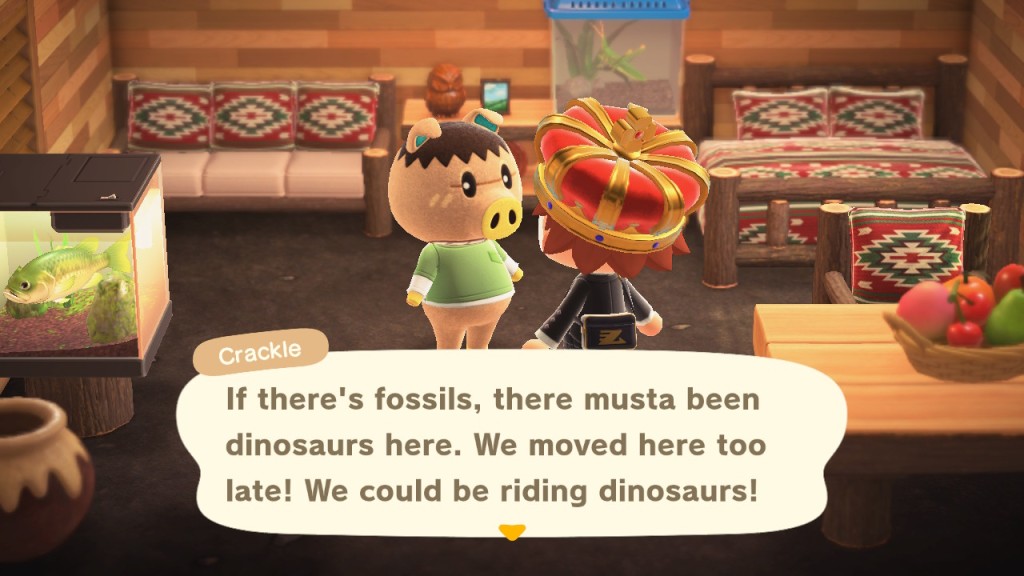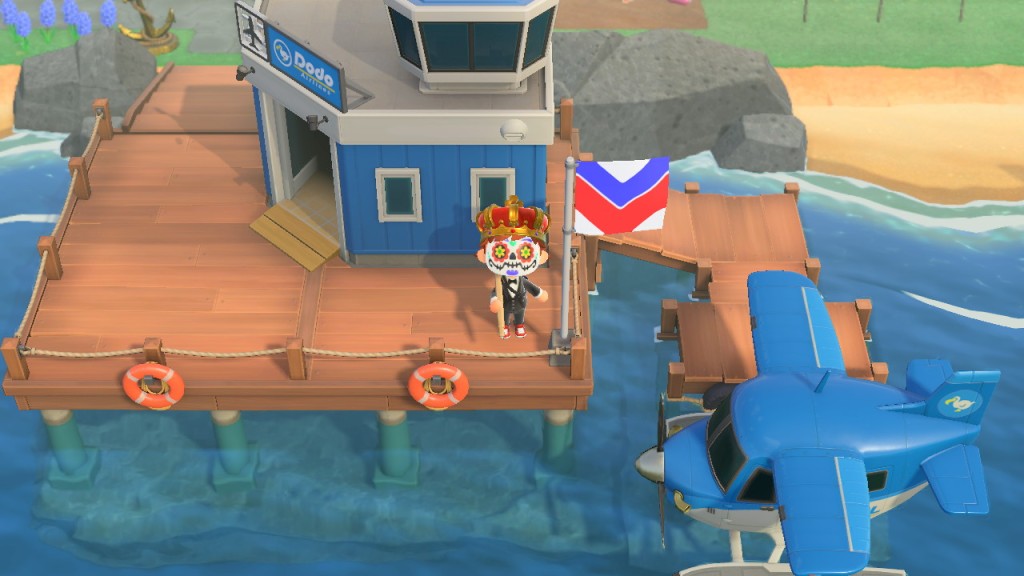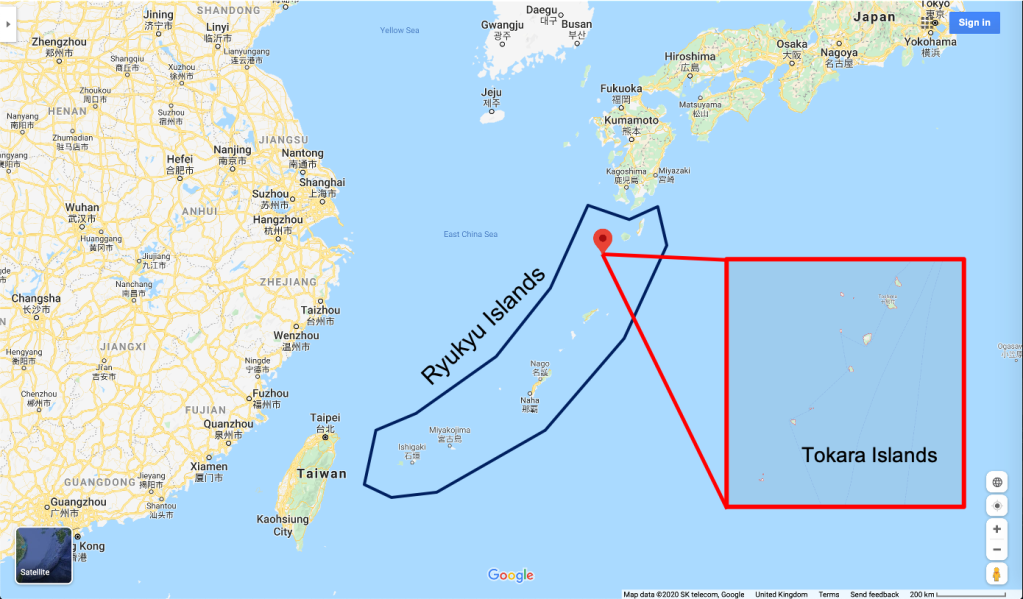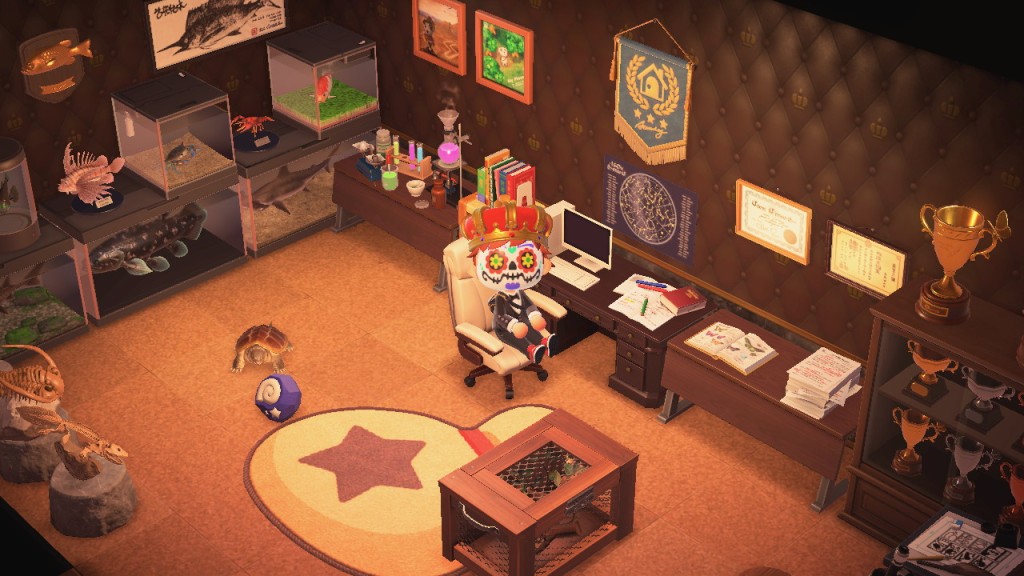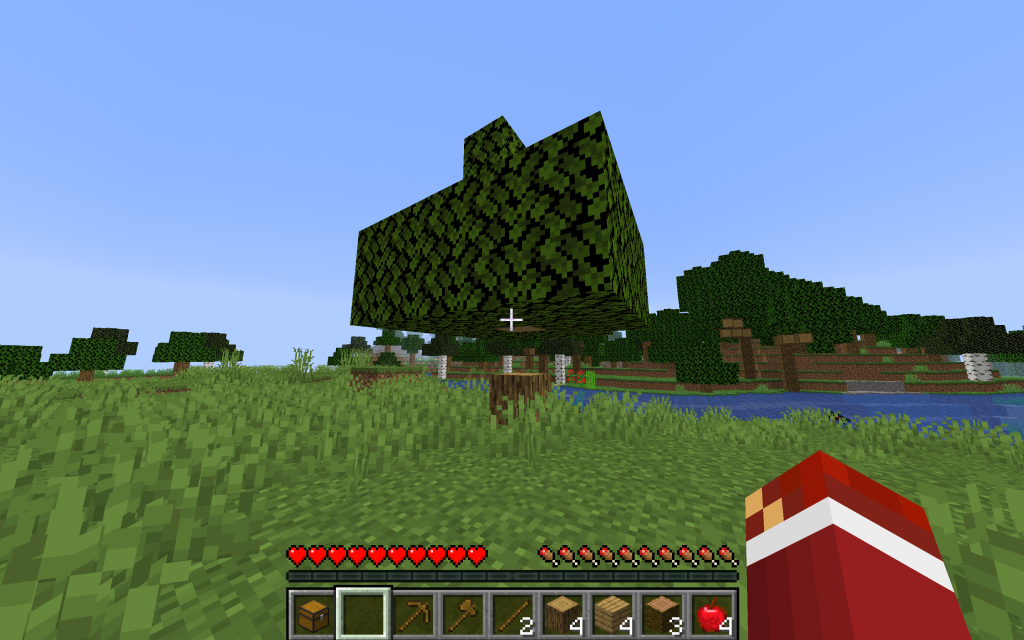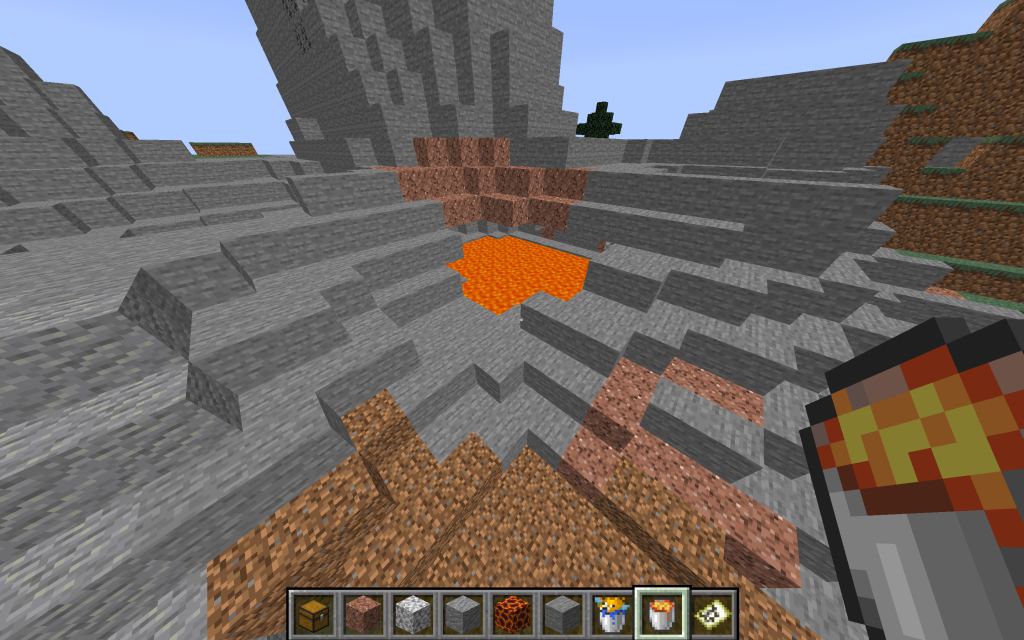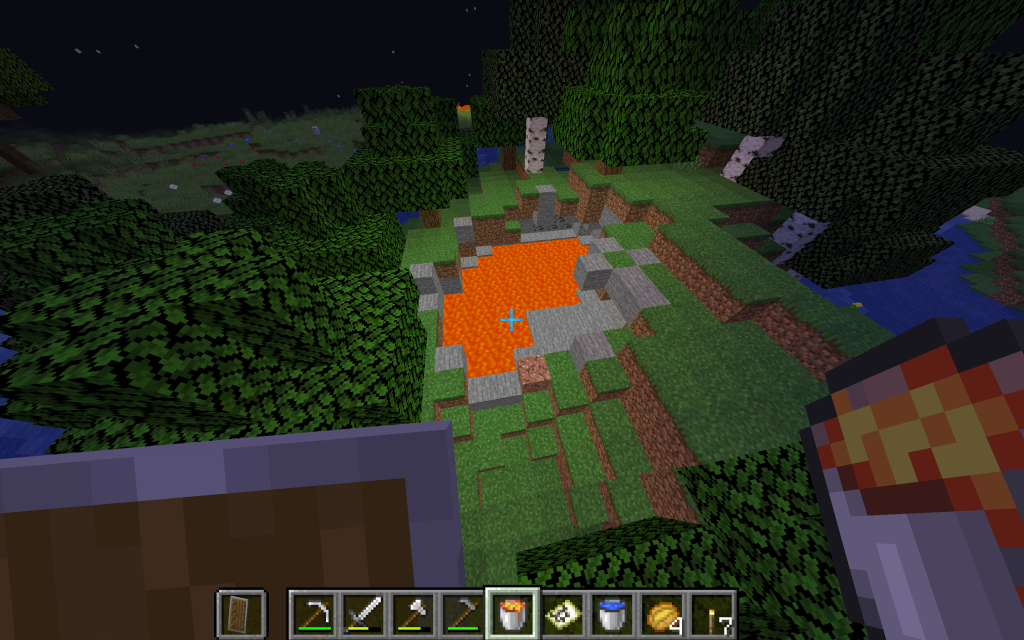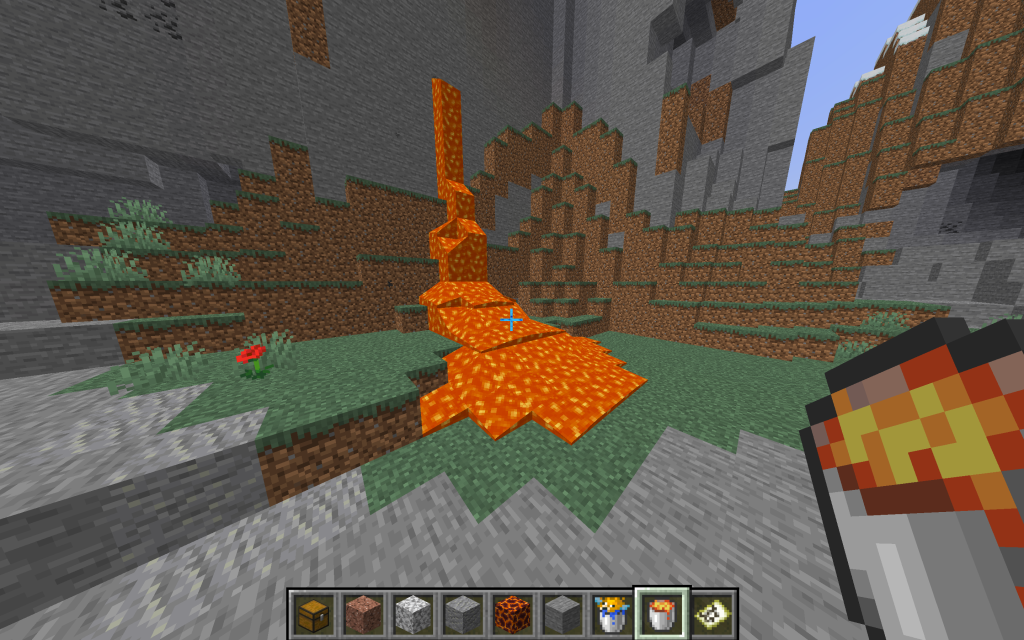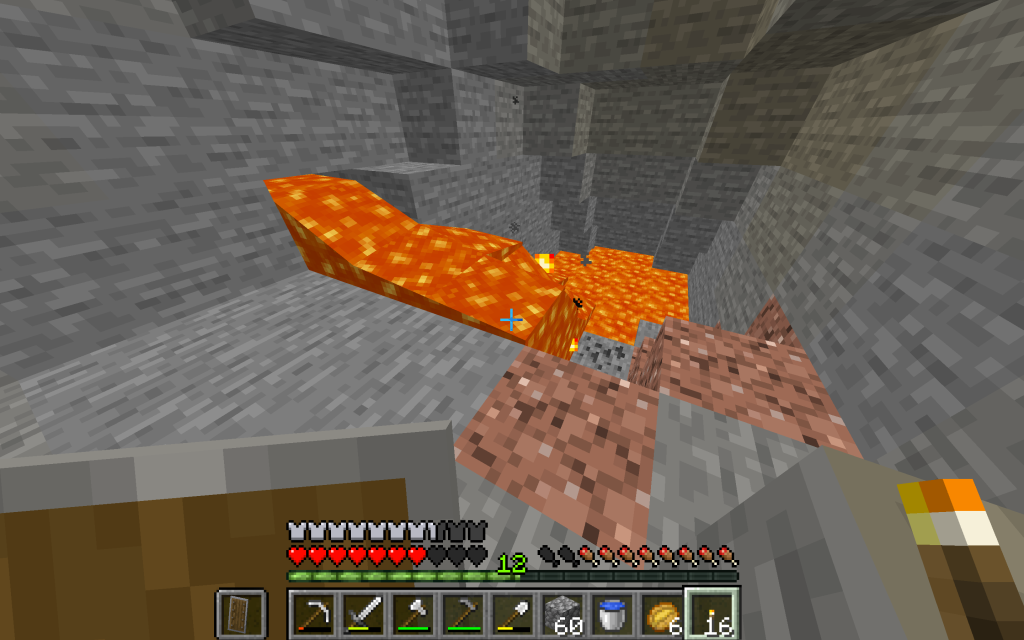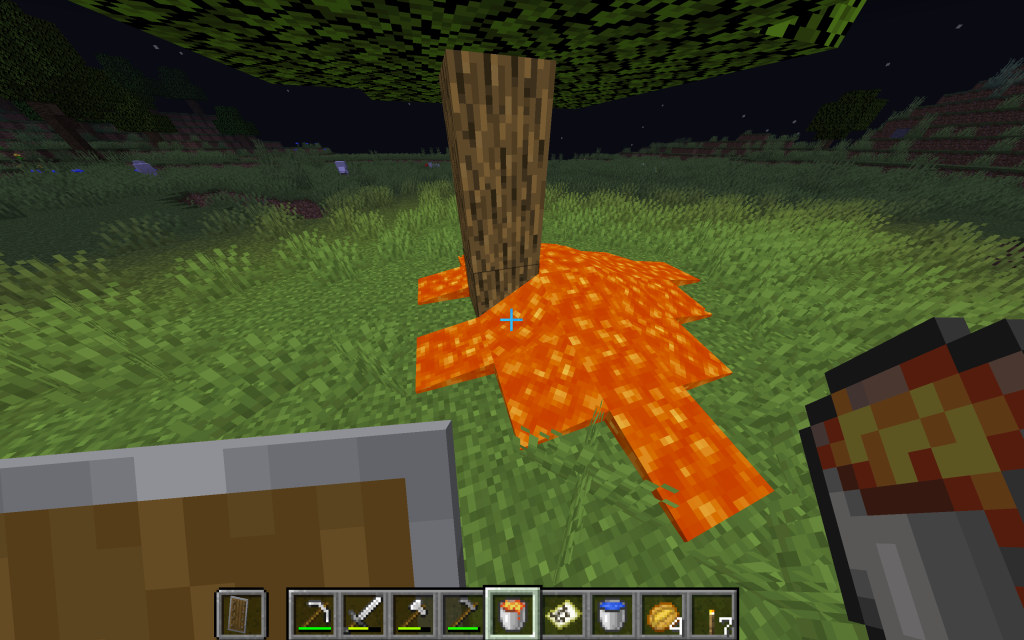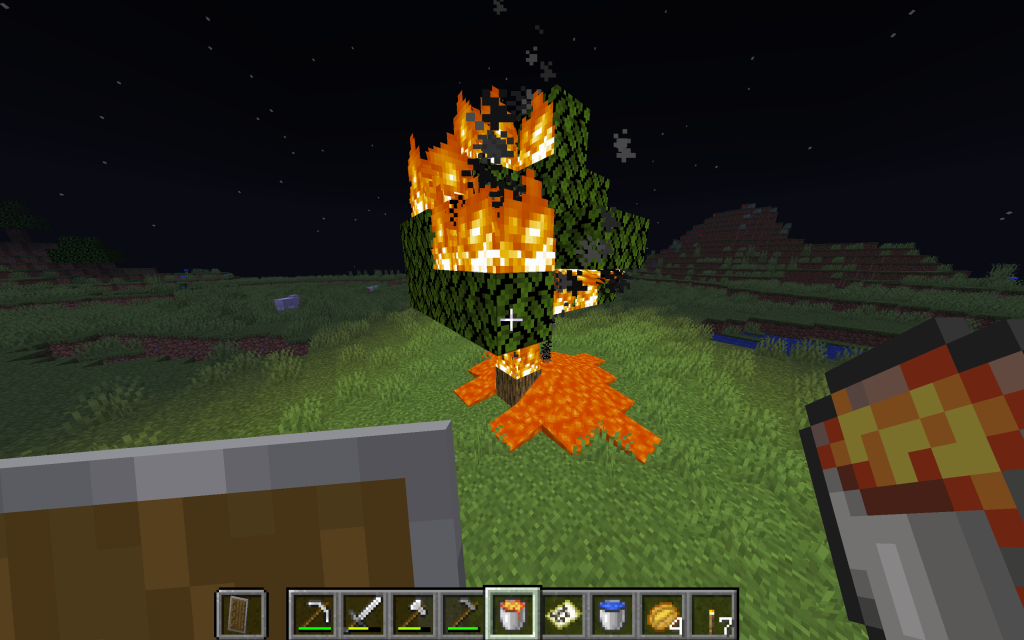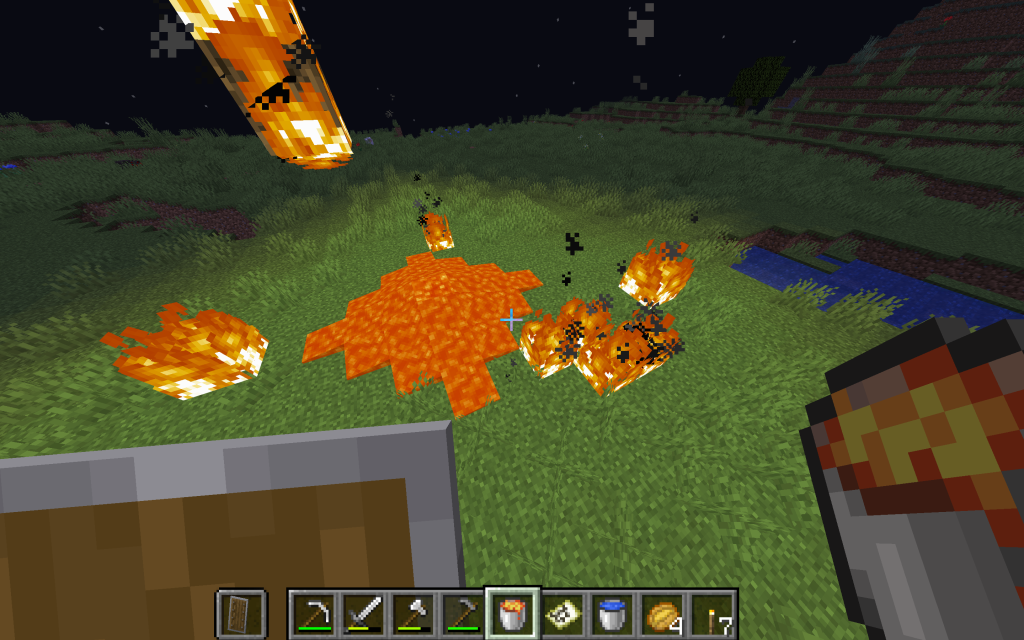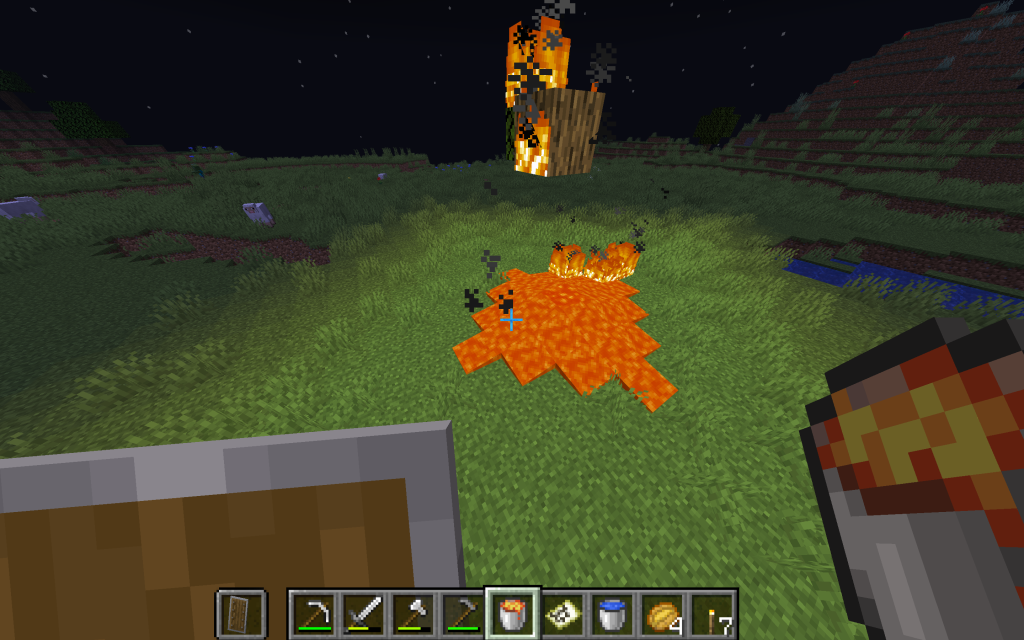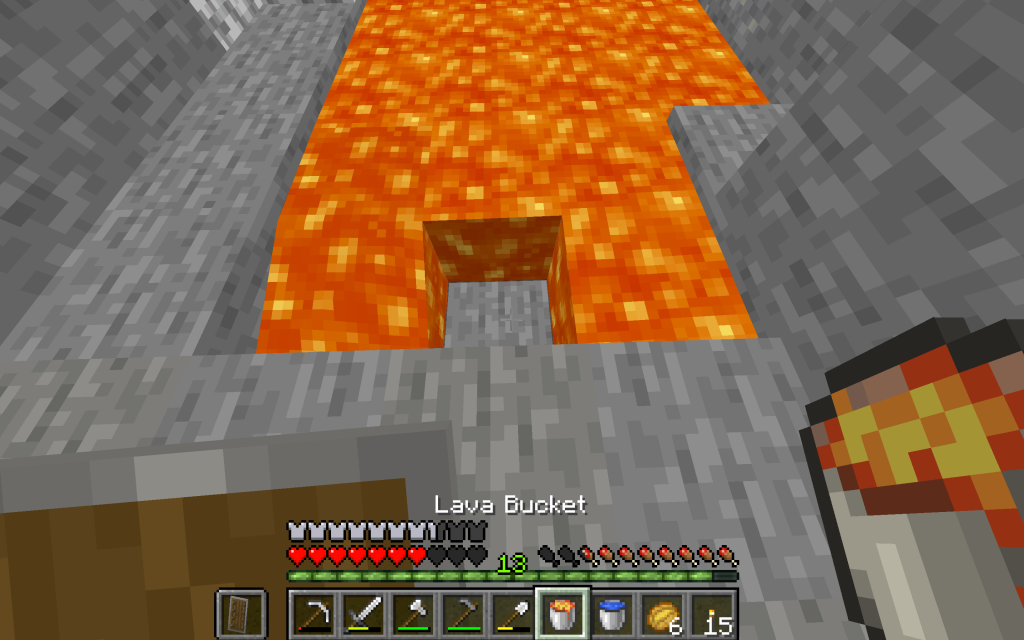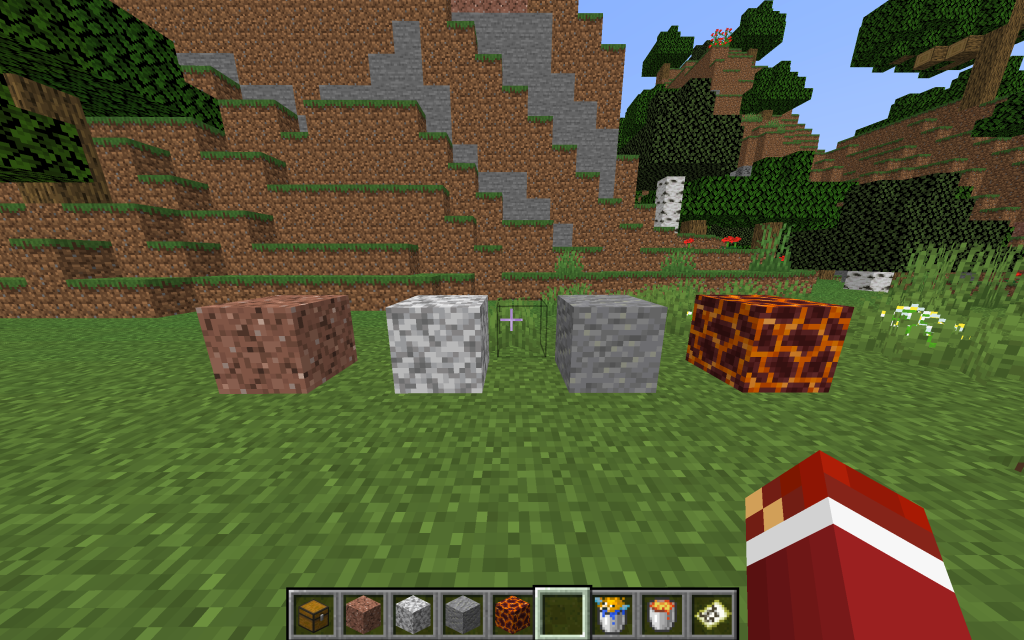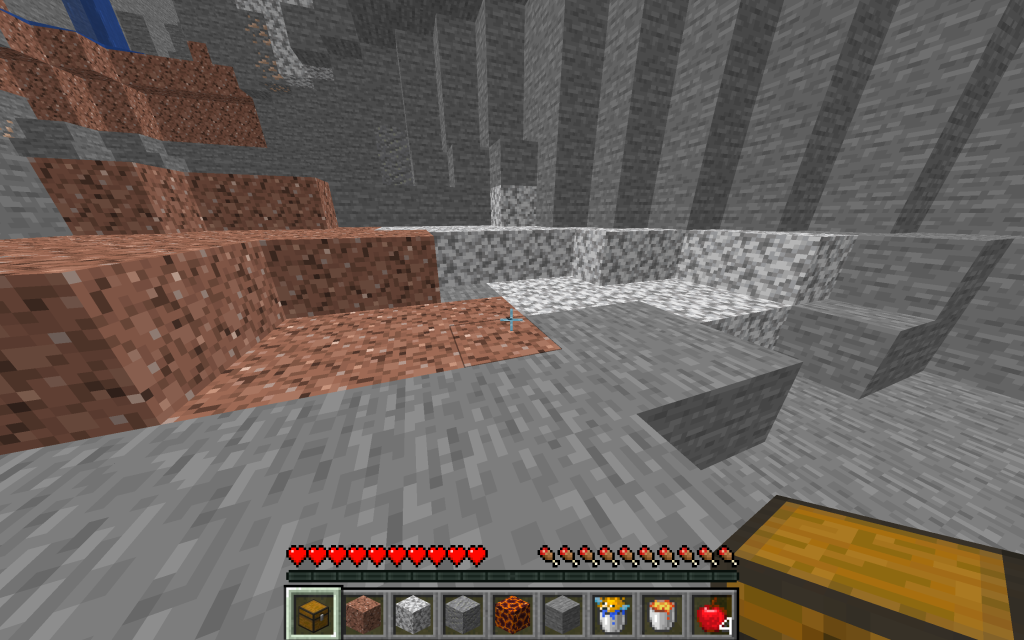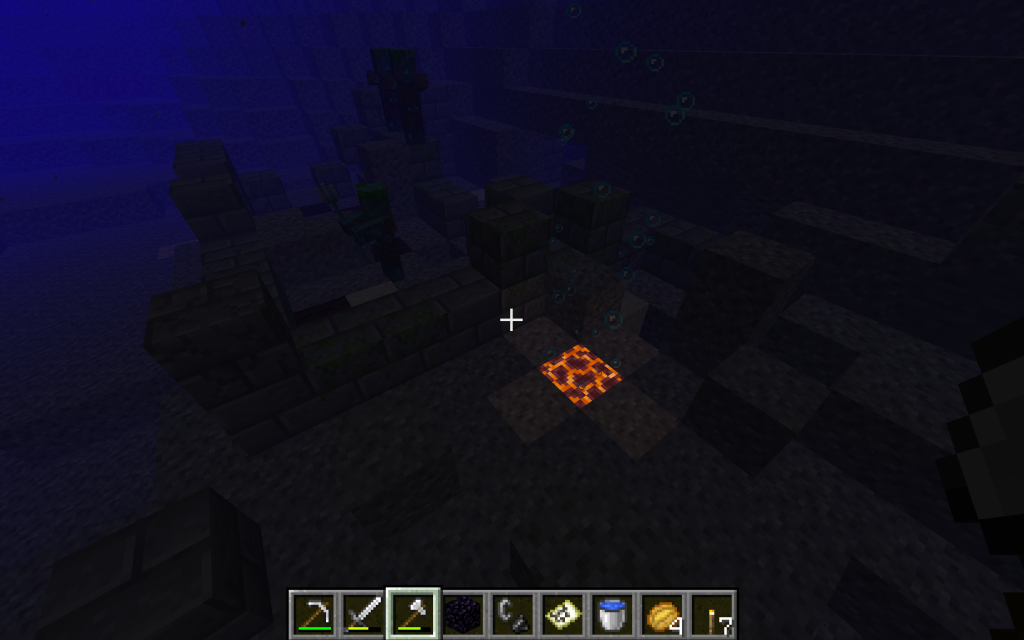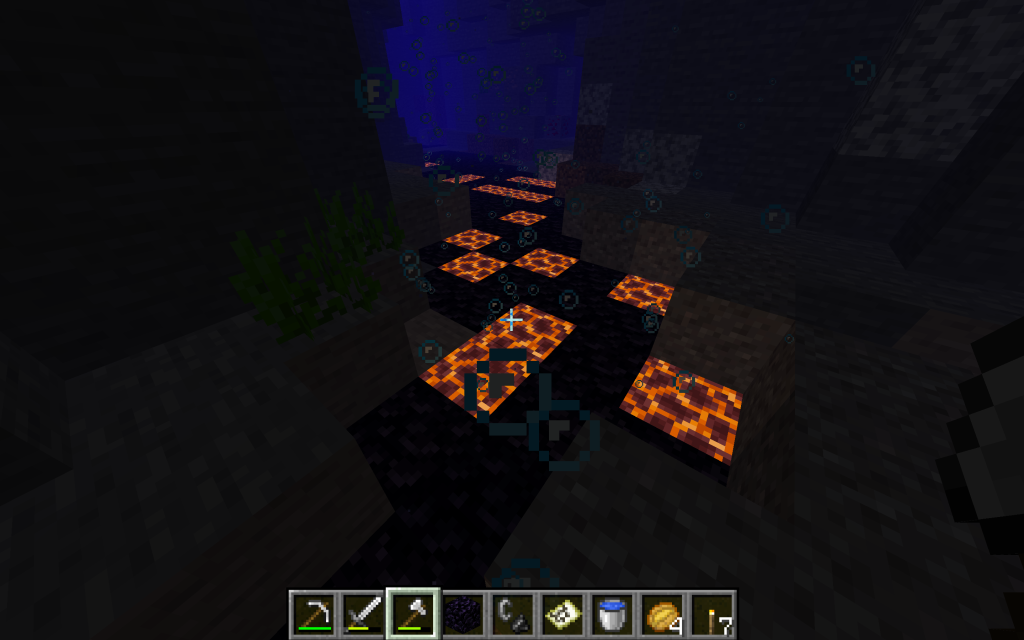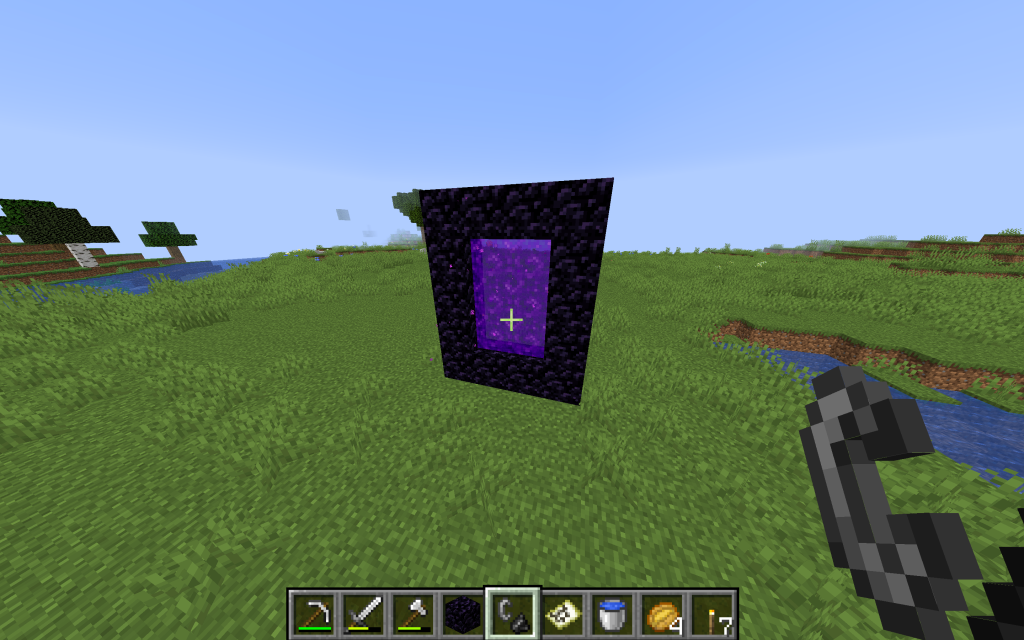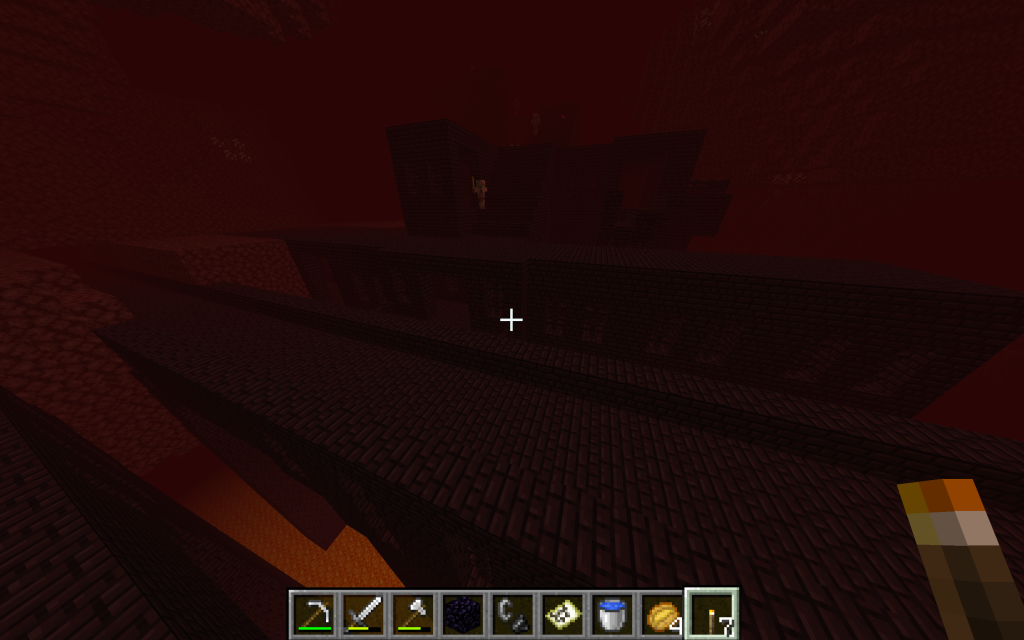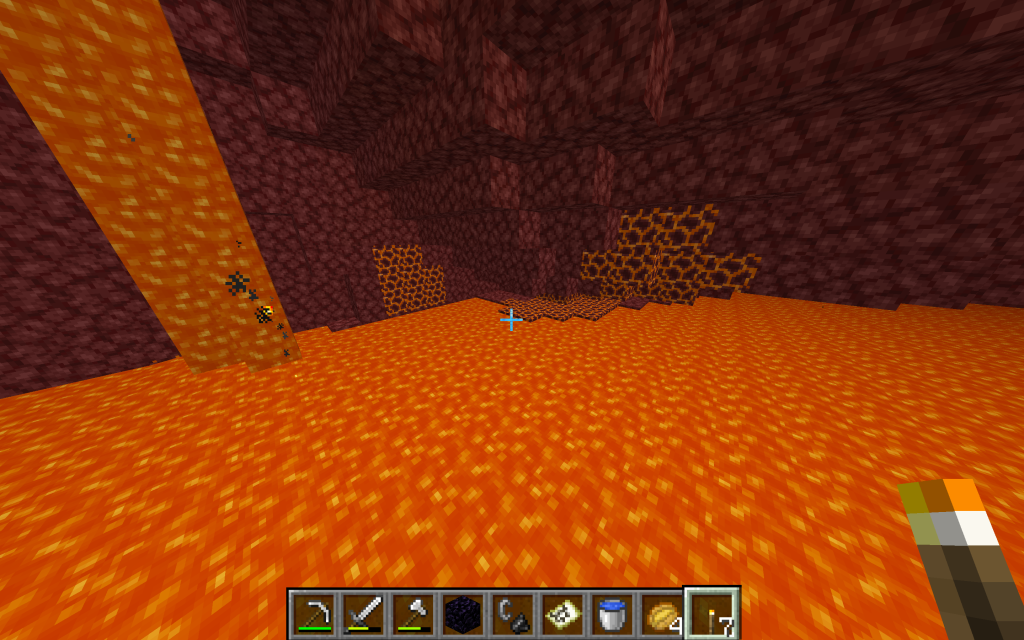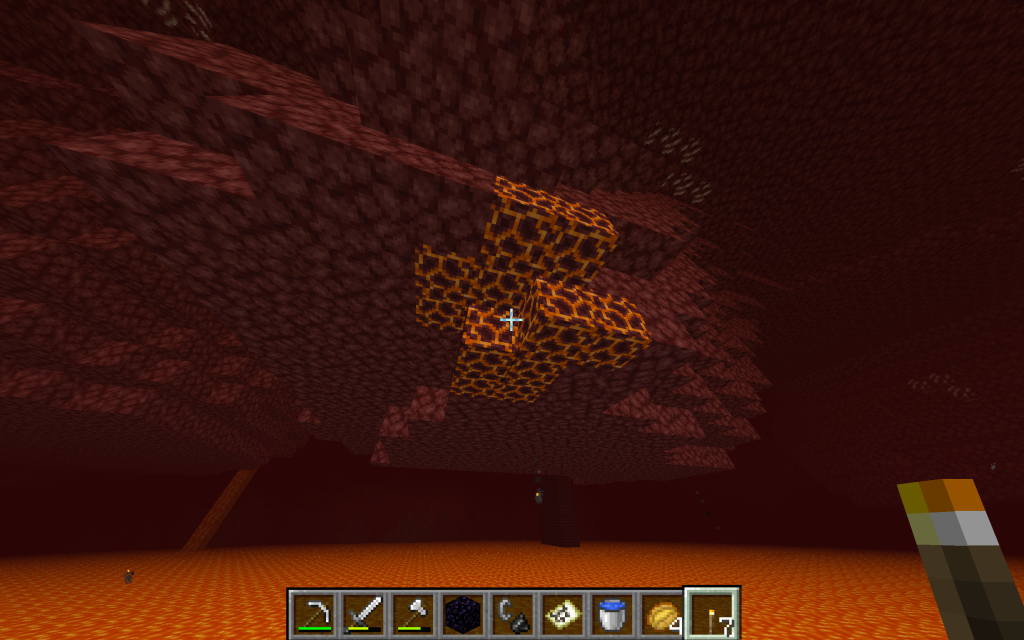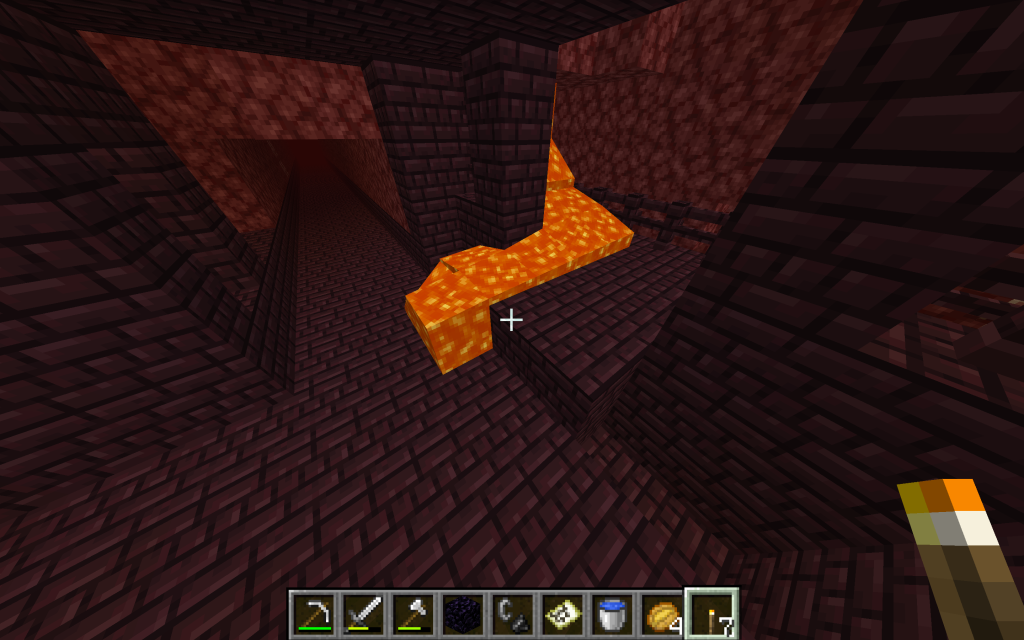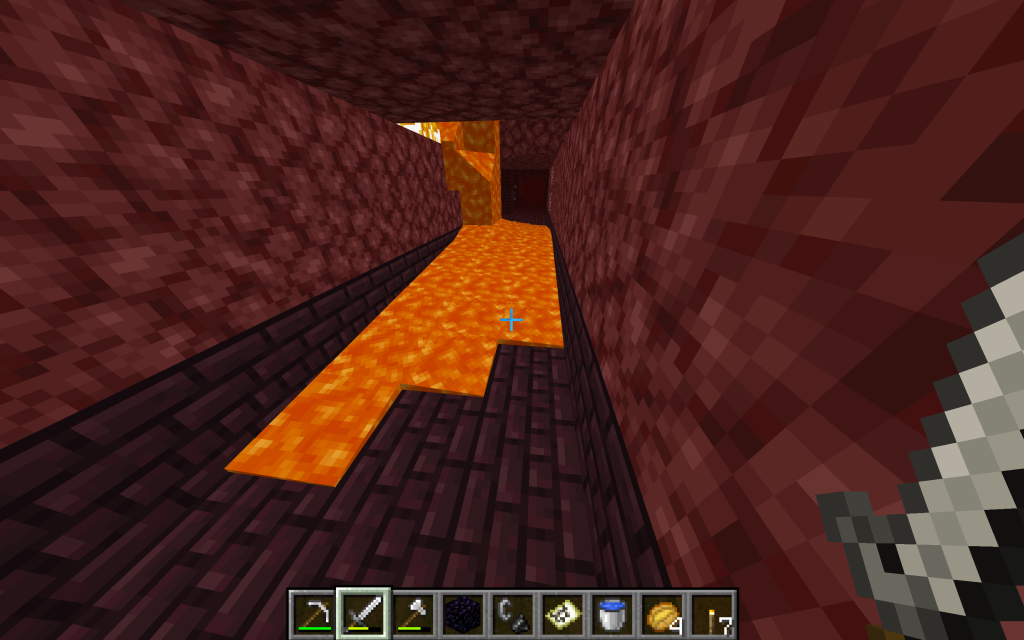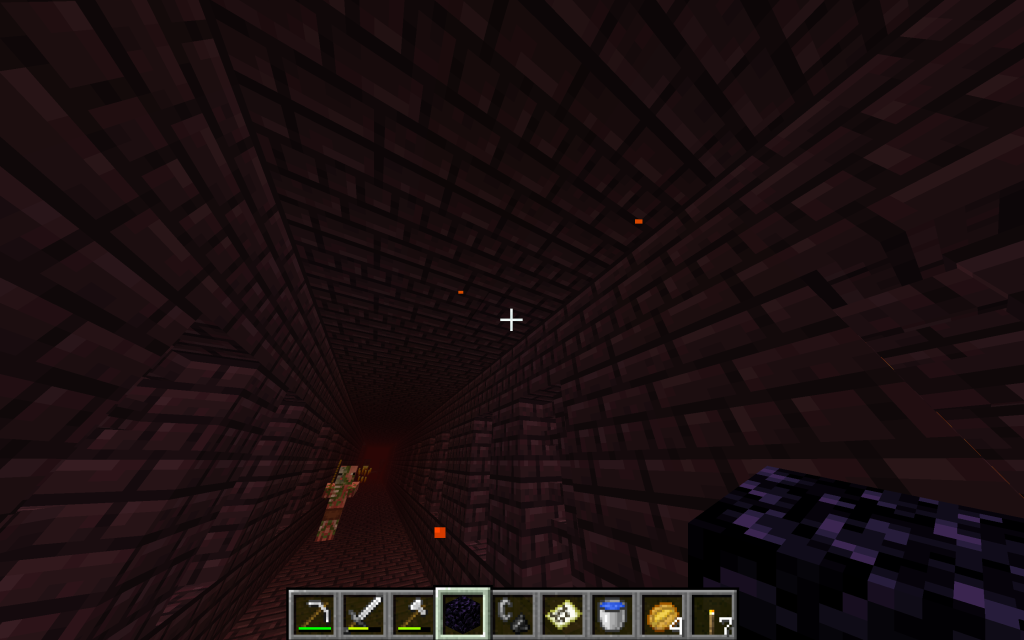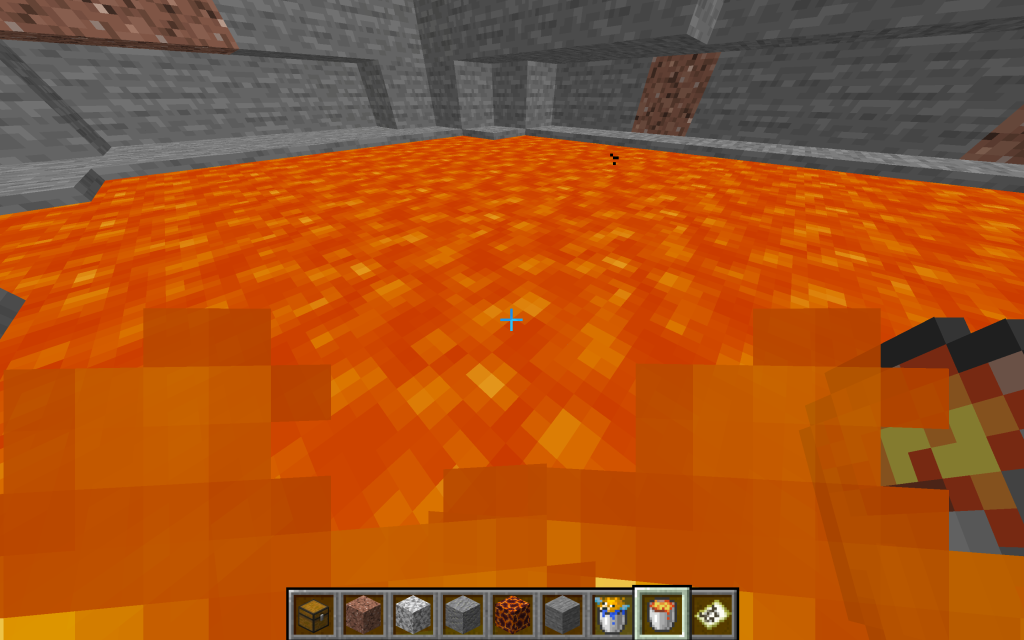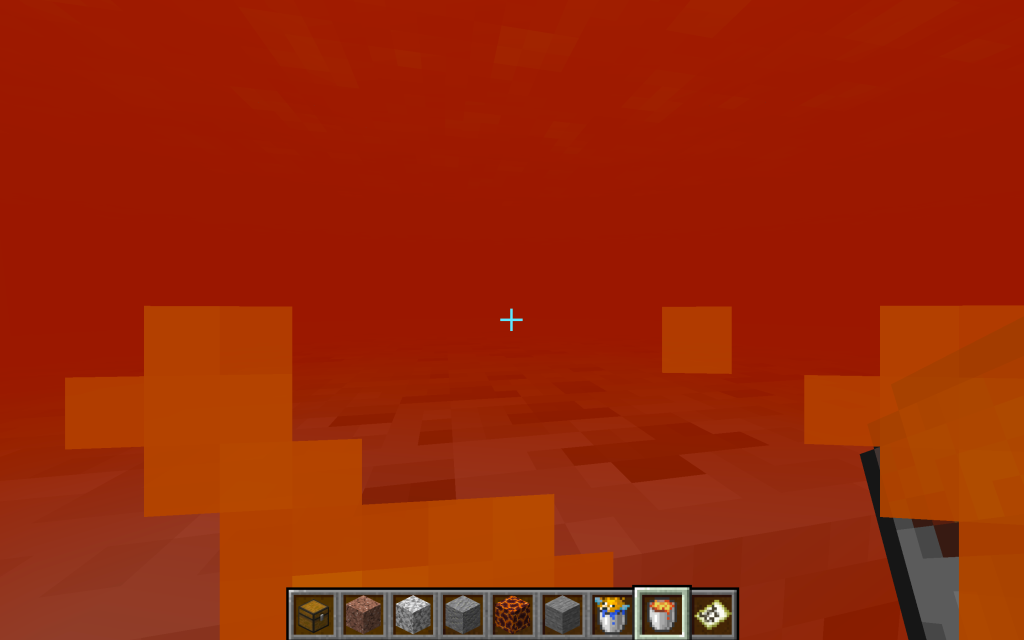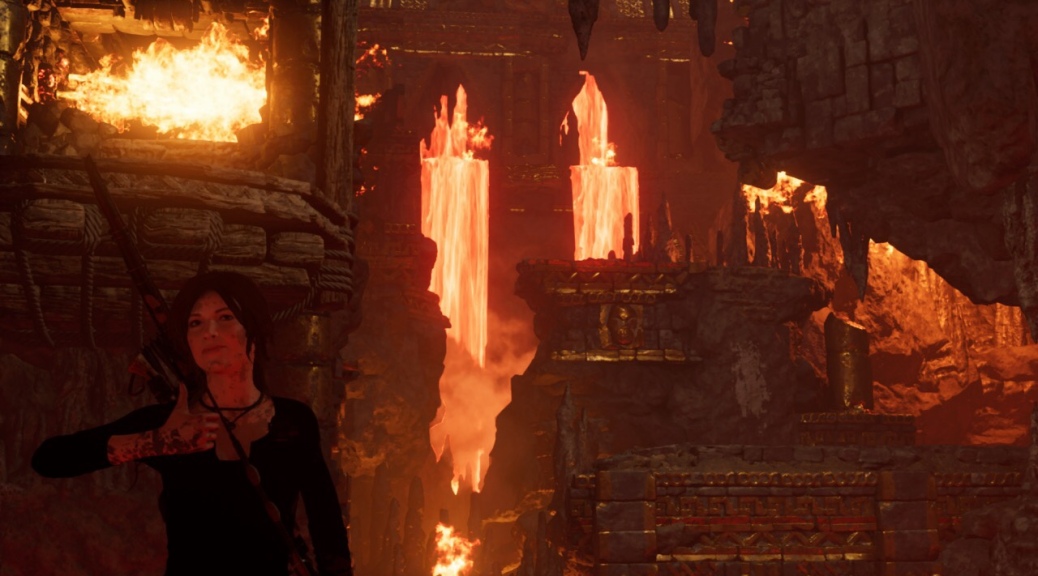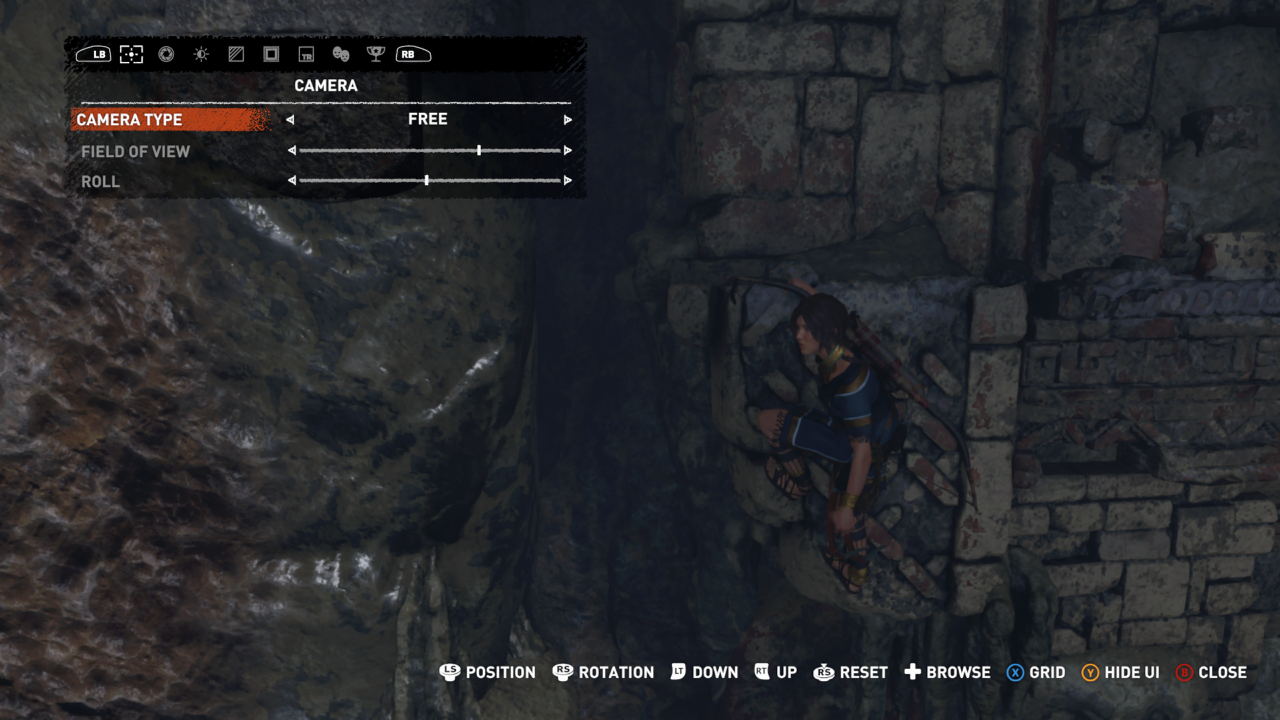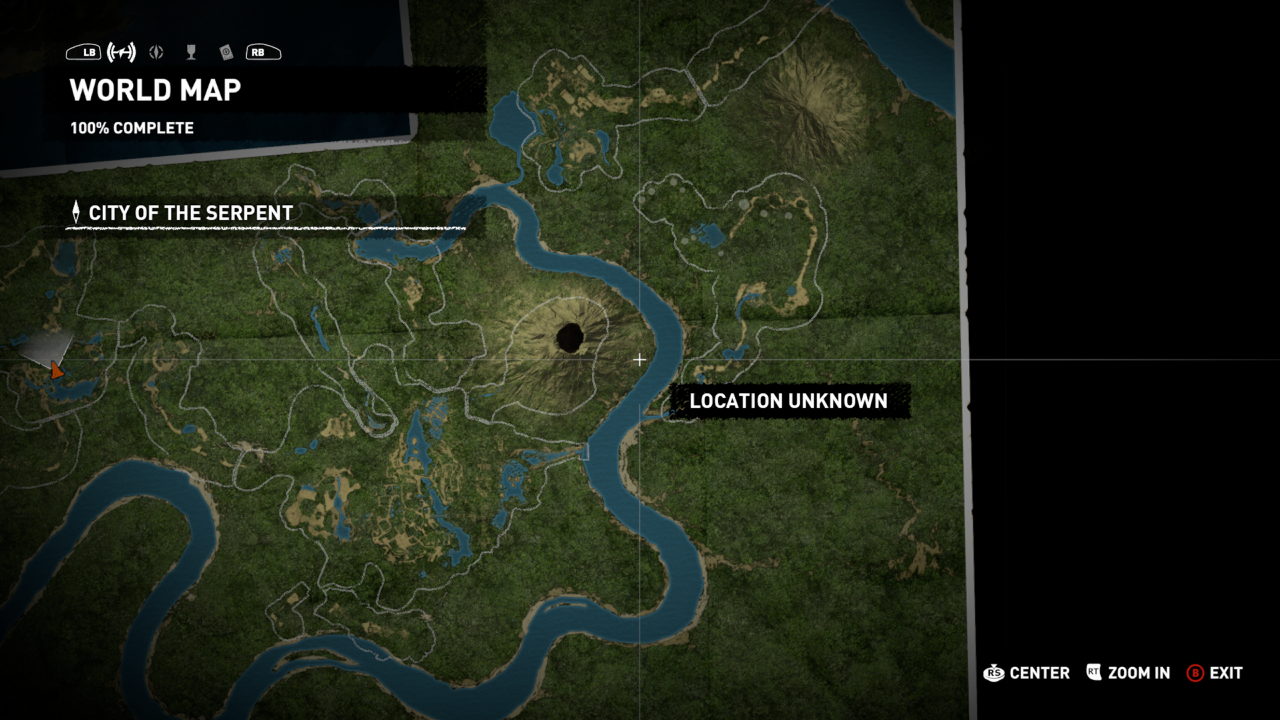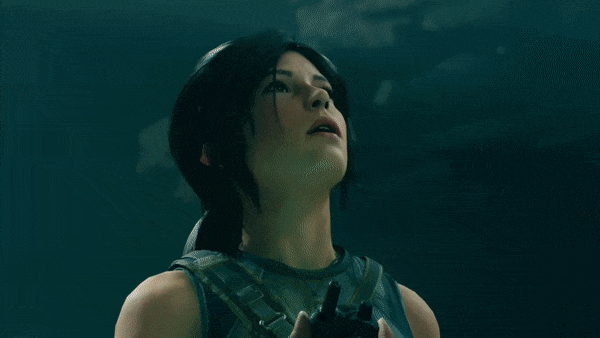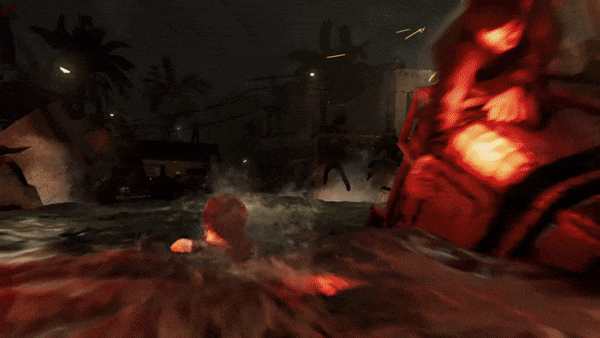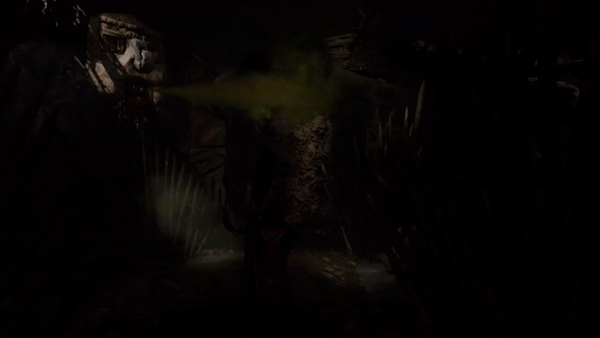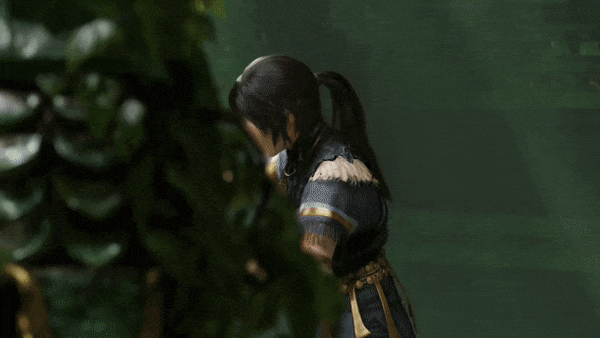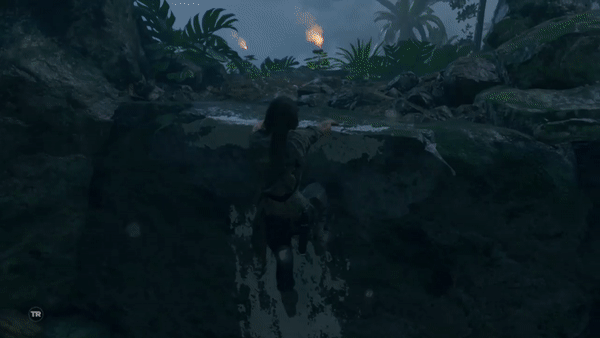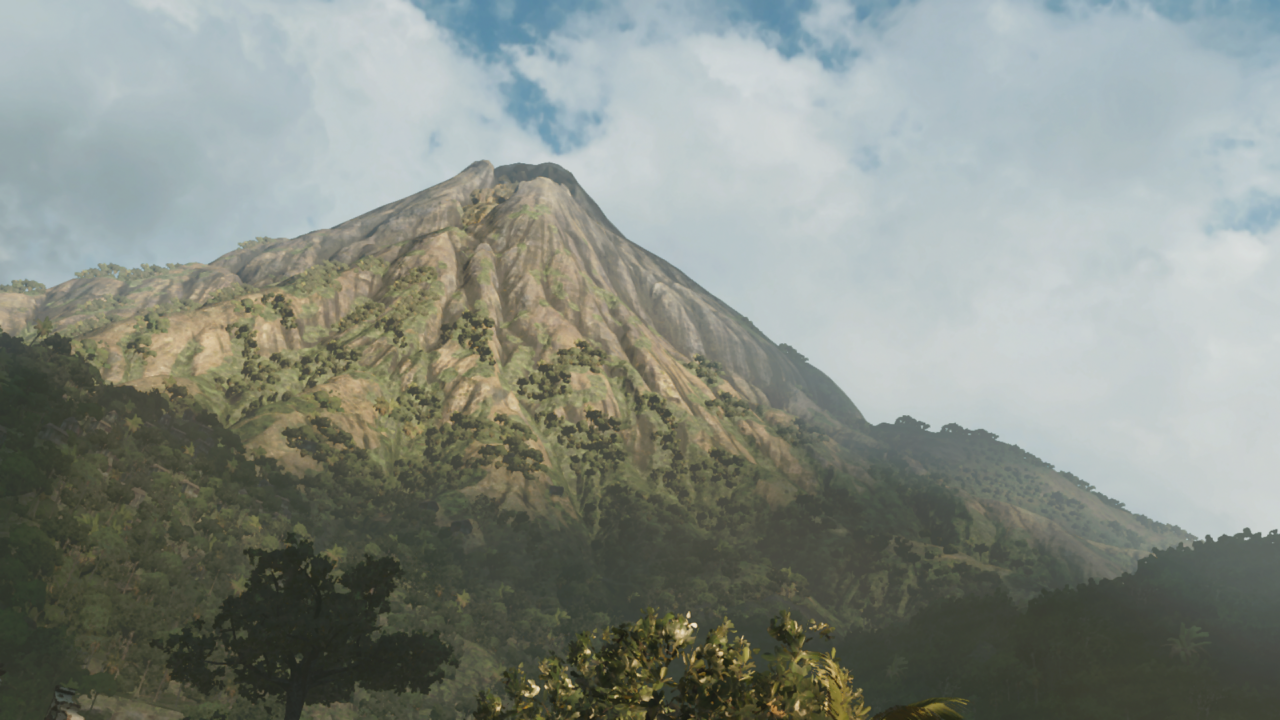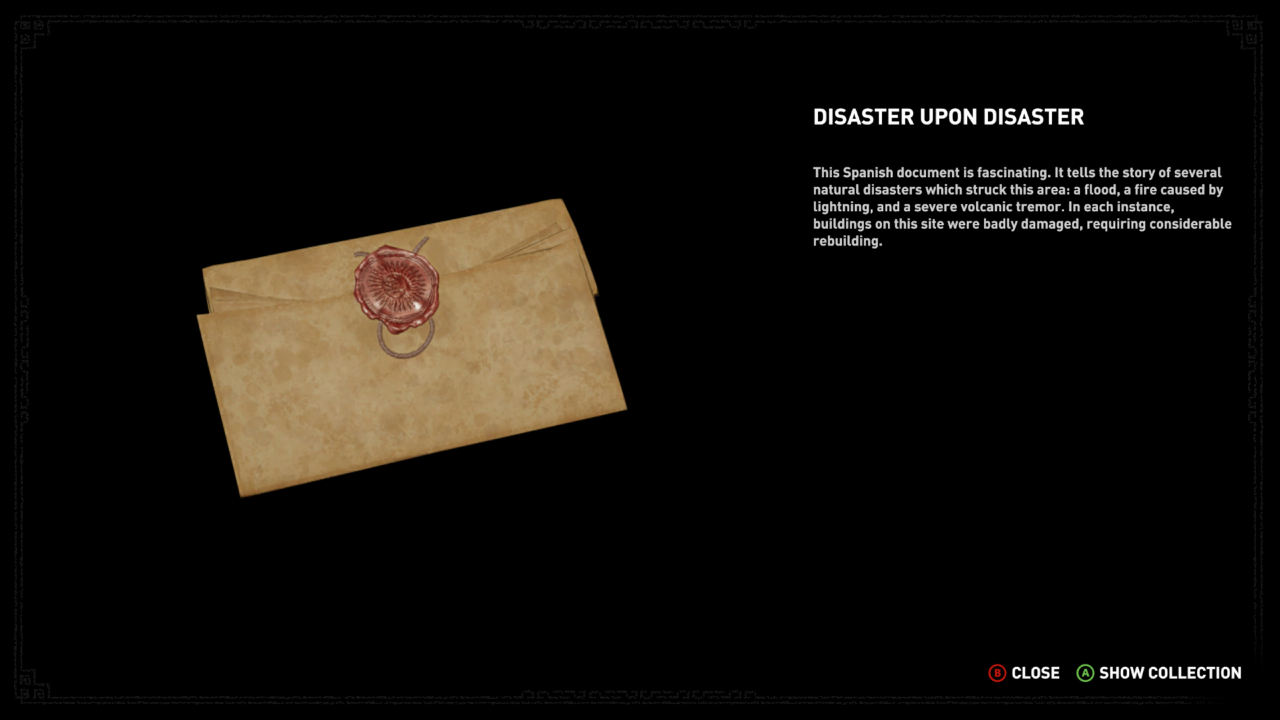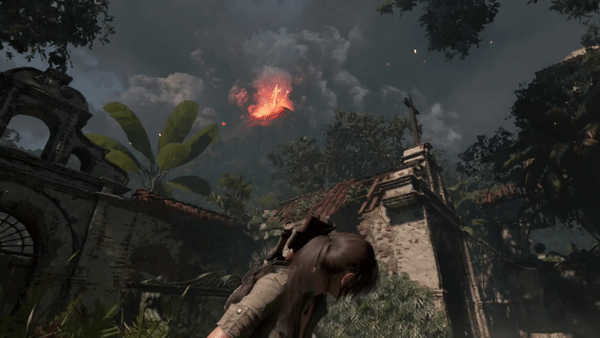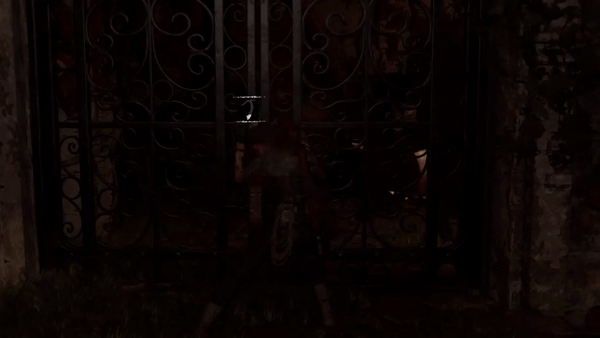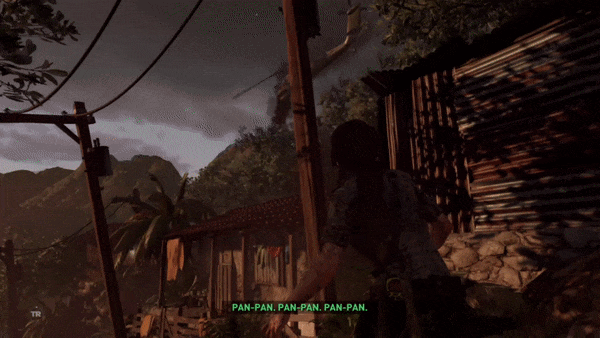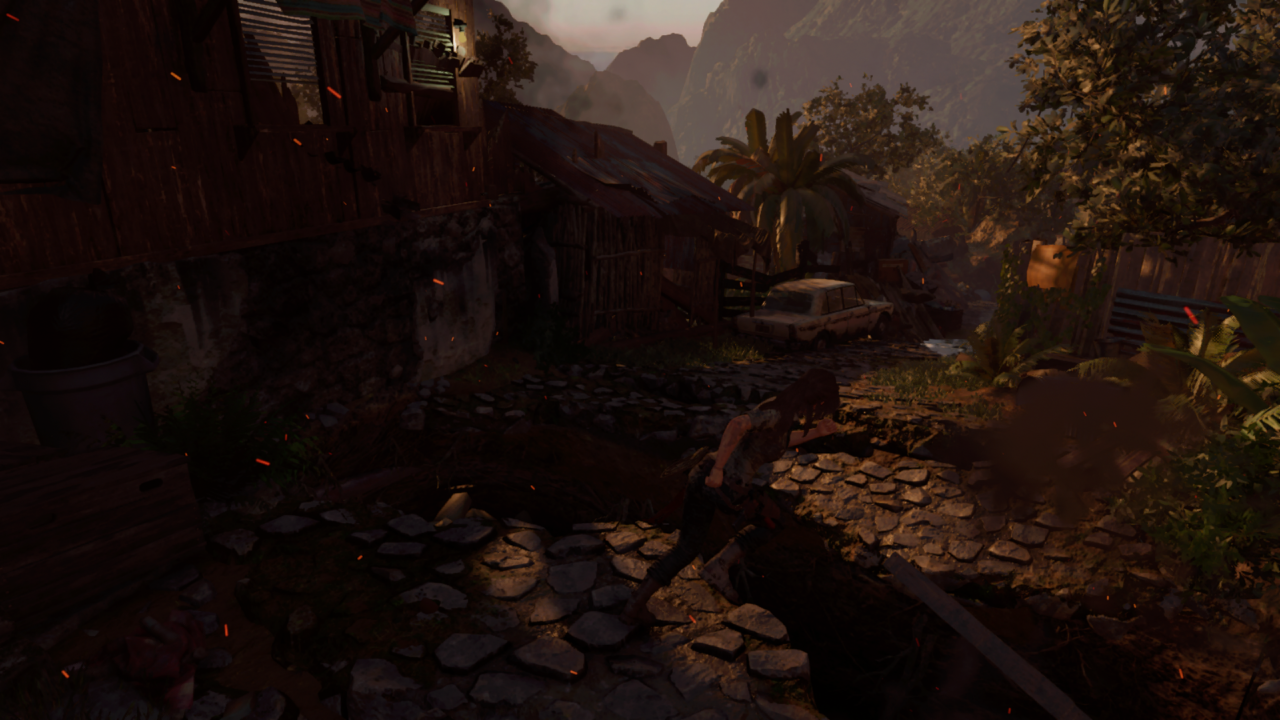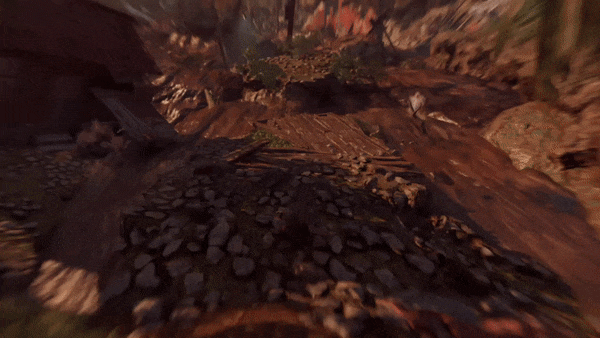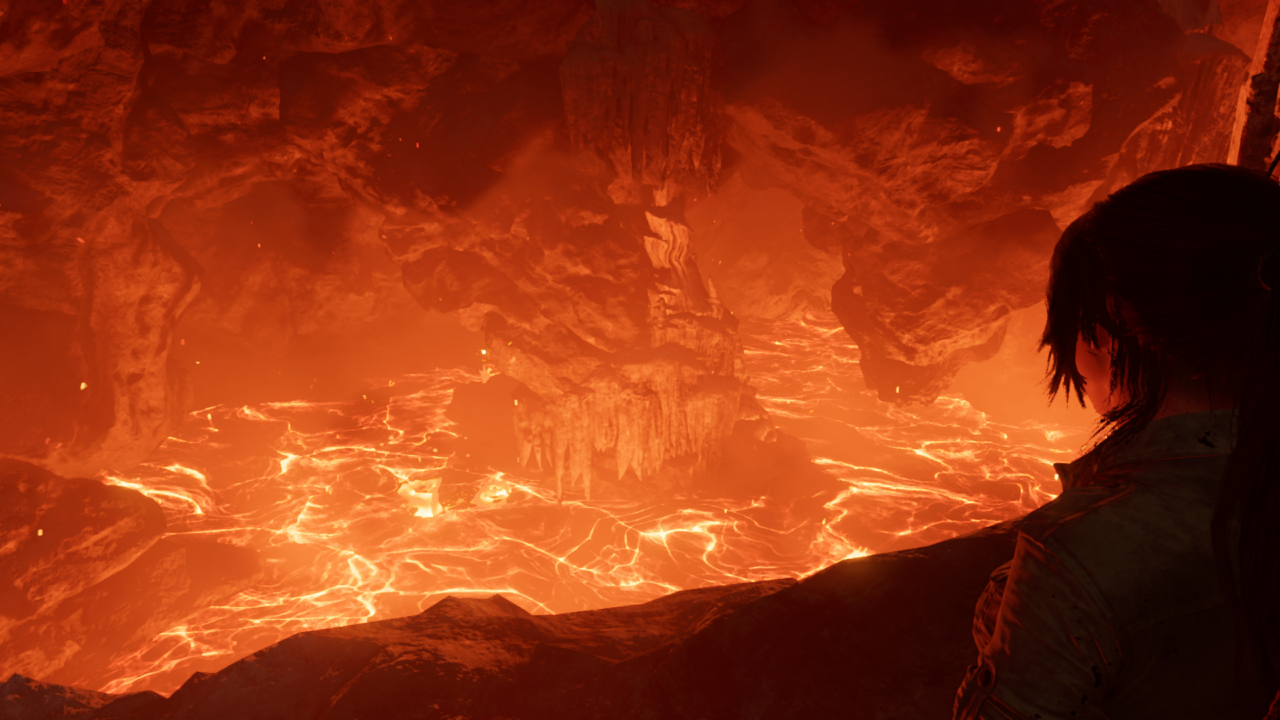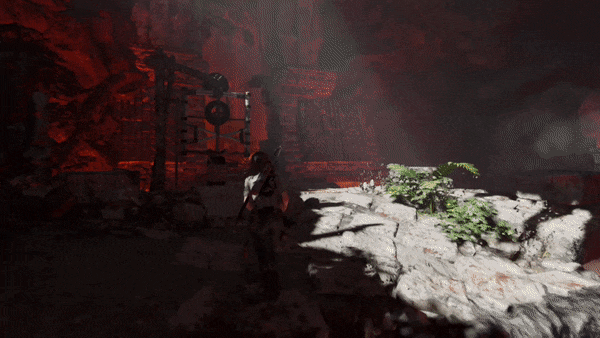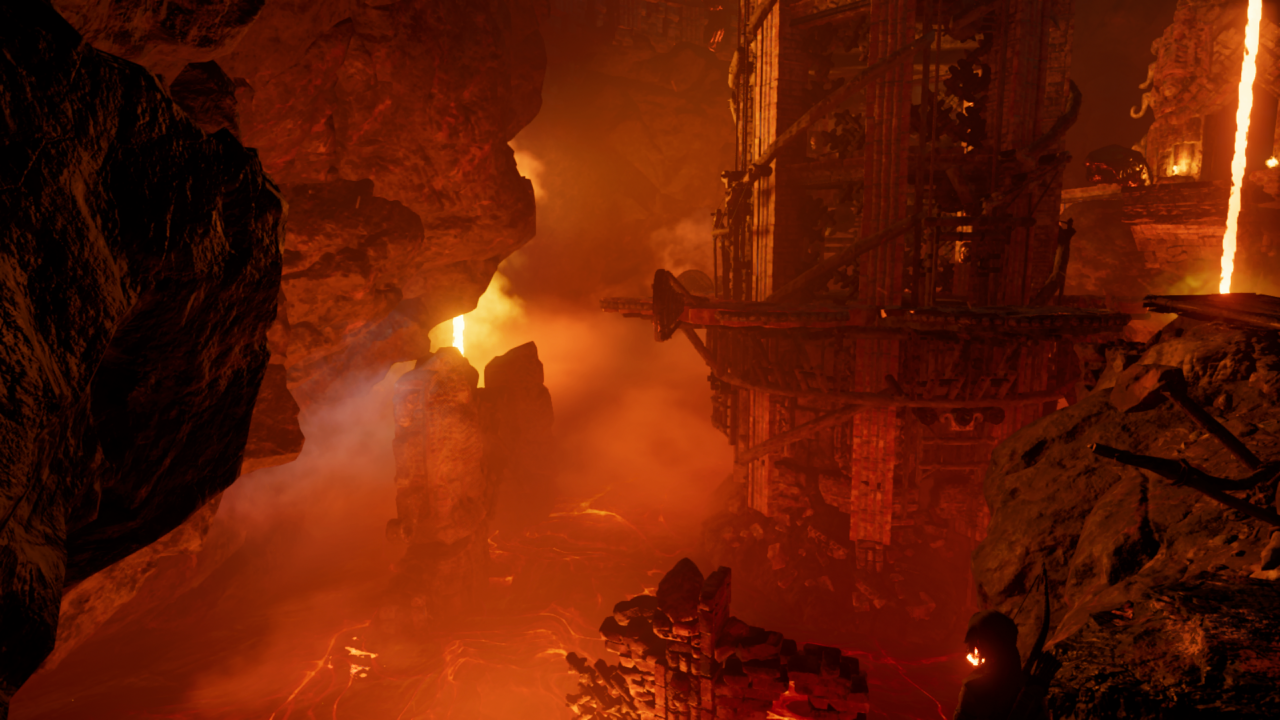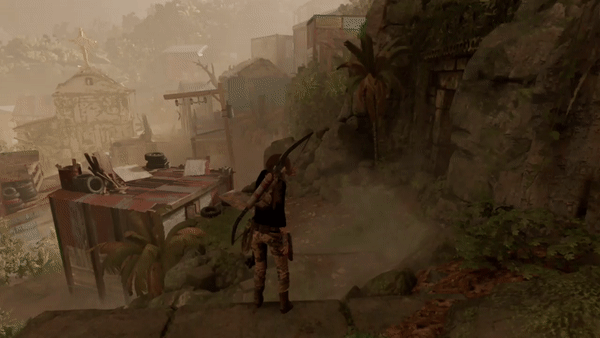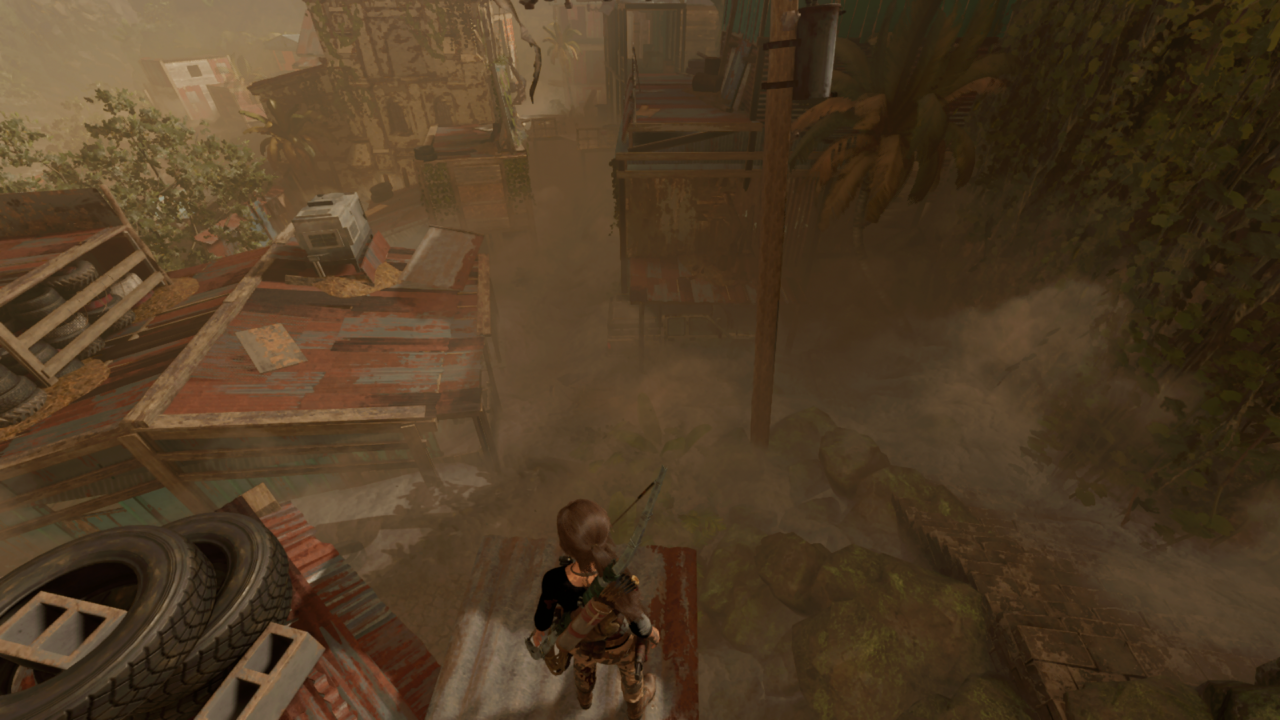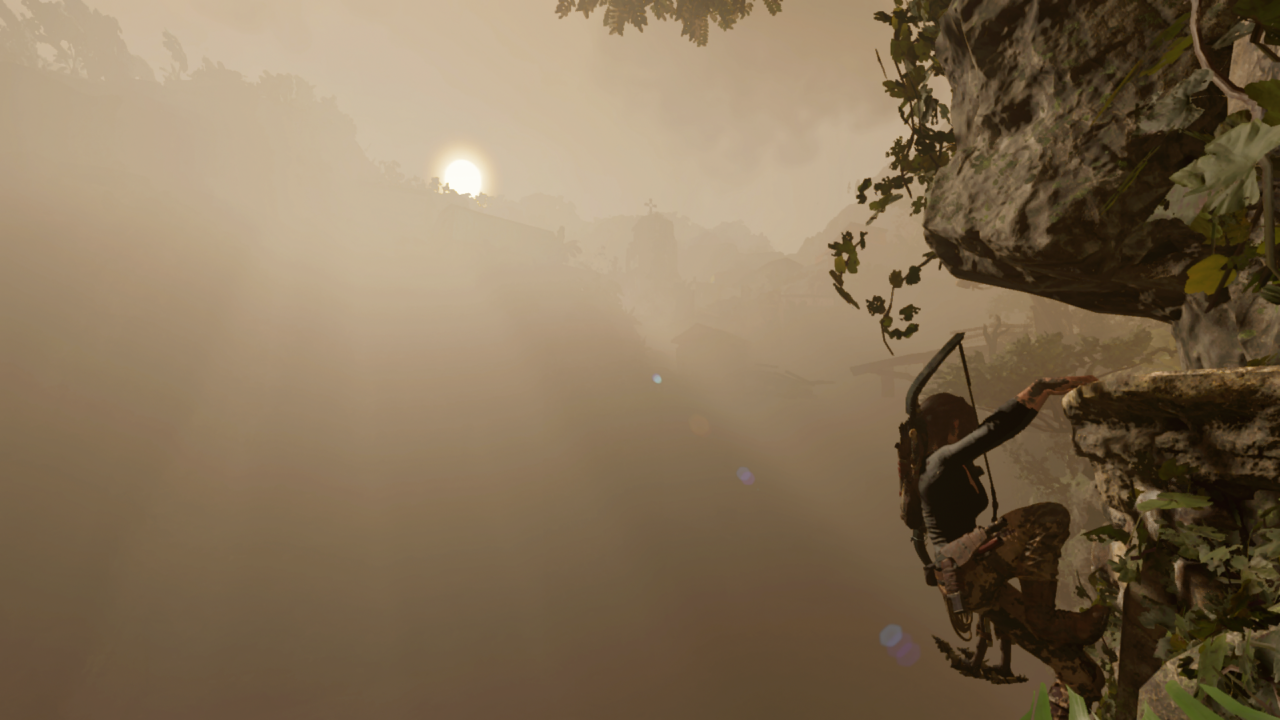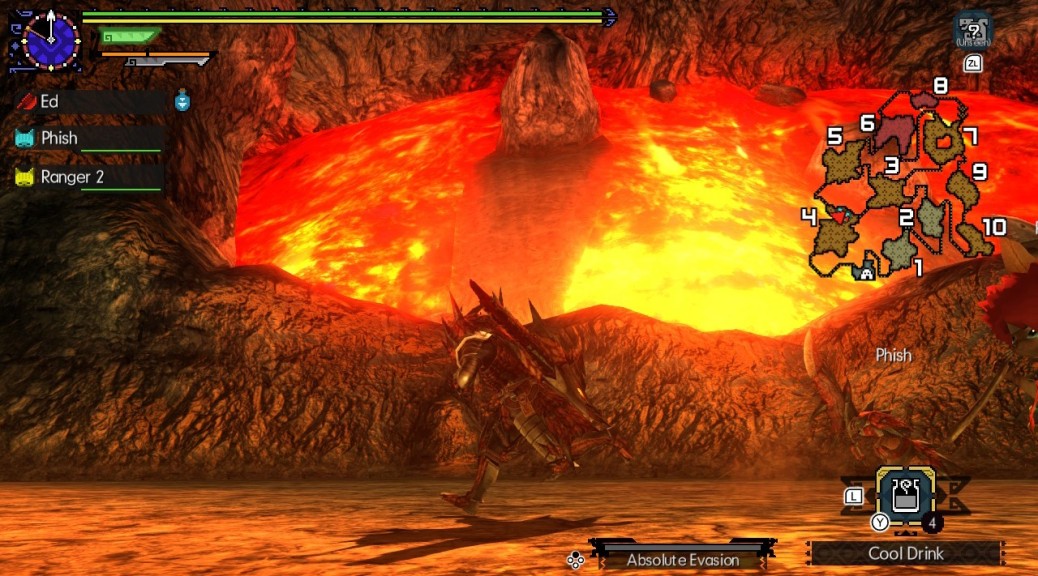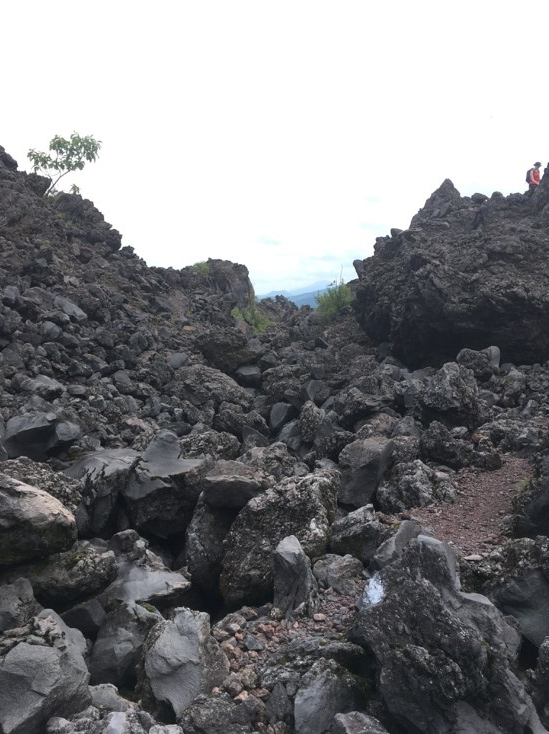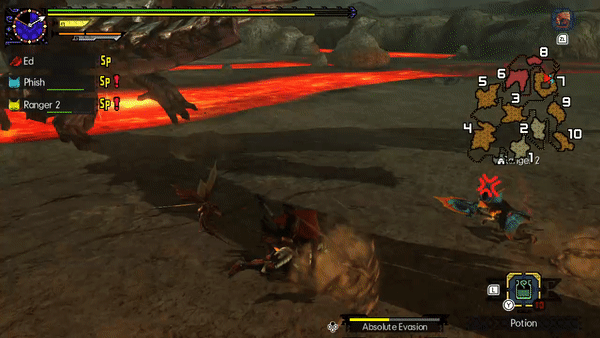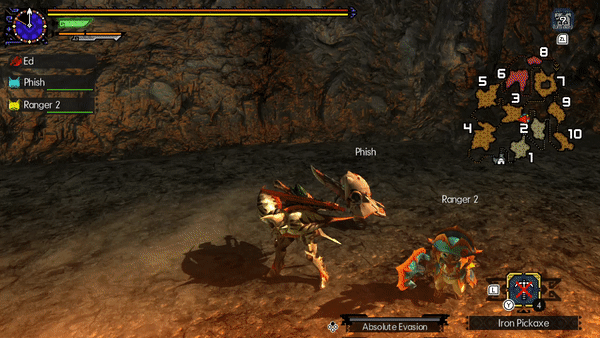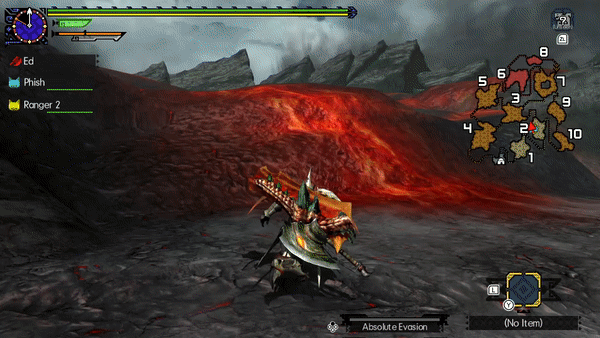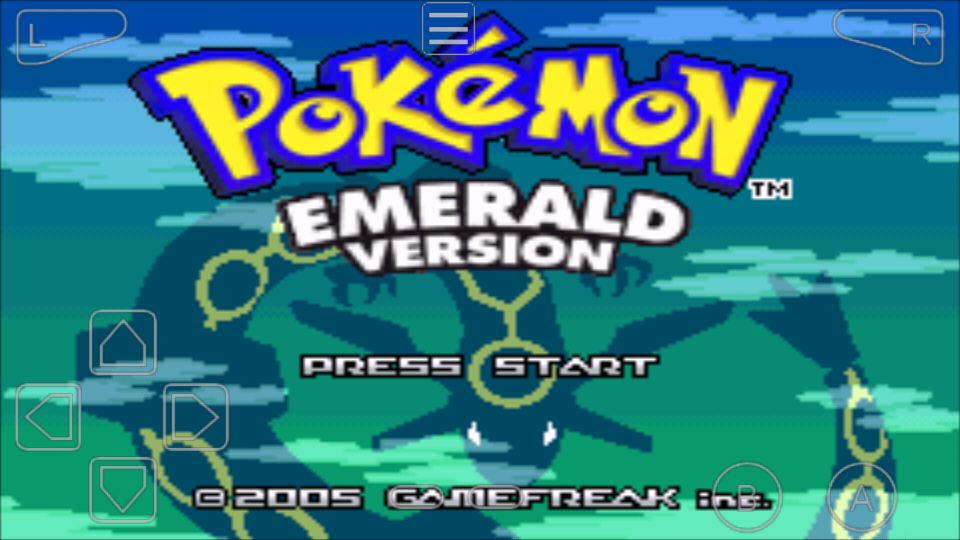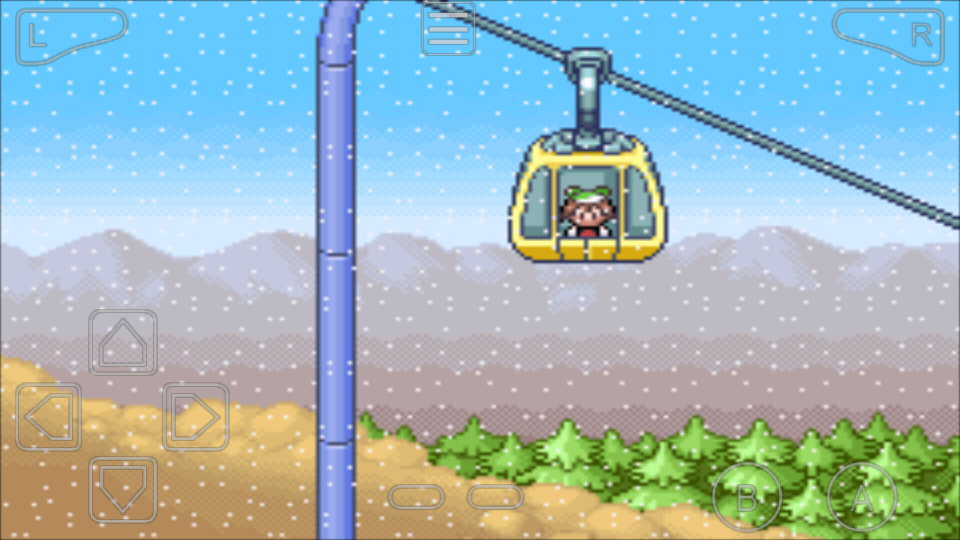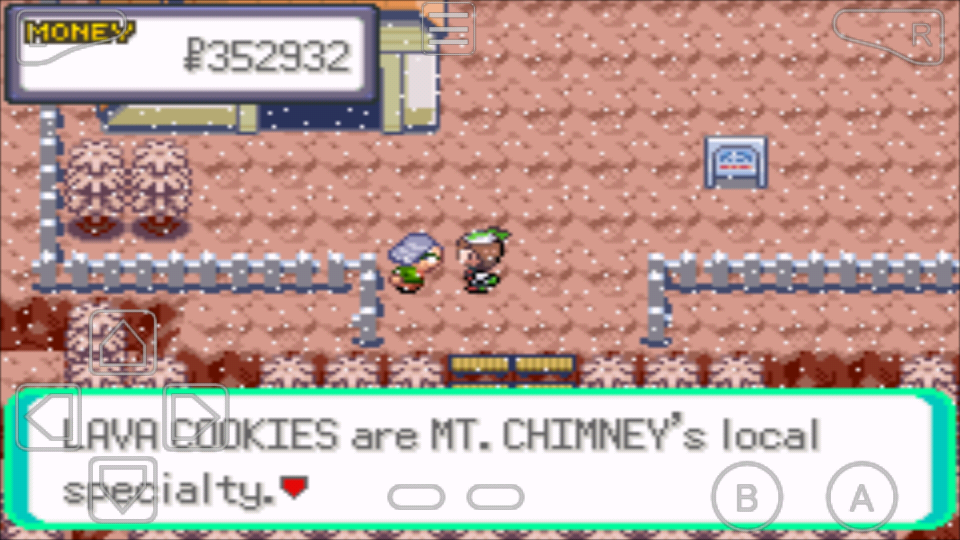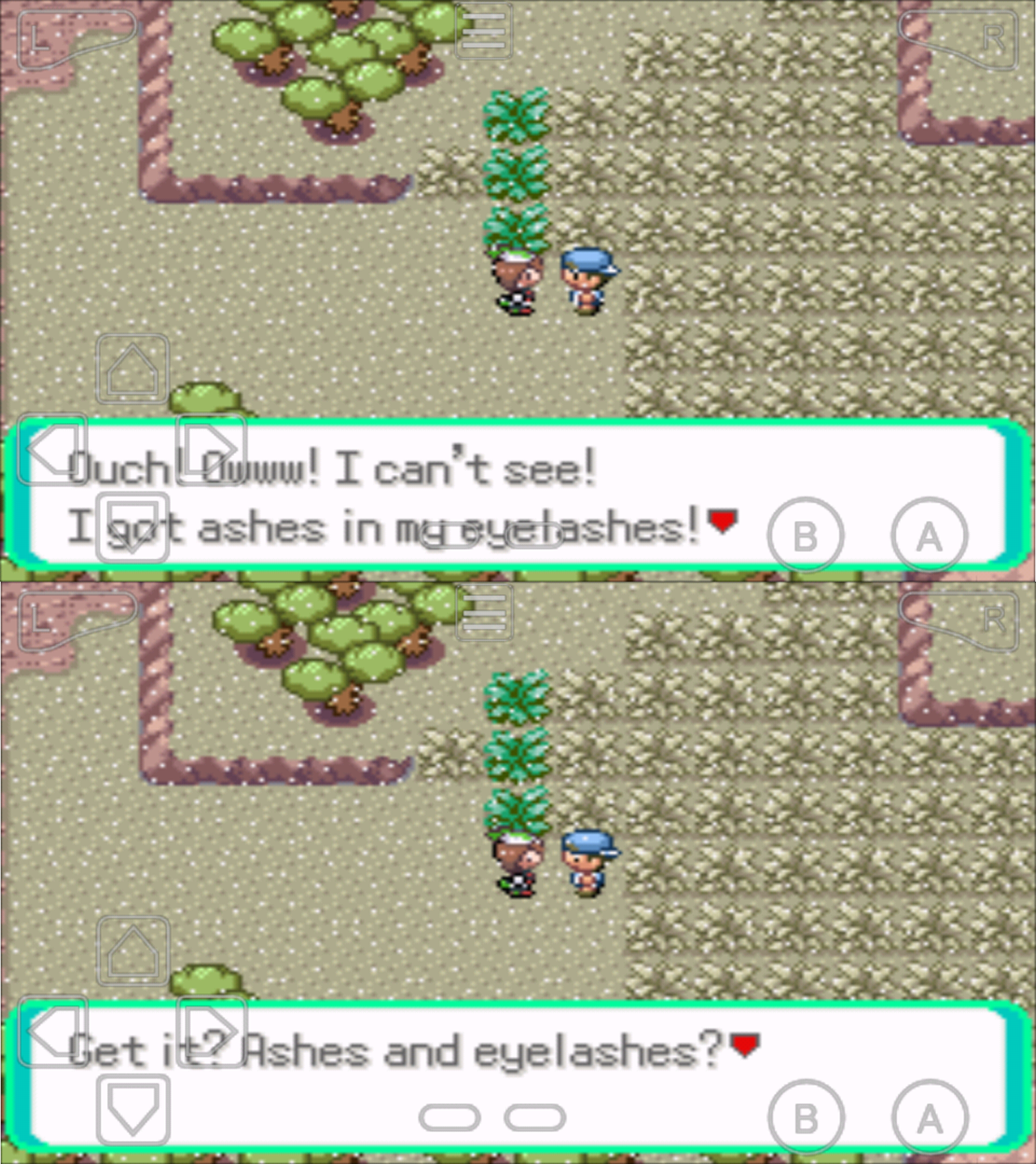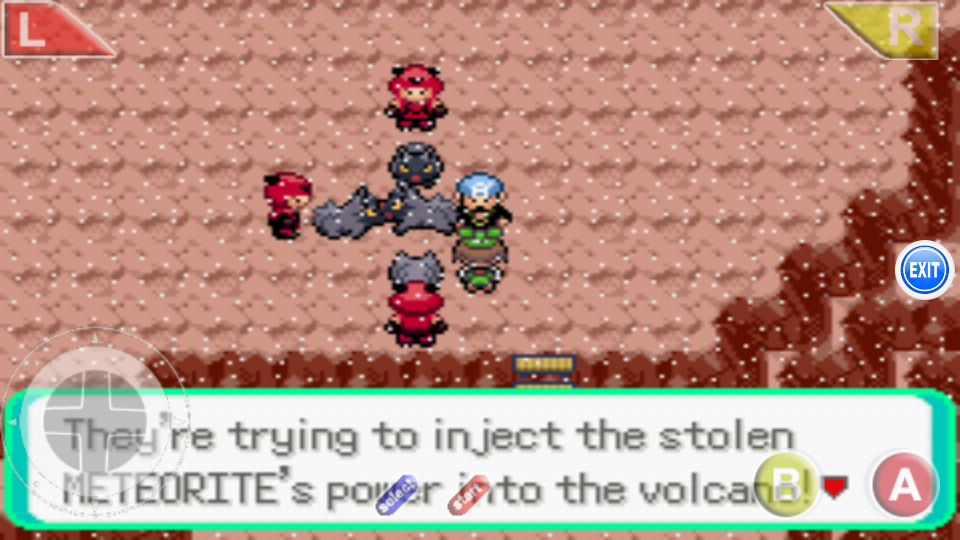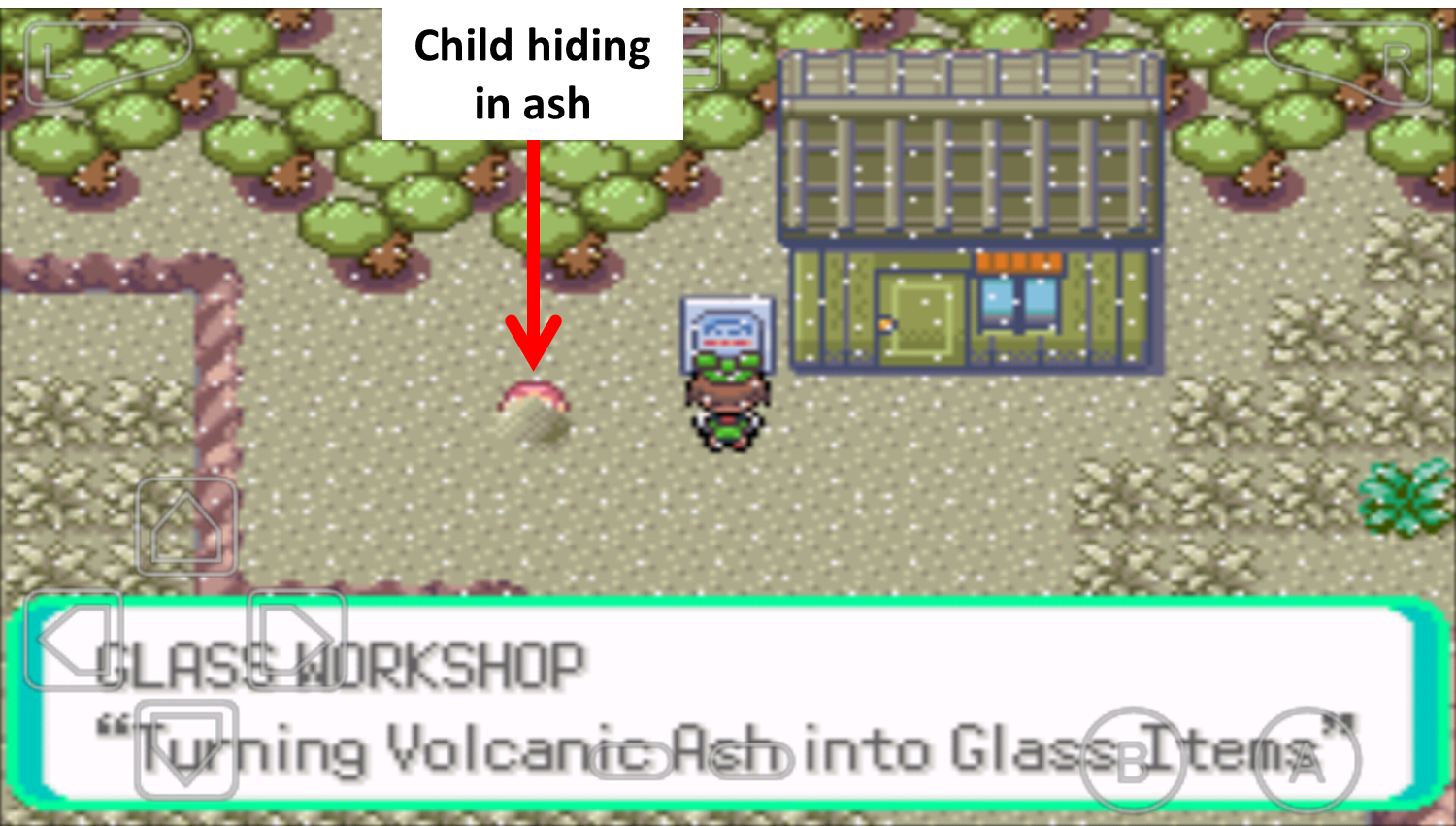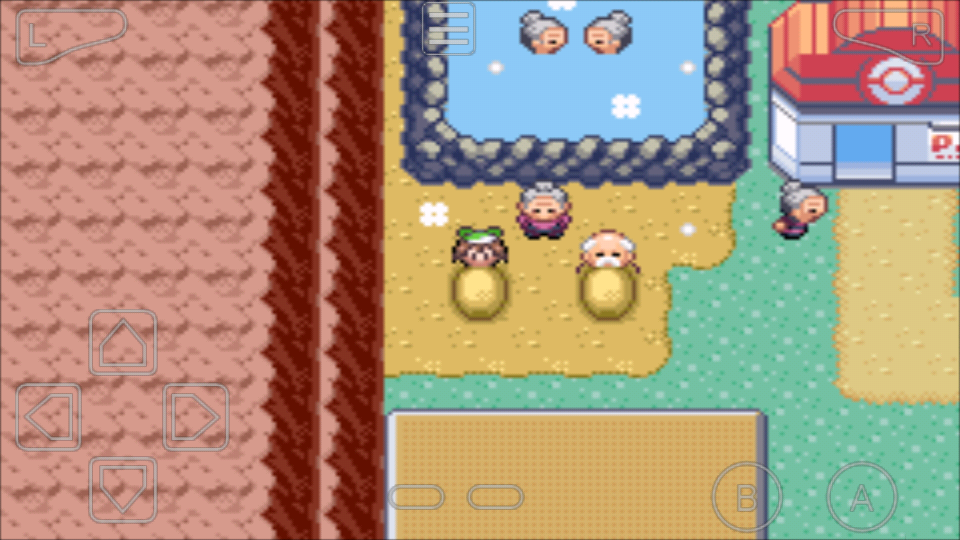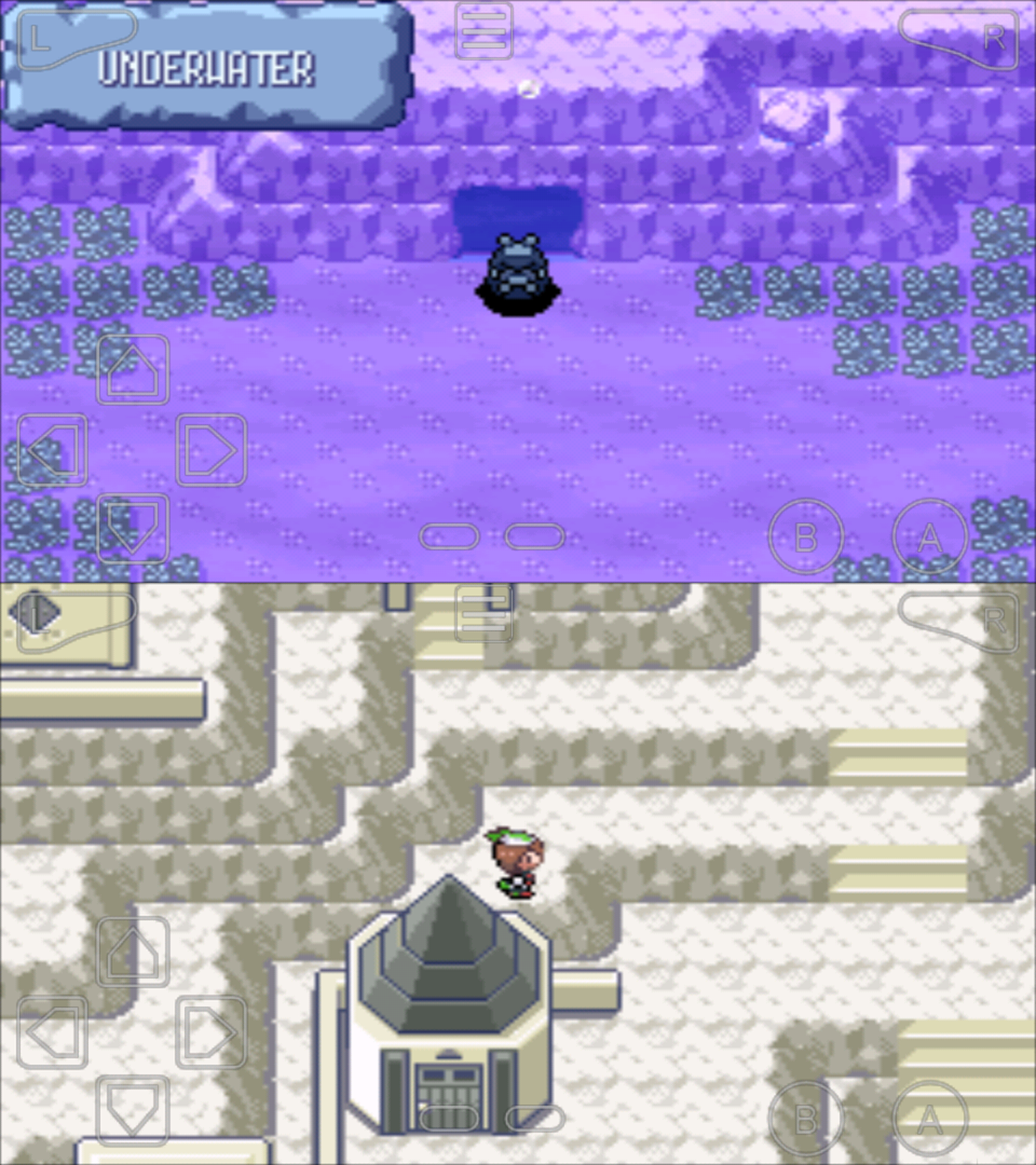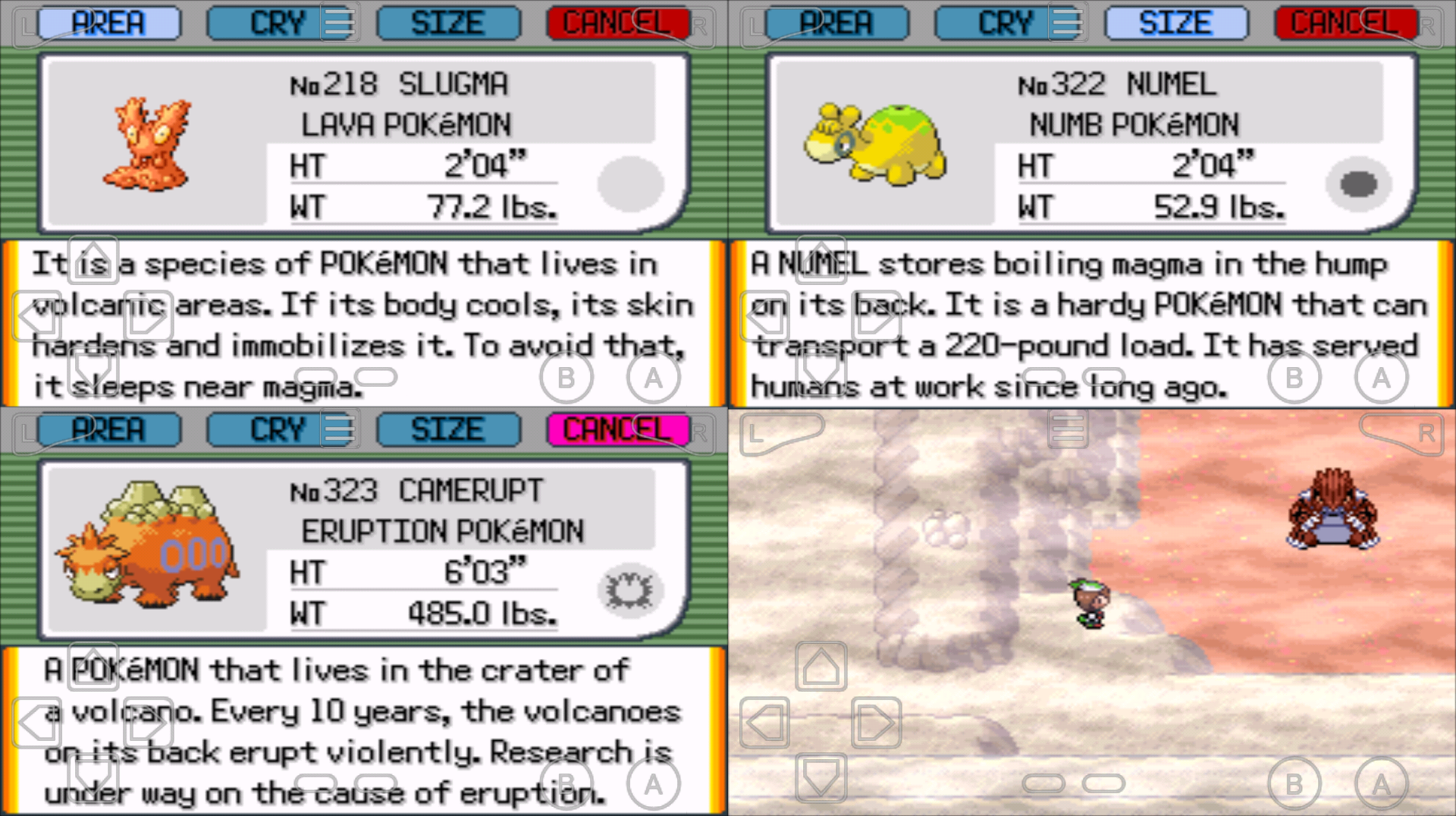Back in 1999 the original Pokémon Snap was release for the Nintendo 64. For those of you who don’t know, Pokémon tends to have a very generic formula that they have been using for over two decades. Players role-play as a 10-year-old Pokémon trainer, catching Pokémon – animals – and using them to fight a villainous super group in between defeating the eight local gyms and eventually the five league champs.
Pokémon Snap decided to change that and put you in the shoes of a natural photographer. Set on a pre-programmed safari tour, like the original Jurassic Park jeeps – called the NEO-ONE – you would be taken through various environments, photographing Pokémon in their natural habitats. It was a very successful spin-off, with many fans loving the pixelated interactions between different Pokémon, instead of watching them in forced battles because you accidentally looked a kid in the eye. Ever since then, fans have been begging for a sequel.
22 years of waiting is all it took. Now the New Pokémon Snap is here! Hired by Professor Mirror (a non-tree-named professor!!), you become part of the Lental Research Team, tasked with photographing the strange phenomenon of mysterious Pokémon with funky, glowing tribal tattoos that were discovered by an adventurer 100 years prior, and never revisited since.
As bizarre as this storyline maybe, it does lead into a fantastic game that sees you visiting all the different habitats of a David Attenborough Planet Earth series: grasslands, jungles, icy tundras, deep caves, tropical oceans, deserts and most importantly, an active volcanic landscape!
Fireflow Volcano
Located on the aptly named, Voluca Island, Fireflow Volcano is one of three unique environments found on the island (the others being the Sweltering Sands and Barrent Badland). Described as a place where Pokémon have thrived since prehistoric times, the volcanic landscape is home to plenty of fire-types, fossil Pokémon and a handful of others for a healthy biodiversity blend.
The main area itself is made up of a large hot spring, a small valley with a lava flow from a near-off volcano and a large volcano that has several small areas within. Plenty to explore within your little hover bubble. Additional to this is another area with two volcanic vents side-by side, where the illumina Volcarona are found.
Hot Bath
When you first land in the area, you arrive within a dark grey, rocky area with a visually contrasting light blue water. Prof Mirror is quick to point out you are at a hot spring, a geothermal body of water that form when water in the ground is heated up by shallow magma. The water can either come from groundwater stores, or it can percolate from deep down, usually along faults, before heating up and rising to the surface.
Hot springs can be found in many volcanic areas all over the world, with famous examples including the Blue Lagoon in Iceland (would recommend a swim if you ever get the chance) and Yellowstone National Park, USA. The water flowing out of the springs can range from a nice, hot bath temperature to one that will seriously scold you. Judging by the range of Pokémon (Altaria, Luxray and others) found enjoying the waters, it would appear this hot spring is closer to the warmer, than scolding temperature, much like the Blue Lagoon this hot spring mirrors.
Lava Stomping Ground
Swiftly moving on, the NEO-ONE takes you down an open path where a group of Gravelers love to roll down. At the bottom it opens into a small valley with a fresh lava flow running through. The lava flow itself is reminiscent of some of the off flows from Fagradalsfjall volcano currently erupting in Iceland. A far-off volcano can be seen erupting up the valley, acting as a possible origin point for the flow (source vent). However, given the activity in the region and the distance of the volcano, I suspect it is coming from another vent nearby.
One safety aspect that should be mentioned is that even though a lava flow – like the one seen here – is fairly solid on the surface, you should not try walking across it (something others have recently been trying at Fagradalsfjall). The reason being is because while the surface maybe solid, this will only be a thin layer of solid rock and underneath is very likely to still be molten. Should the rocky surface collapse in, you will end up with a very badly burnt foot at best. The same applies for the Pokémon found running across the lava too! Archeops could possibly get away with it. At only 32kg (70.5 lbs), Archeops is a light-weight Pokémon and are generally walking across the lava with a light foot. When they start running off with a heavier footing, they are also flapping their poorly evolved wings, possibly giving them enough of a lift to not break the surface of the lava. The barrelling Gravelers (105kg) and stomping Tyrantrum (270kg) would certainly be smashing through the solid surface. Whether the molten lava would cause any pain to them is a different question. I think Graveler – literal living rock – could get away pain free. Tyrantrum on the other hand may have one more thing to complain about.
Walking Into Mordor
After two Tyrantrum decide it’s a good idea to have a yelling competition on the lava, the NEO-ONE takes you towards the entrance of a cave. Inside is the first of the large volcanic vents. Admittedly there is not much going on volcanically speaking. Some lava can be seen down below, however, the rest of the chamber is made up of rocky paths, likely carved out by the local inhabitants. It is at this point you will get a chance to choose whether to take the left or right path (if you’re past Level 2). We’ll start by taking the standard route, turning left.
This path takes you into the molten heart of the main volcanic magma chamber. Inside is a fantastic magma lake, with cascading ‘lavafalls’ and small islands of rock where various (mostly fire- and rock-type) Pokémon are going about their lives. The Pokémon range from the already seen Graveler, Tyrantrum (this time having a fight with a Charizard), and Archeops, to the fire-types Charmander, Charizard, Torkoal and even some Slugma swimming around in the magma.
Being the barer of bad news, it’s sad to say that a situation like this would never be seen in the real world. Ignoring the fact that some of the Pokémon are literal dinosaurs, living rocks and sentient lava, life of this size and complexity would not be found living within such a hot chamber.
Temperatures here could range from 700-1200°C (just think about how us Brits cope when it turns +30°C for more than two days). Such extremophiles (creatures that can live in ridiculously hostile environments) that live in/ near volcanic craters tend to only be basic micro-organisms. And even then, they are only found on the edge of the craters or in extremely hot volcanic springs like we’ve seen before (brilliant article if you want to read more on this subject). The closest large life comes to living in such an extremely hot volcanic environment are crustaceans, tube worms and some fish that feed on bacteria living around black smokers (hydrothermal vents), like those seen in Subnautica. While temperatures are very hot here, they only reach around 380°C, far less than the 700-1200°C that the inside of a magma chamber could be.
The other unrealistic situation is being able to enter a magma chamber. While this is a very common video game trope, magma chambers are far more difficult to access in real life. For a start, many magma chambers are located several kilometres below the ground. Magma then rises from feeder dykes (like a fluid up a straw) until it reaches the surface and erupts out. To add further salt in the wound, seismic surveys show these magma chambers to be more like zones of partially molten rock and crystal mush, meaning they are not necessarily these underground voids that fill up with magma. Trying to access the chamber from the open vent is not any easier. Sitting at the bottom of a volcanic crater is either a molten lava lake (e.g. Hawaii, USA) or a lava dome (e.g. Mt. St. Helens, USA). In the case of lava domes, the lava has cooled and turned to solid rock and blocks access to the magma supply below. The molten lava lake has its own obvious problems.
This is not to say magma chambers do not exist in the way that they are commonly shown in textbook diagrams. There is one very unique volcano in Iceland. Þríhnúkagígur, is the only volcano in the entire world where you can actually descend into an empty magma chamber. By some miracle, the volcano had an exceptionally shallow chamber, and when the volcano went into its slumber (its currently classed as dormant), all of the magma drained away instead of solidifying inside. Tours are open to the public, and yes, you can descend into it (its up near the top on my bucket list). Although not quite the same as going into an active volcano with molten lava around, it is the closest we can currently get.
At the end of the path within the main magma chamber you reach the end checkpoint and teleport out. Therefore, it’s time to back-track to the previous cavern and take the path to the right.
A Chari-dome
The right-hand path first takes you into a small volcanic vent with a semi-molten lava dome at the bottom.
*Spoilers* If you perform the correct sequence of events by throwing various illuminous orbs and fluffy fruit (apples), you can make the Graveler hanging from the ceiling crash down and a Charizard will explode out of the lava dome.
Compared to the lava flow outside, the fact that the Graveler does not crash deep into the lava dome does not surprise me too much. As briefly mentioned, lava domes are made of the solidified lava left in the conduit. They form a sort of cork in the volcano, which can lift up from rising magma underneath and even explode if the pressure builds too high. Therefore, even in this lava dome’s semi-molten state, it could be significantly thick enough for the Graveler to not crash through and disappear. Why a Charizard was hiding in there and how it managed to survive the extremely high temperatures (as the dome is still very hot) I really cannot say.
Blue Lava
Passing on, you move into what is possible the most visually spectacular place in the entire map, a blue lava chamber. To some this may seem like the most unrealistic, mythical volcanic feature we’ve ever covered. However, if you have read our Sypro: Remastered Trilogy blog, you may have already heard of the legendary blue lava in our world. Despite its name, blue lava is not actually lava. It is instead burning sulphur released from volcanoes and gives off the appearance of lava. Kawa Ijen volcano in Indonesia is the most famous example of ‘blue lava’ and produces so much sulphur that it is a significant mining site. In Pokémon Snap, a Graveler can be seen snacking on the sulphur from the lava. Why this vent has more sulphur than all the other red lava vents is unknown.
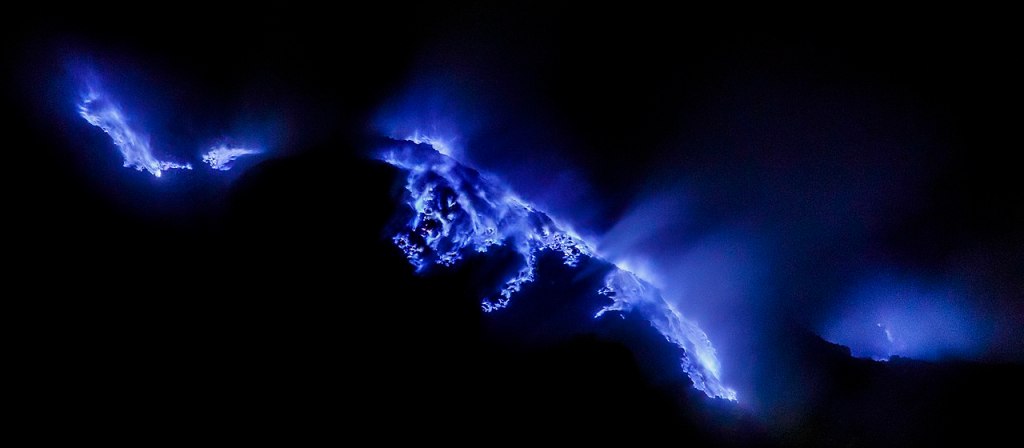
Mount Ijen – the blue fire of Mt. Ijen- taken during a photo trip to Indonesia in 2018 – by Thomas Fuhrmann – see more pictures on http://www.snowmanstudios.de
Temple of the Illuminous
Moving on, you eventually pass into the final area which contains an ancient ruin, presumably left behind by humans (although there is nothing to say Pokémon could not have made it). The entrance to the ruined temple is situated in another volcanic vent, with a large opening at the top. Lava cascades down some of the sides and forms a moat around the central platform. The platform itself is probably the top of a lava dome of an inactive vent, with the molten lava supplied from more active vents nearby. How the humans managed to survive the intense temperature of the lava is unknown. A possibility could be that when it was made the molten lava was not flowing into the vent, resulting in more manageable temperatures. Or it was built by some very stubborn humans with the assistances of volcanic-resistant Pokémon, like the Typhlosions found inside. If you are lucky enough you can also get the chance to encounter a Ho-oh in the vent for some spectacular photos. Unfortunately, a teleport checkpoint appears and that ends the tour in Fireflow Volcano.
Illumina Spot
Once completing a sufficient amount of the Fireflow map, you eventually get access to the region’s Illumia Spot. This is the hiding place for the island’s mythical Illumina Pokémon. Located in Fireflow’s largest volcano, the map sees you travelling through not one, but two massive active craters.
The aim of this map is to chase and photograph the mythical Illumina Pokémon that were originally documented 100 years prior. When you arrive, you are confronted by not one, but two Volcarona (similarly matching the twin volcanic craters). As you chase the two volcanic Pokémon through the craters, you can throw Illumina orbs at special flowers, which can illuminate the magical ‘tribal tattoos’ on the Volcarona. Photos of the ‘tattoos’ eventually help you progress through the game, unlocking new areas to find other Illumina Pokémon elsewhere.
In terms of the volcanology of the twin craters, areas of volcanic activity that are related to subduction zones can often have a large number of sizable volcanoes close to each other. In some rare cases, the close proximity can even result in simultaneous eruptions. That being said, two craters of this size, side-by-side, both with active lava lakes within, is not something seen on Earth. Going back to the Icelandic Fagradalsfjall example, in the early stages of the eruption there were two active vents side-by-side, and several others in nearby. This makes it a visually similar example. However, these were much smaller, nowhere near those in Fireflow.
Elsewhere in Lental
While Fireflow Volcano does have the highest concentration of volcanic activity within the Lental Region, it is not the only place you can find signs of volcanism.
In the Barren Badlands (a recently added map), an area of desert just outside of the active volcanic hotspot on Voluca Island, there are geysers exploding water out as you pass by. Geysers are very closely related to hot springs (like those seen at the start of the Fireflow map). Unlike their calmer counterparts, in geysers the water is confined deep underground. As the water heats up, it begins to boil and expand. The expansion then leads to increased pressure in the vent system and eventually builds up so much it erupts out, just as seen in the Badlands. The most famous real-world example would be Old Faithful, USA, but many others can be found around the world.
Over on Durice, a frozen artic landscape, northeast of Voluca, another volcanic related feature can be found, hidden deep within a cave. Extremely large crystals play home to not only some Carbink, but also a rare Diance. These overly sized crystals formed when magma rose from underneath and heated up some groundwater, forming mineral-rich hydrothermal water. The water travelled away from the magma, filling an empty cavern. As the hydrothermal water very slowly cooled calcium and sulphates slowly precipitated out, forming gypsum crystals. Because the water cooled so slowly, it gave the crystals an extremely long time to grow, longer than what forms your average crystal found in a shop.
Just like with the blue lava, gigantic crystals of this size seem like something pulled straight out of a fantasy world. They are, however, most likely based on the real-world example of the Cave of Crystals in Naica, Mexico. Found by miners hunting for metals in 2000, they happened to come across a large cavern full of water. After the water was pumped out, they discovered that instead of metals, they had stumbled across the largest crystals ever seen. Some of the gypsum pillars measure 12m tall and formed exactly how it is described above. For those wishing to see the crystals, unfortunately the mining company has since let the cavern reflood (which will let the crystals continue to grow), and currently do not have plans to redrain it for now.
And so, concludes the volcanic tour of the Lental Region (unless more maps get released in the future). Overall, there is a brilliant variety of different landscapes and features, from hot springs to magma chambers and even gigantic crystals. At the same time, for all Pokémon (or animal) fans, there is the joys of seeing all the creatures interacting with said landscapes.

